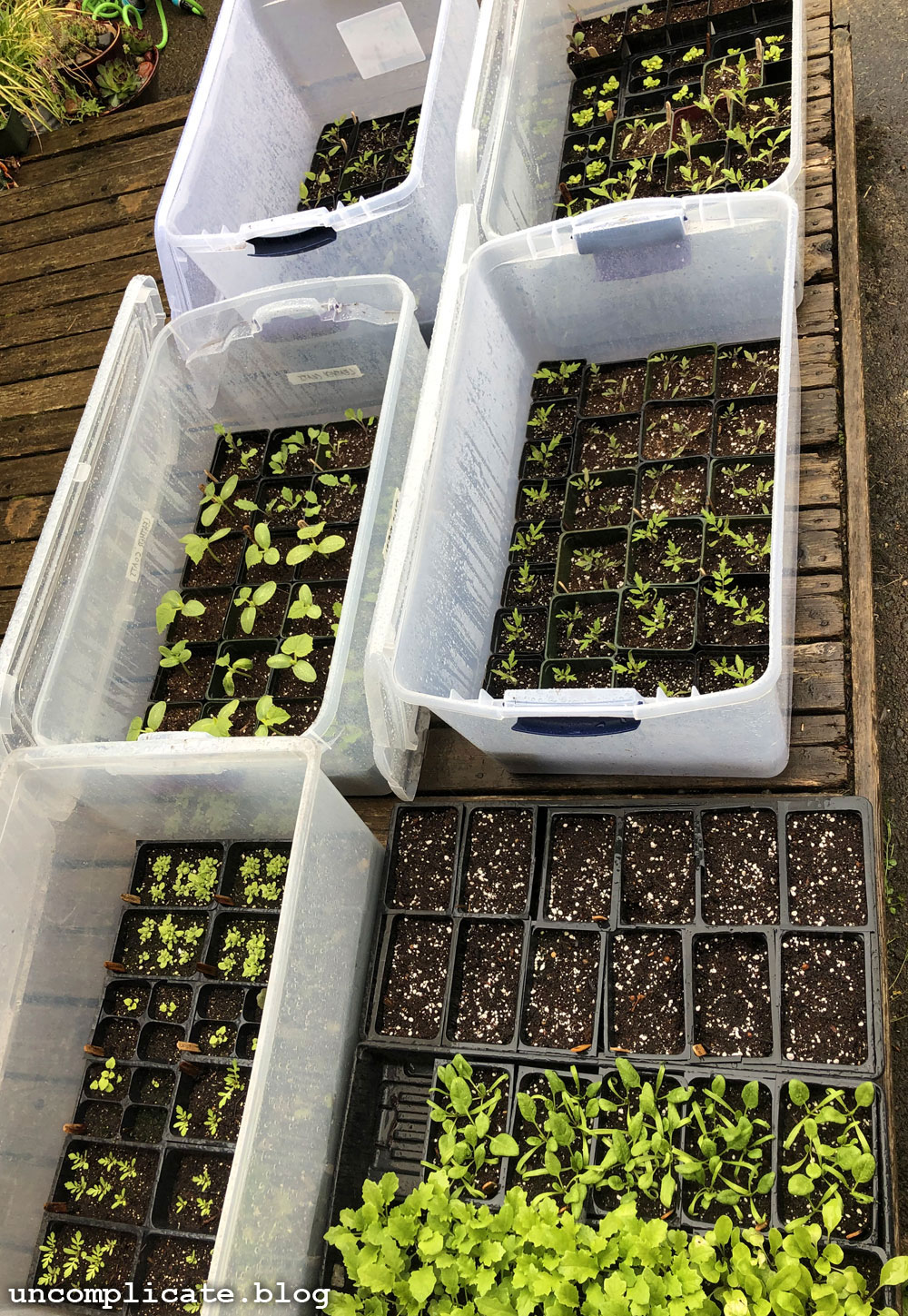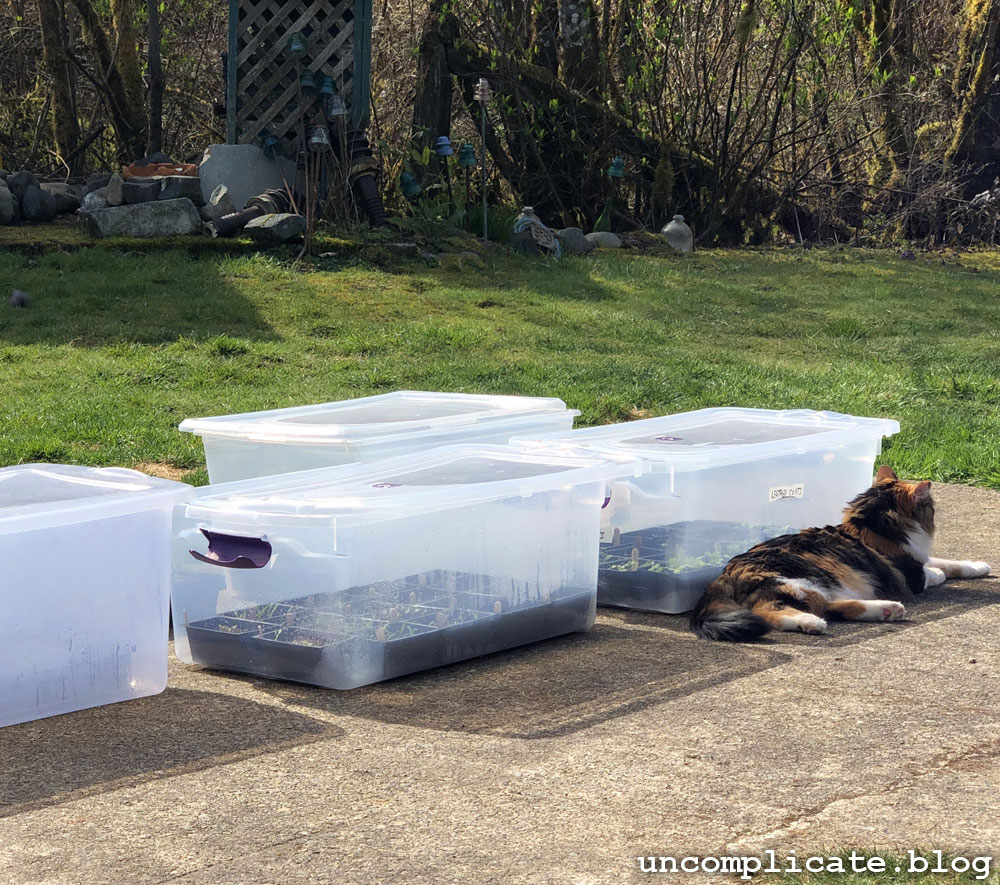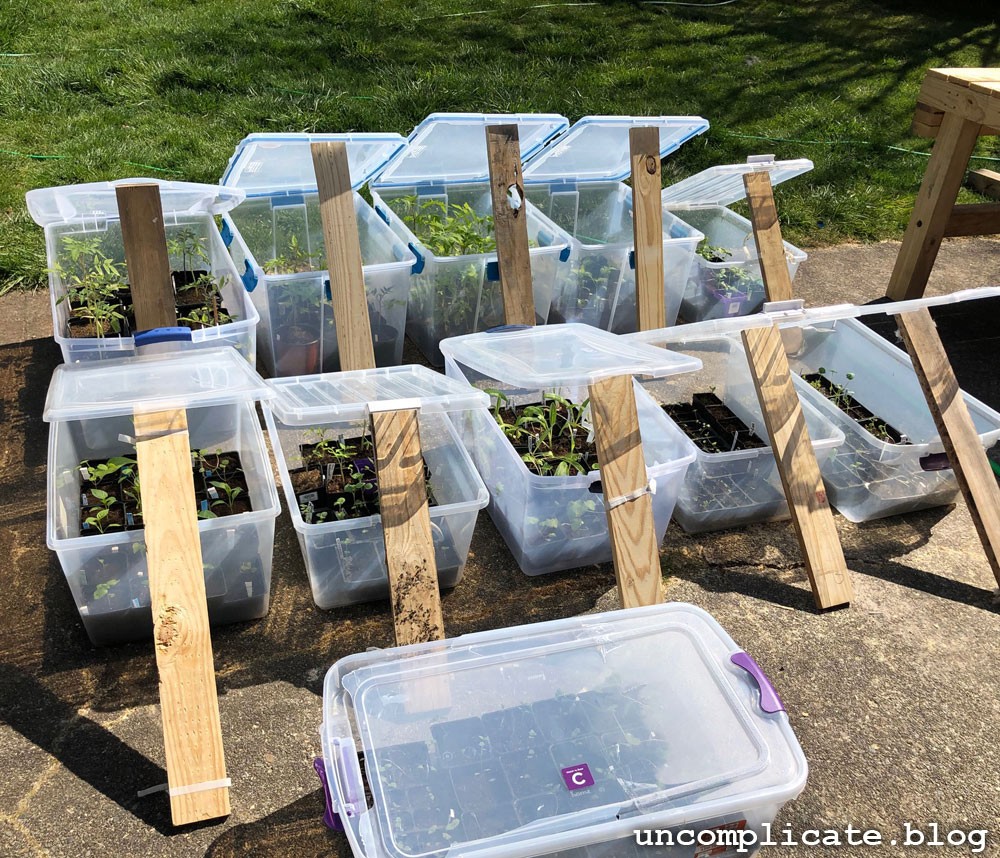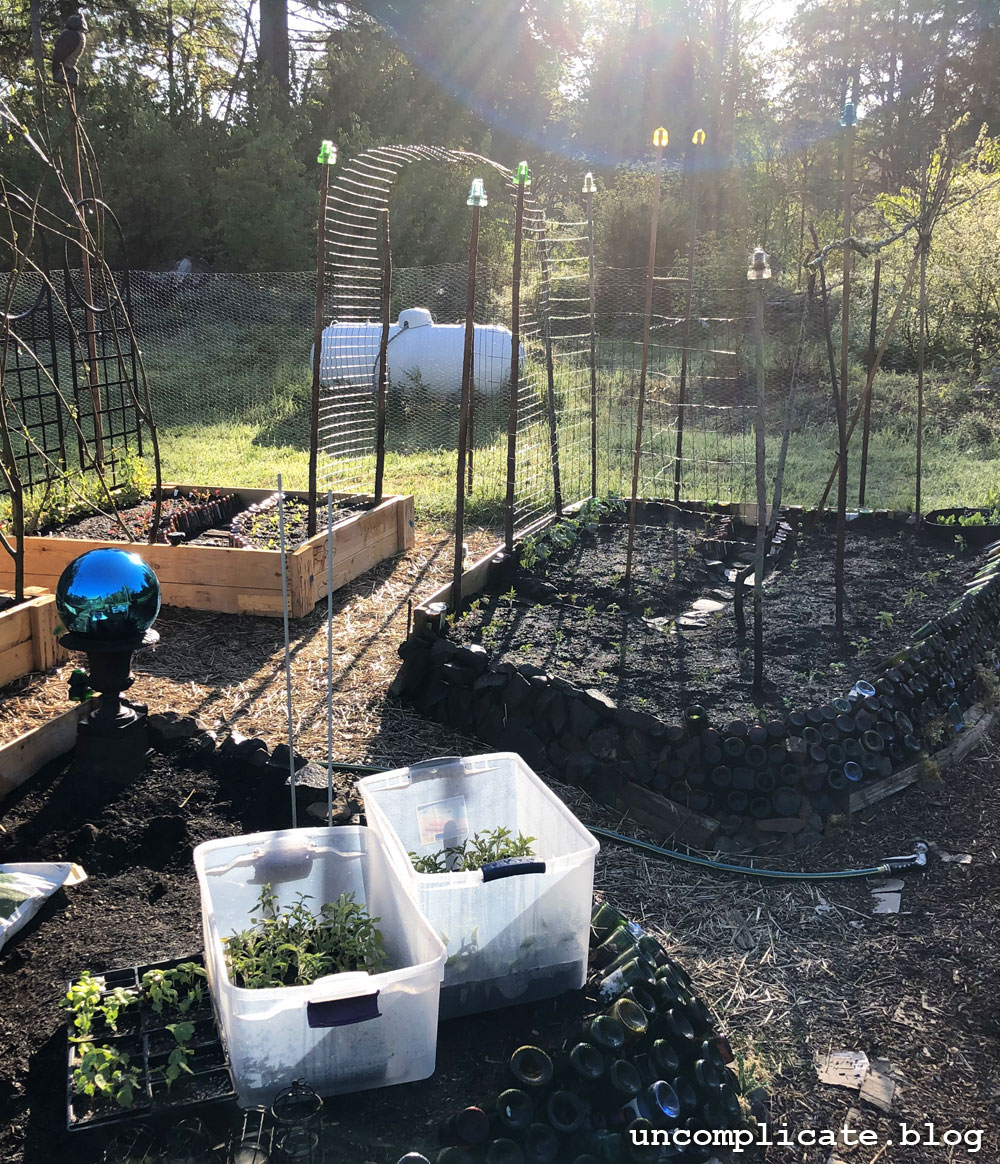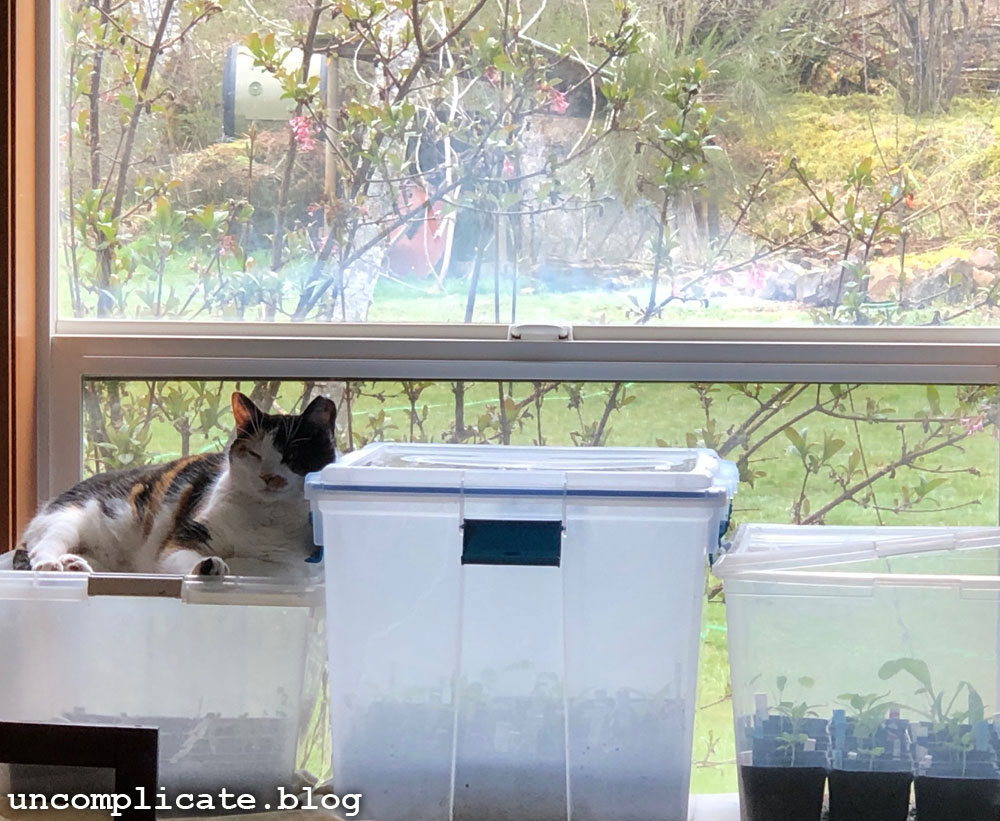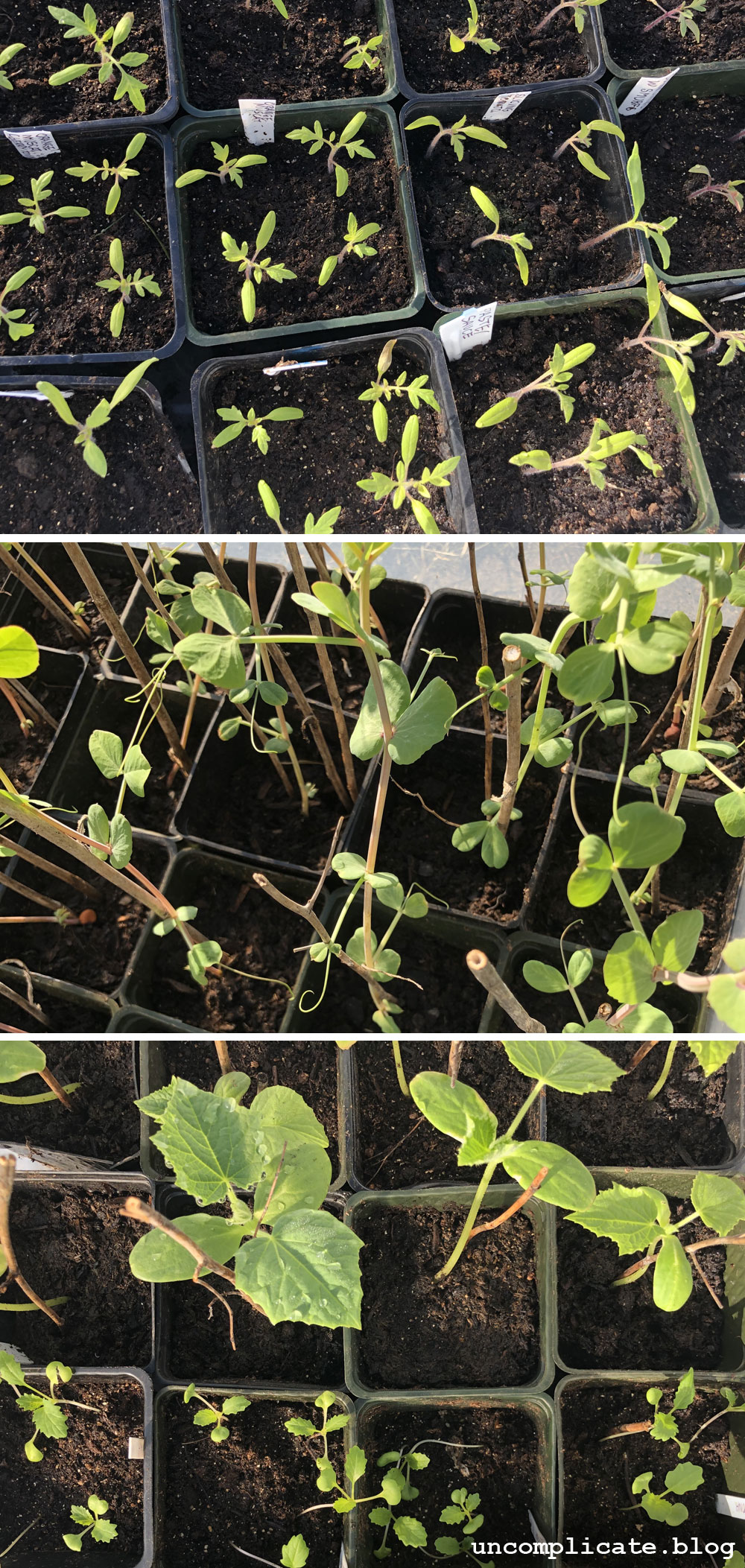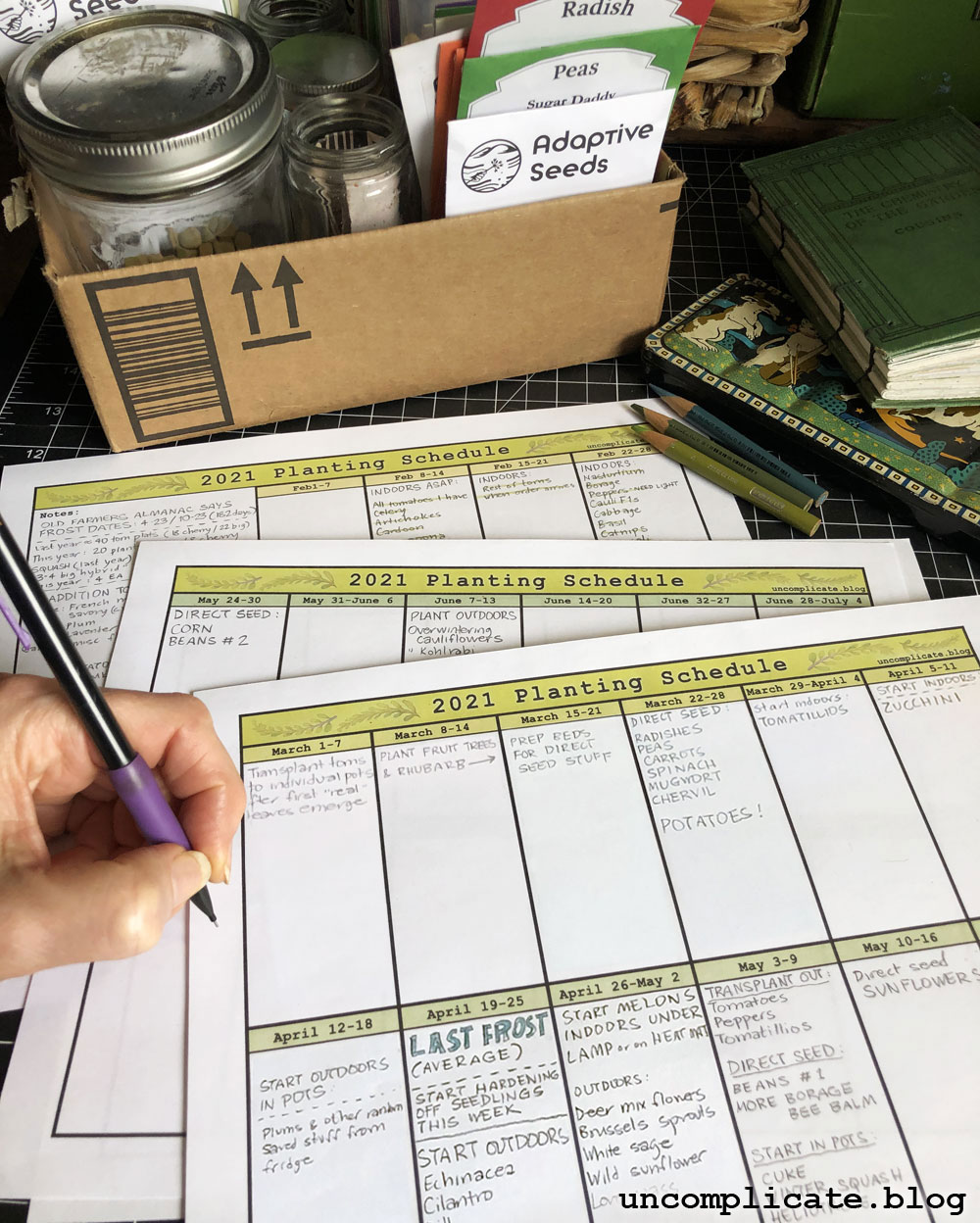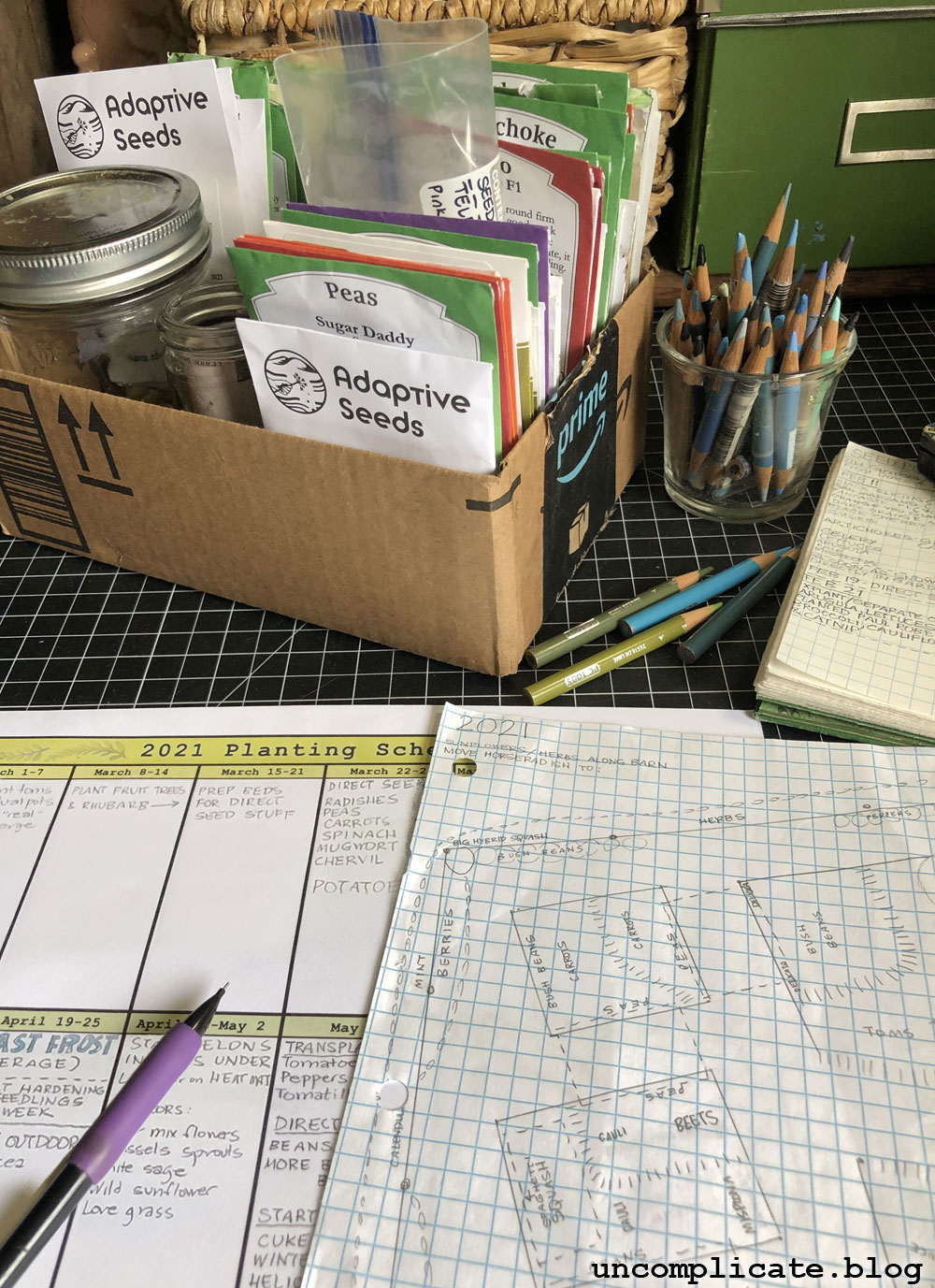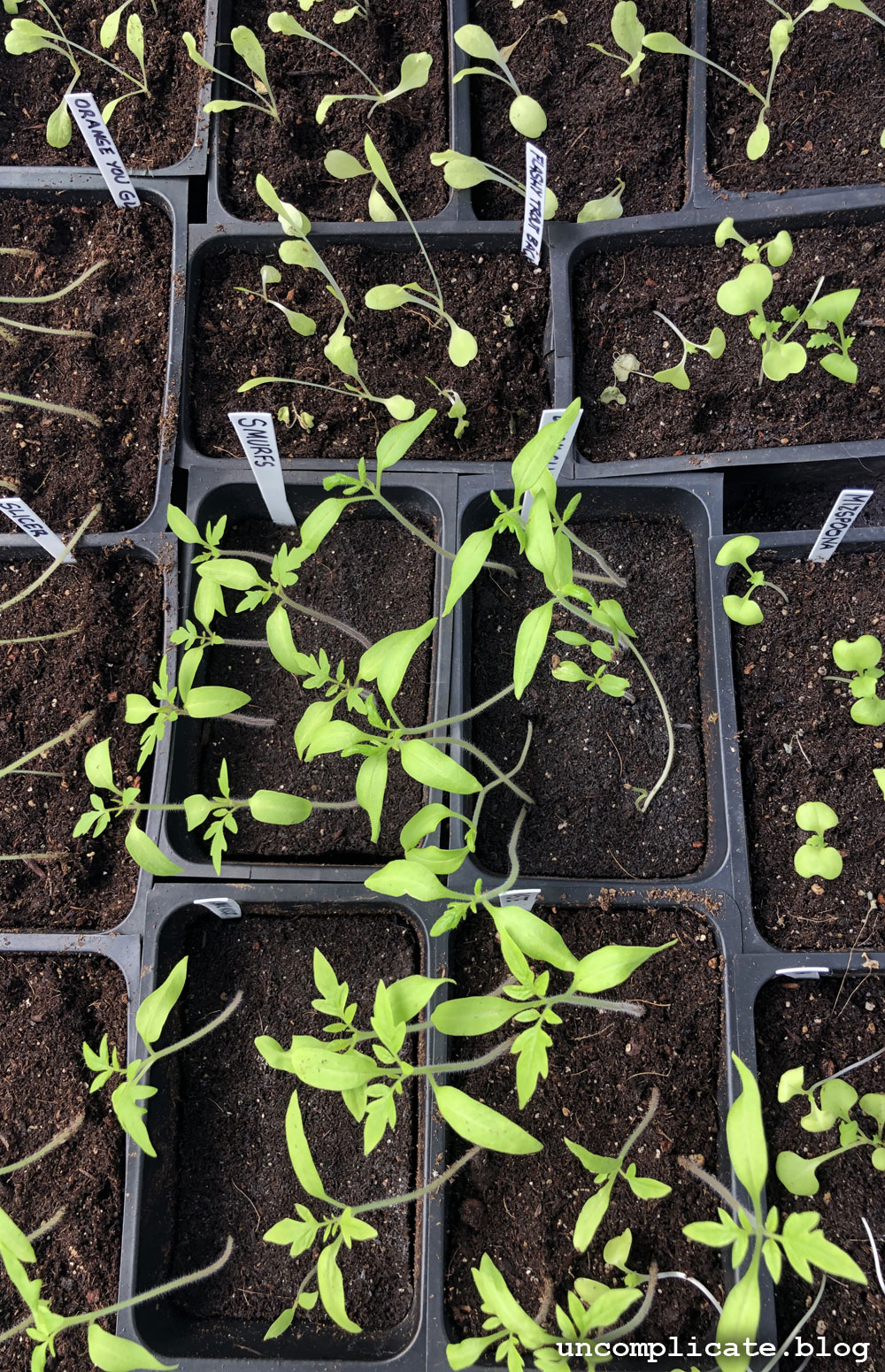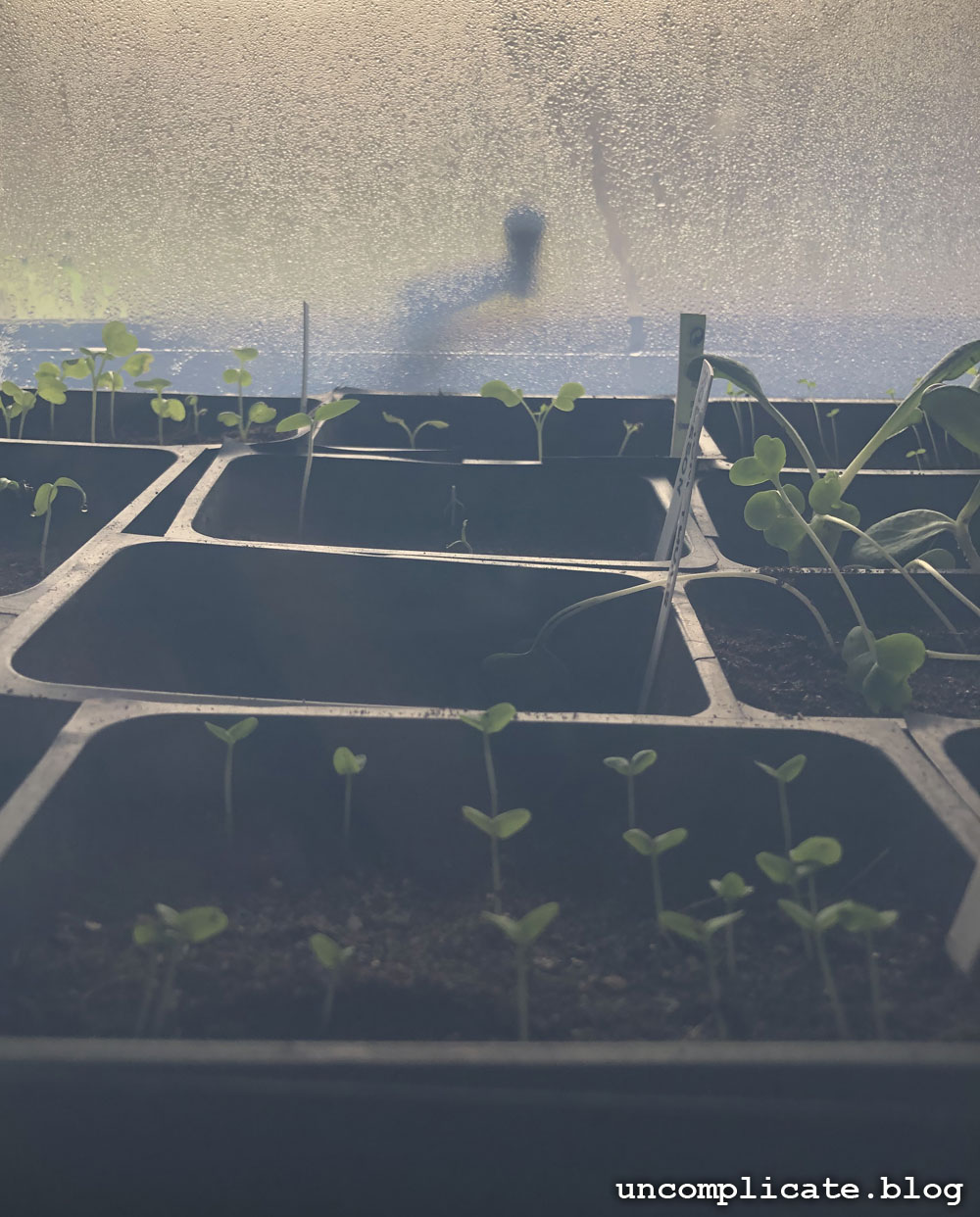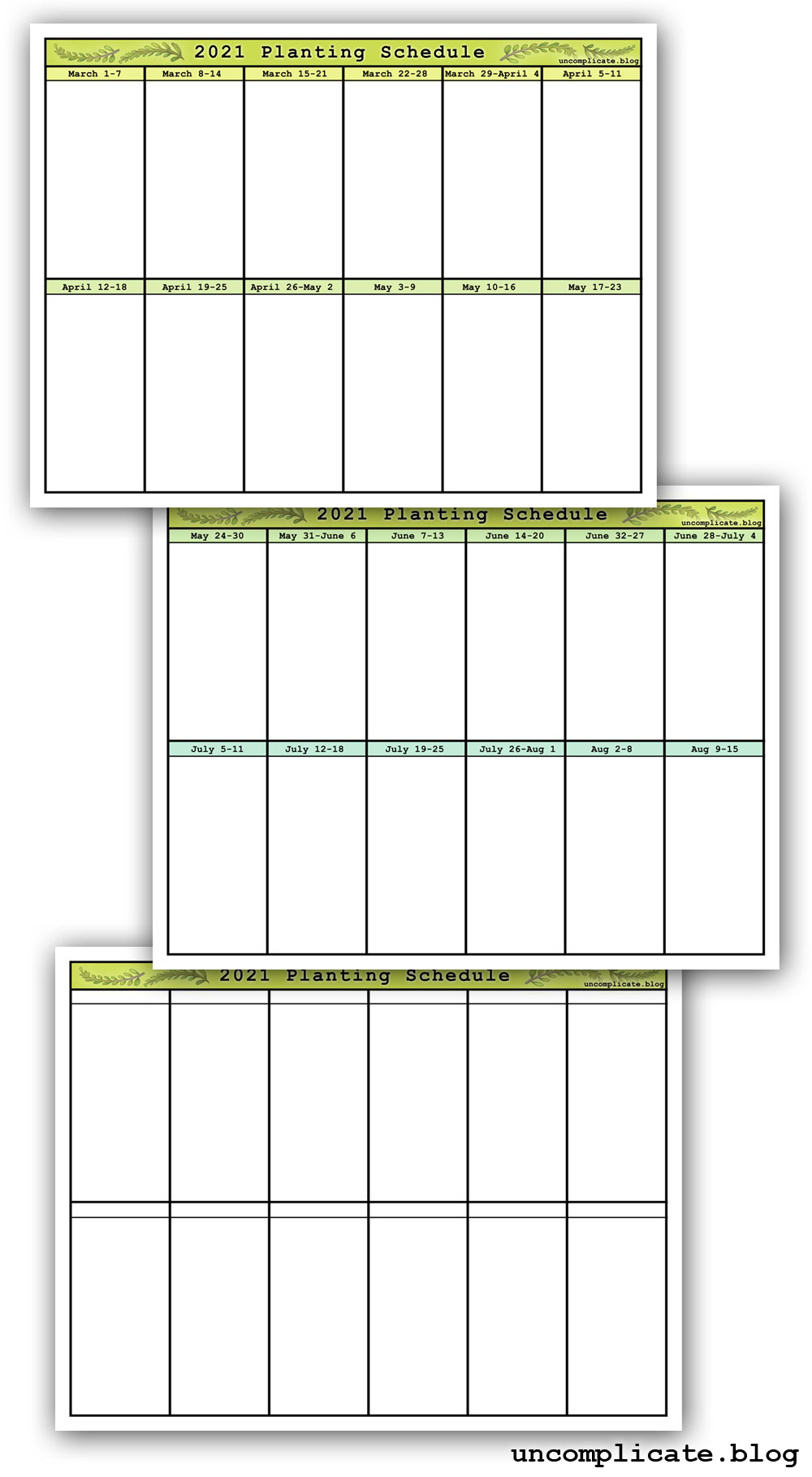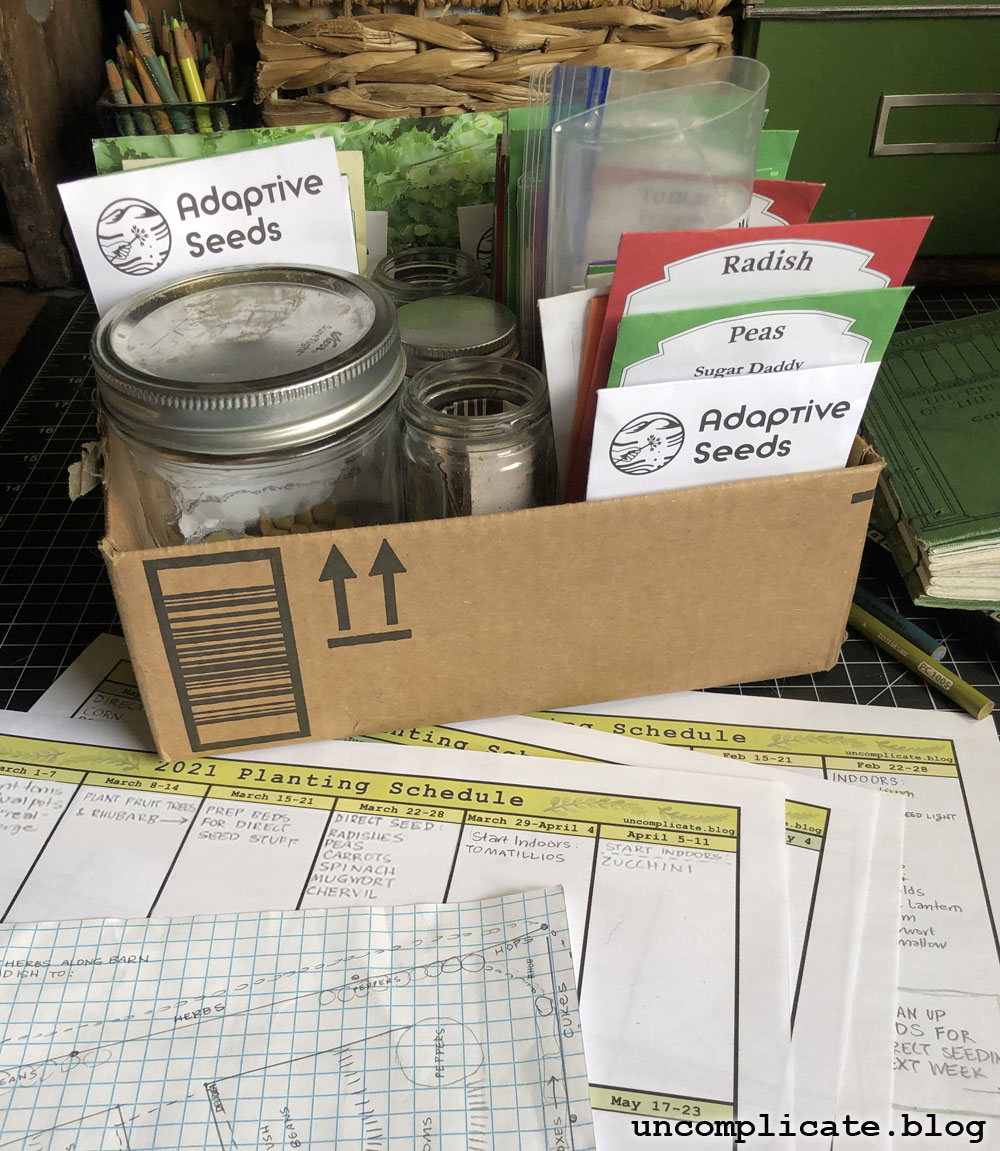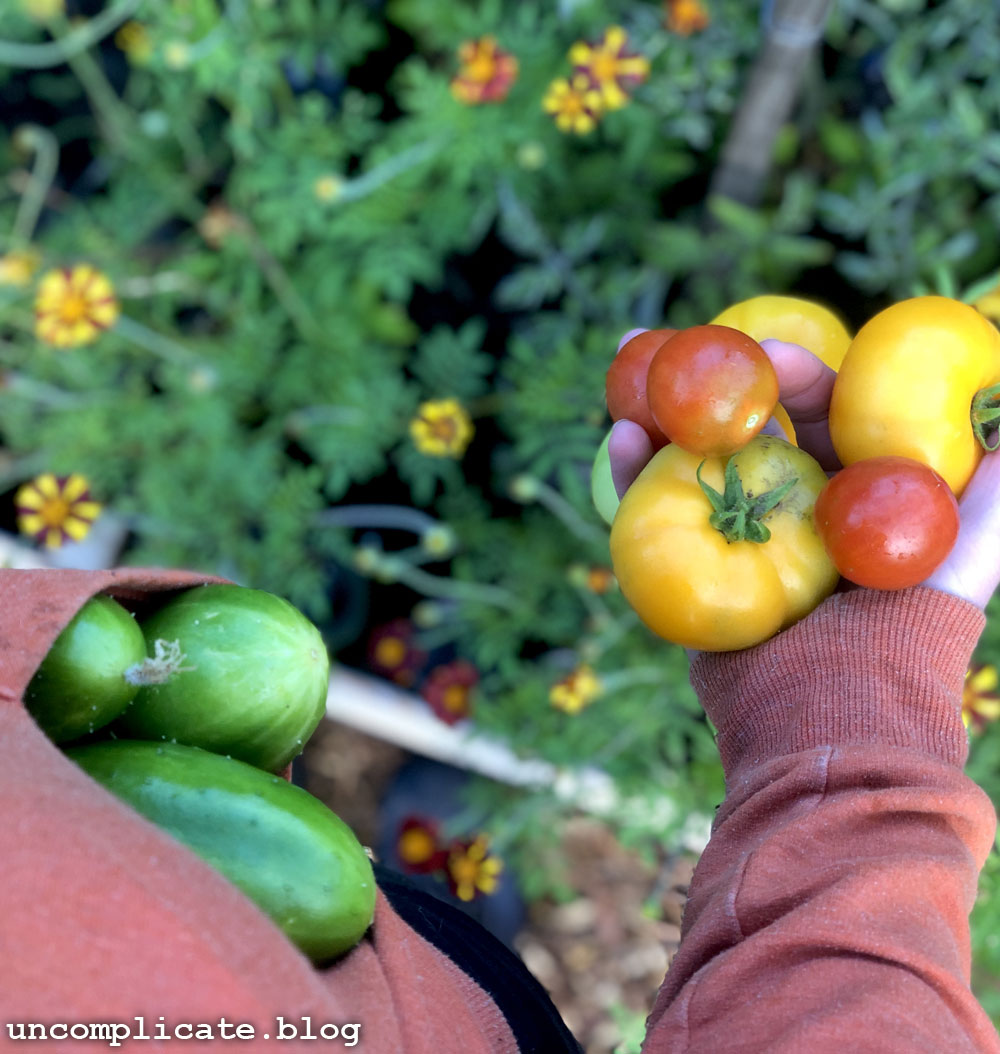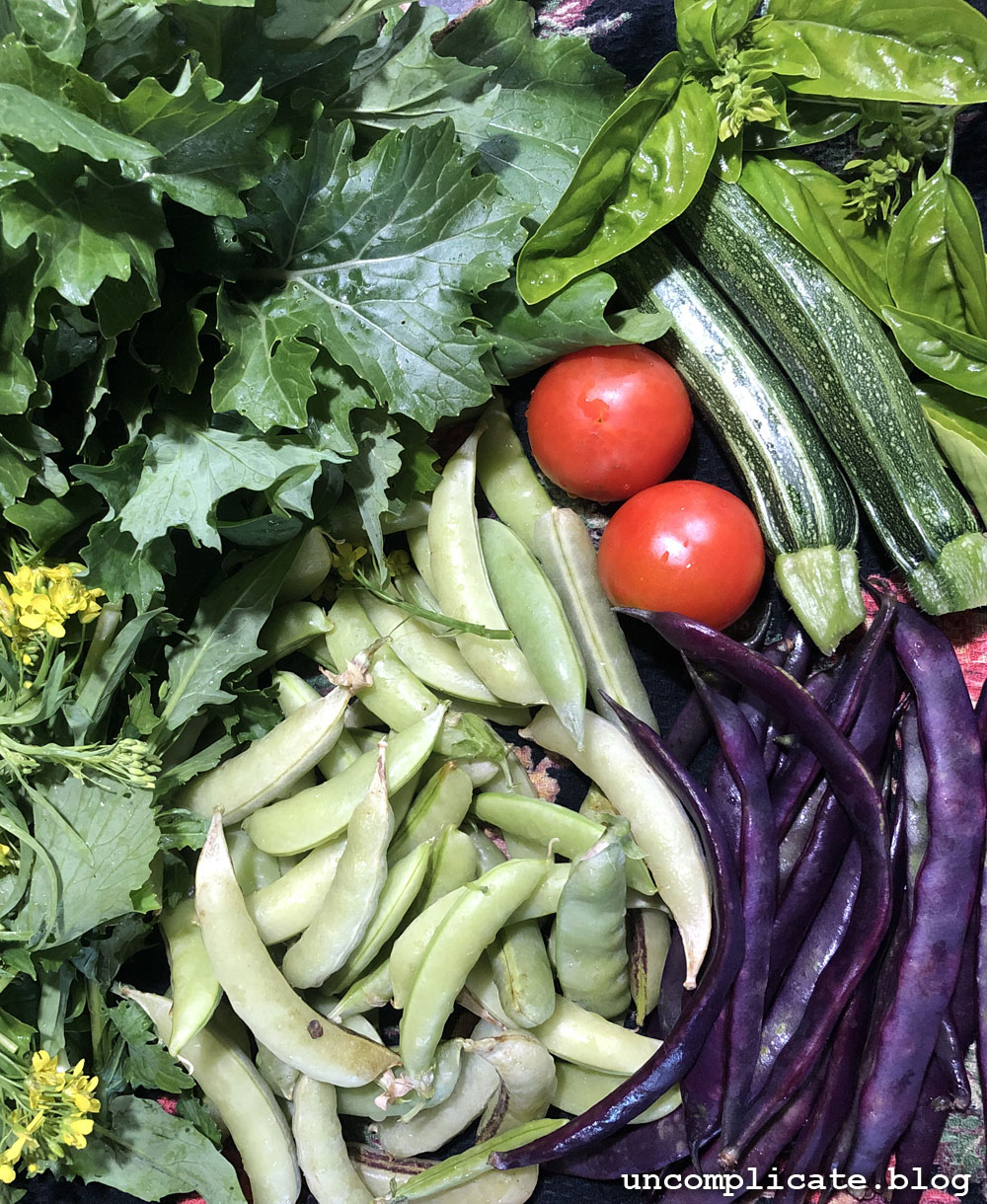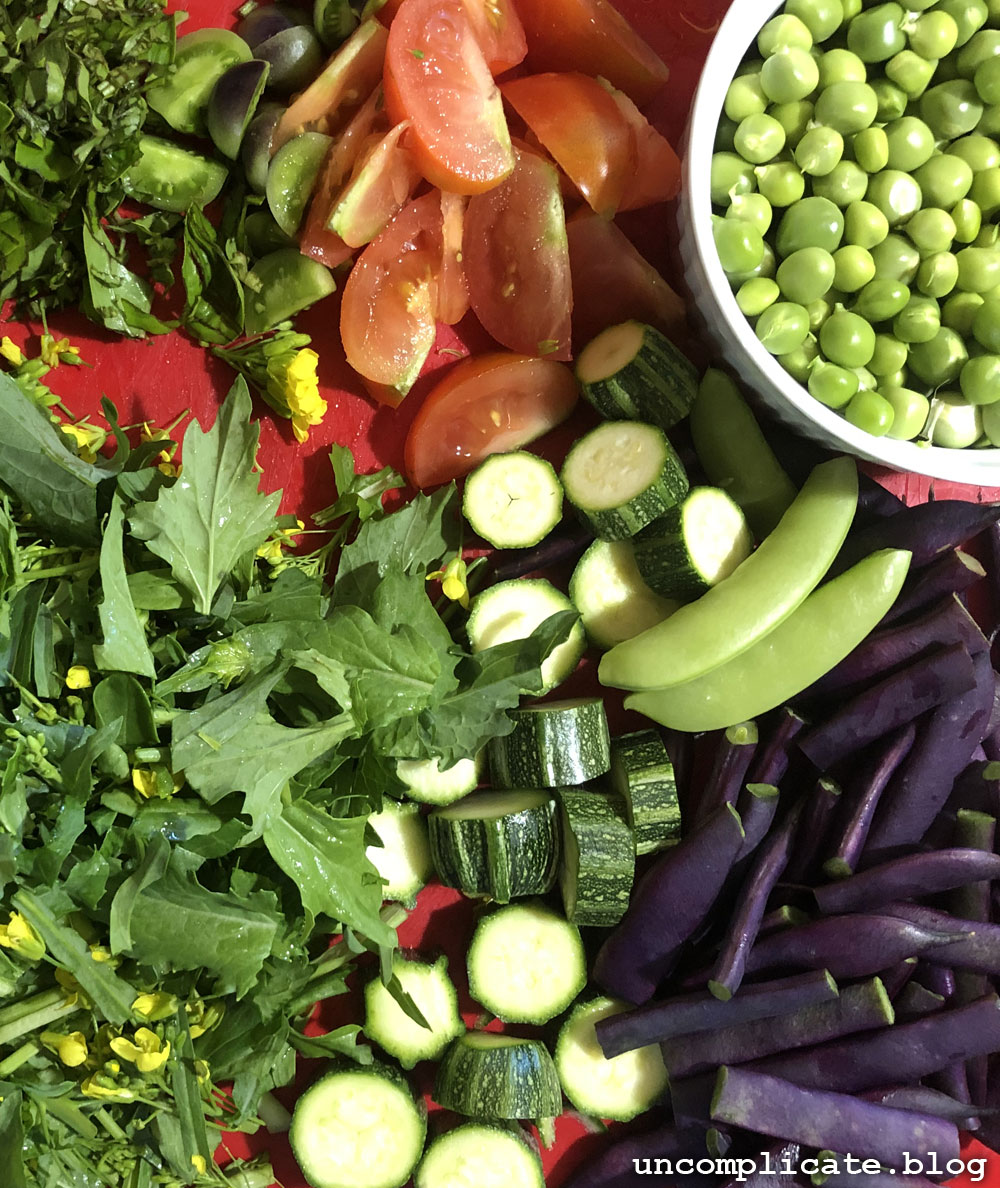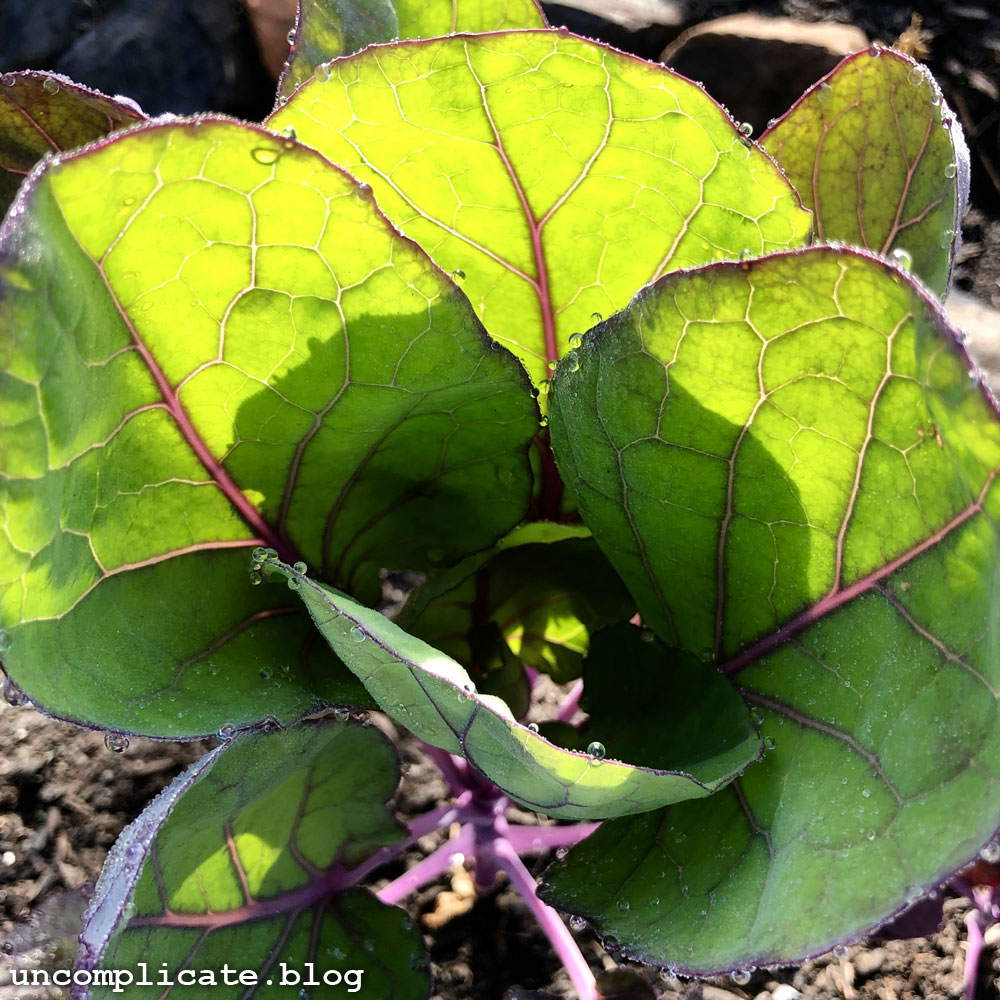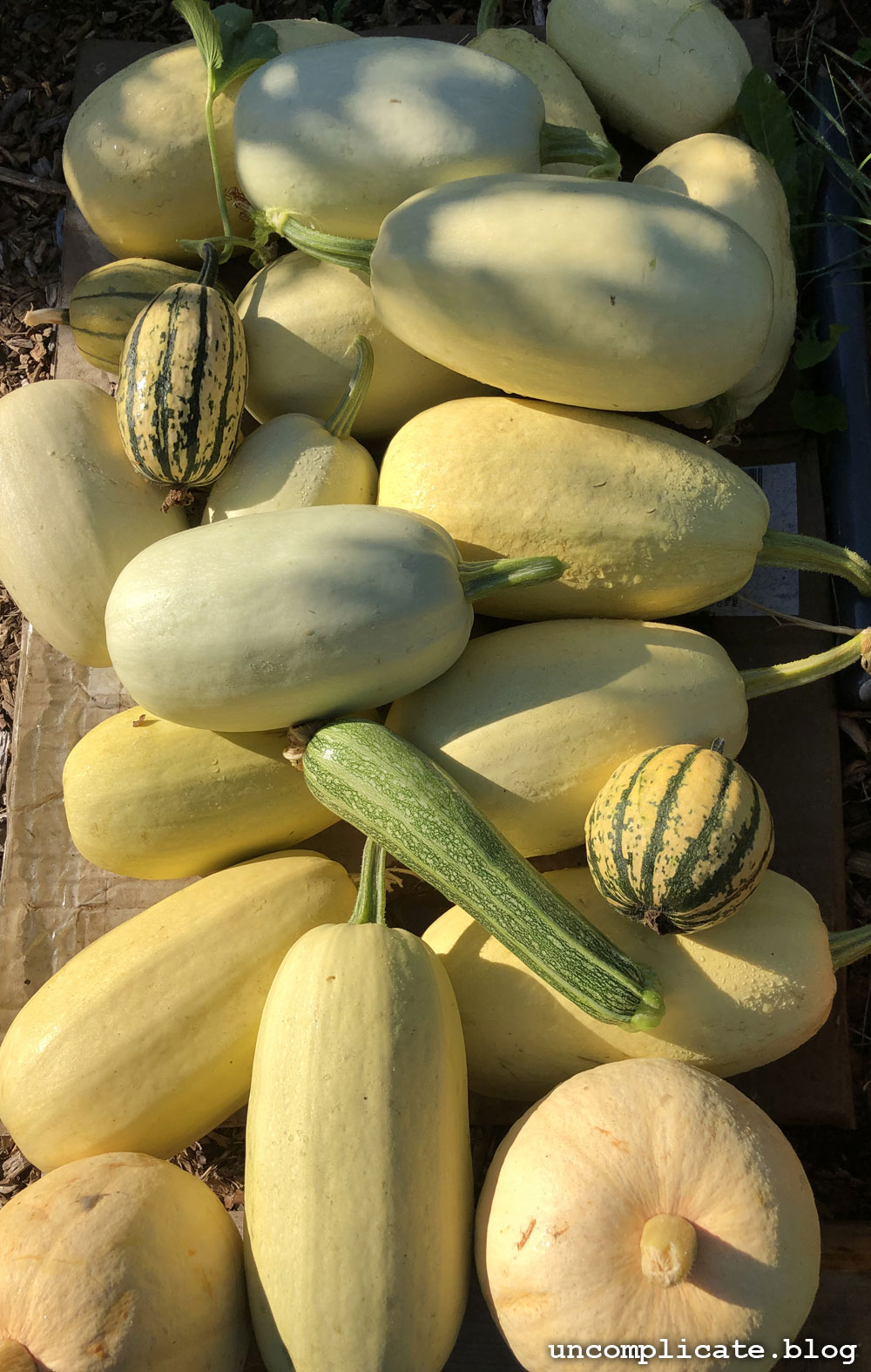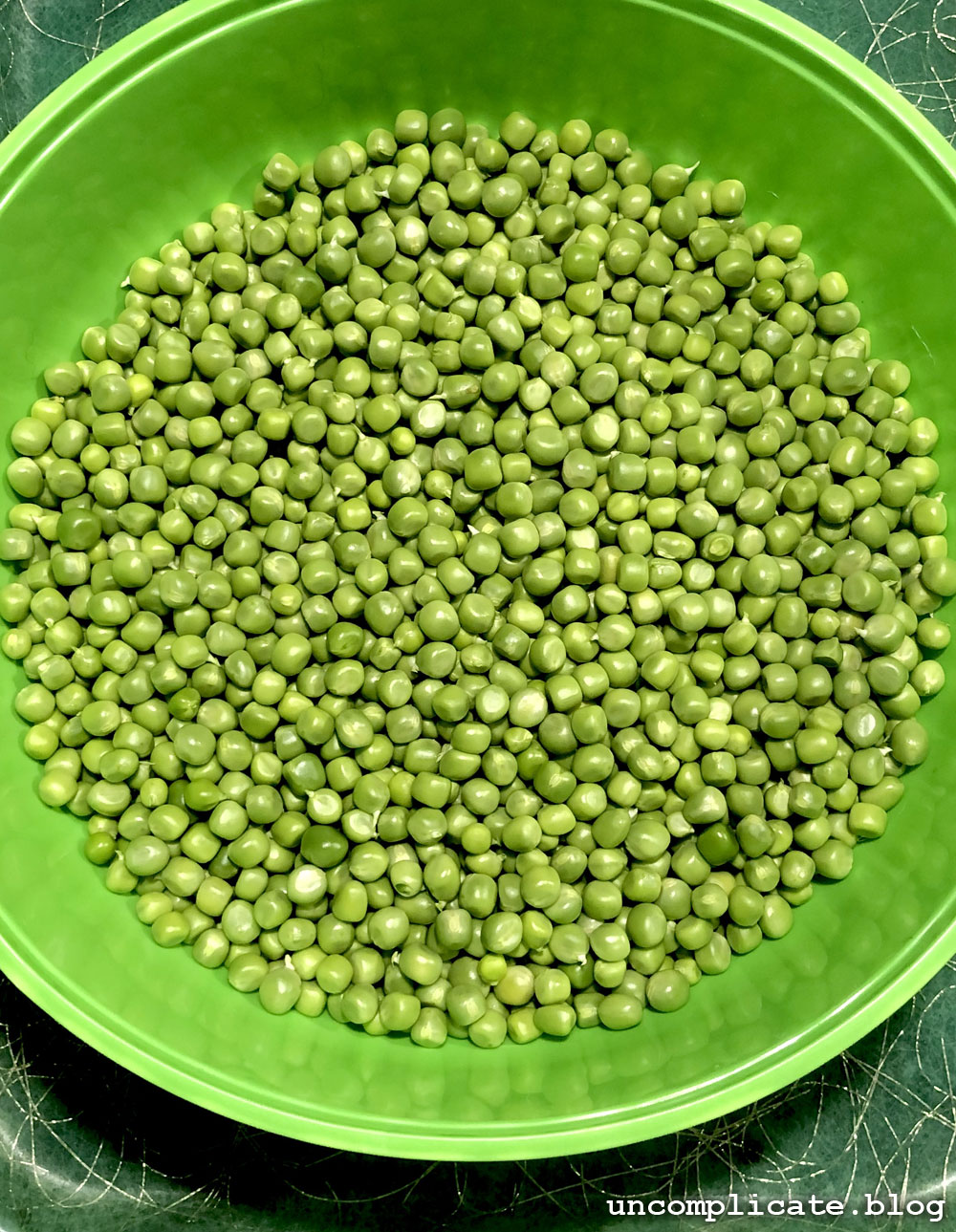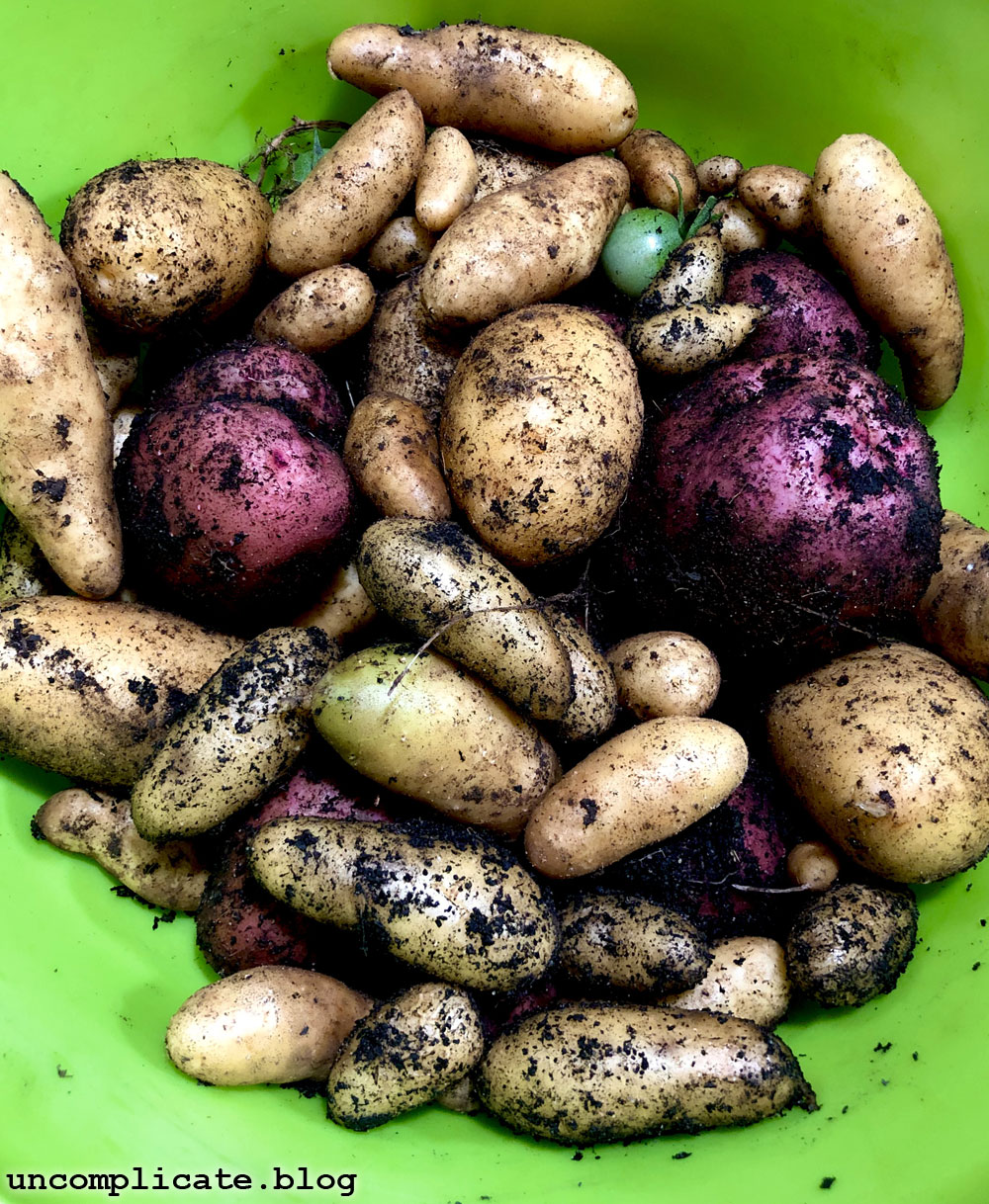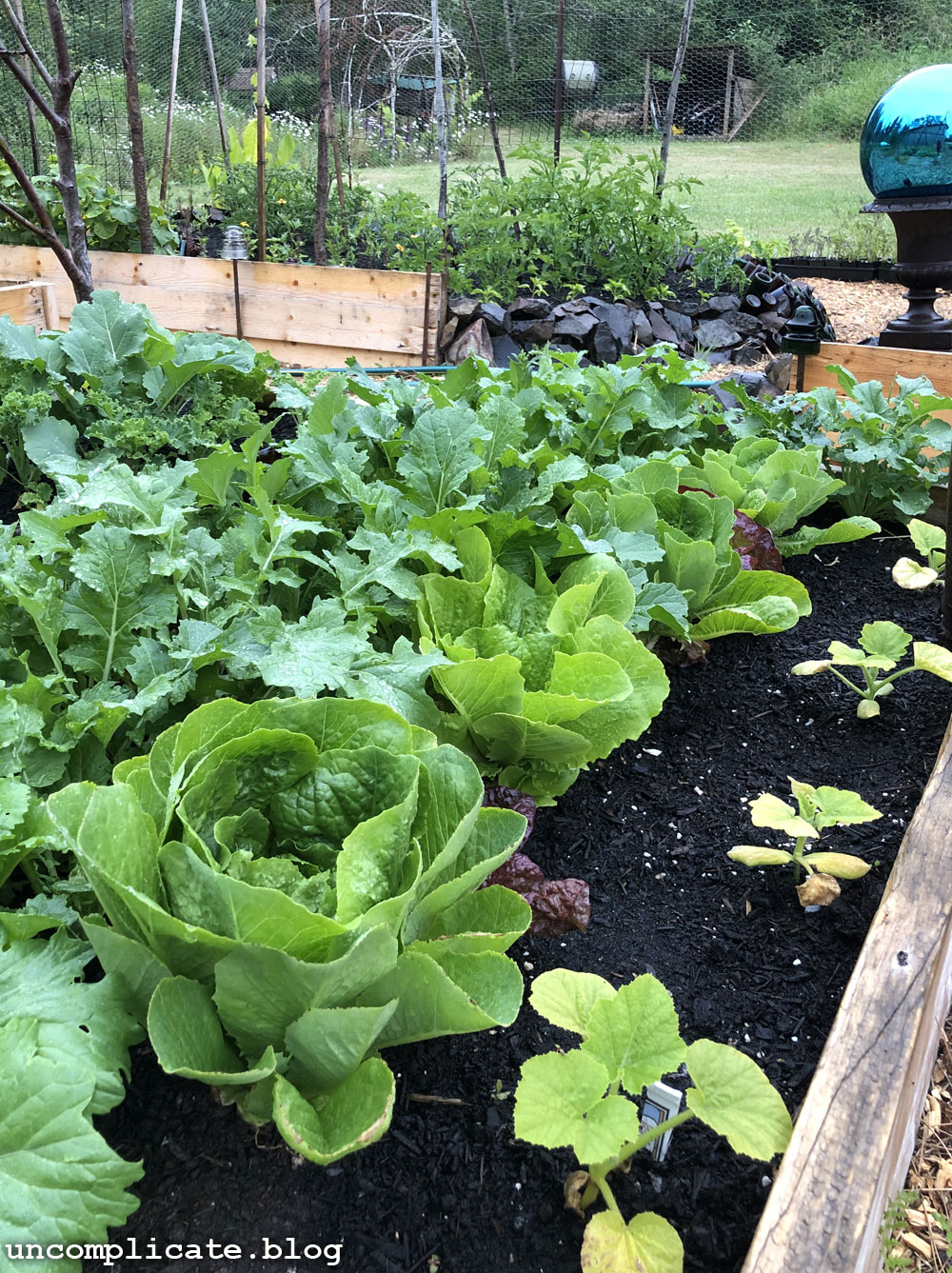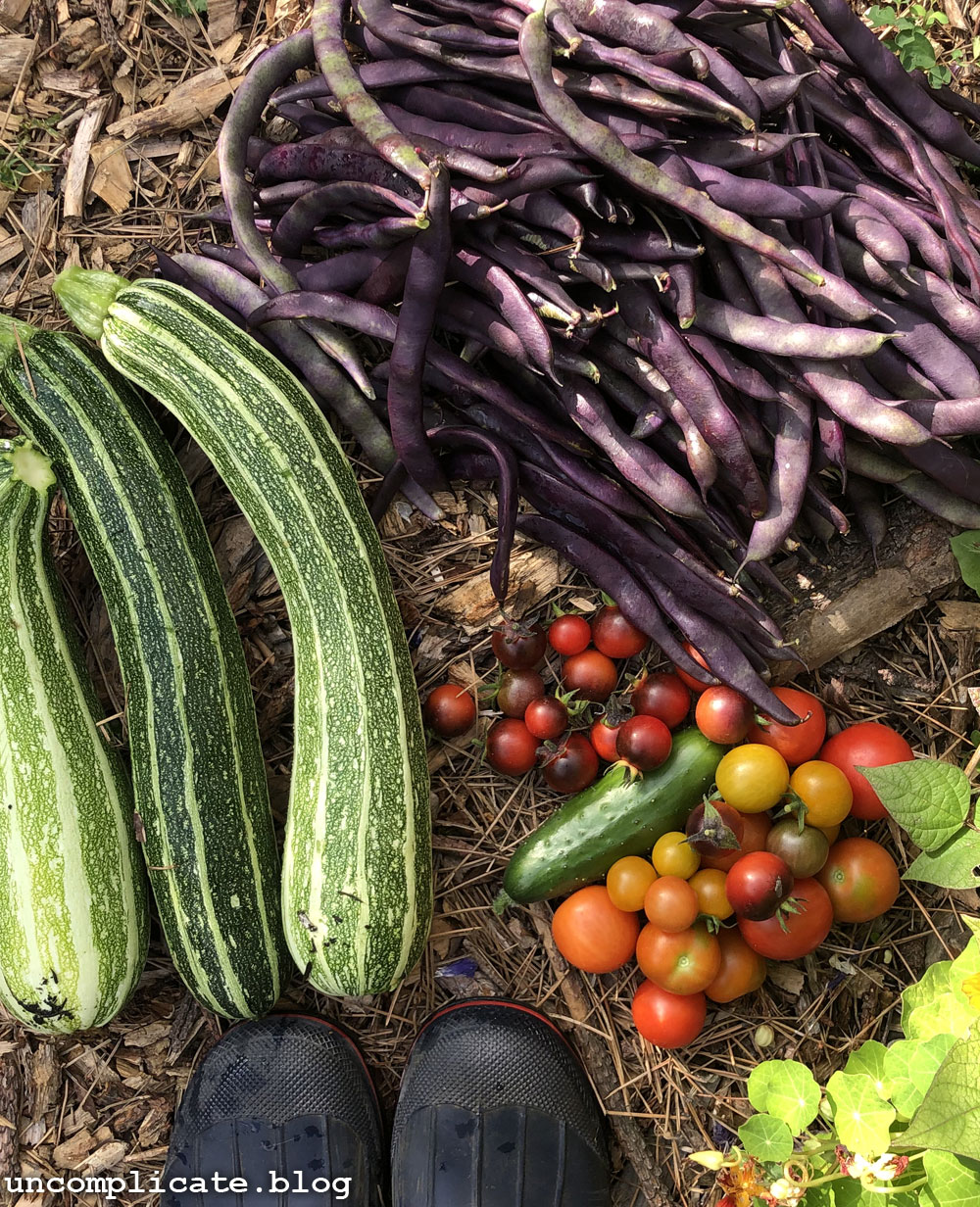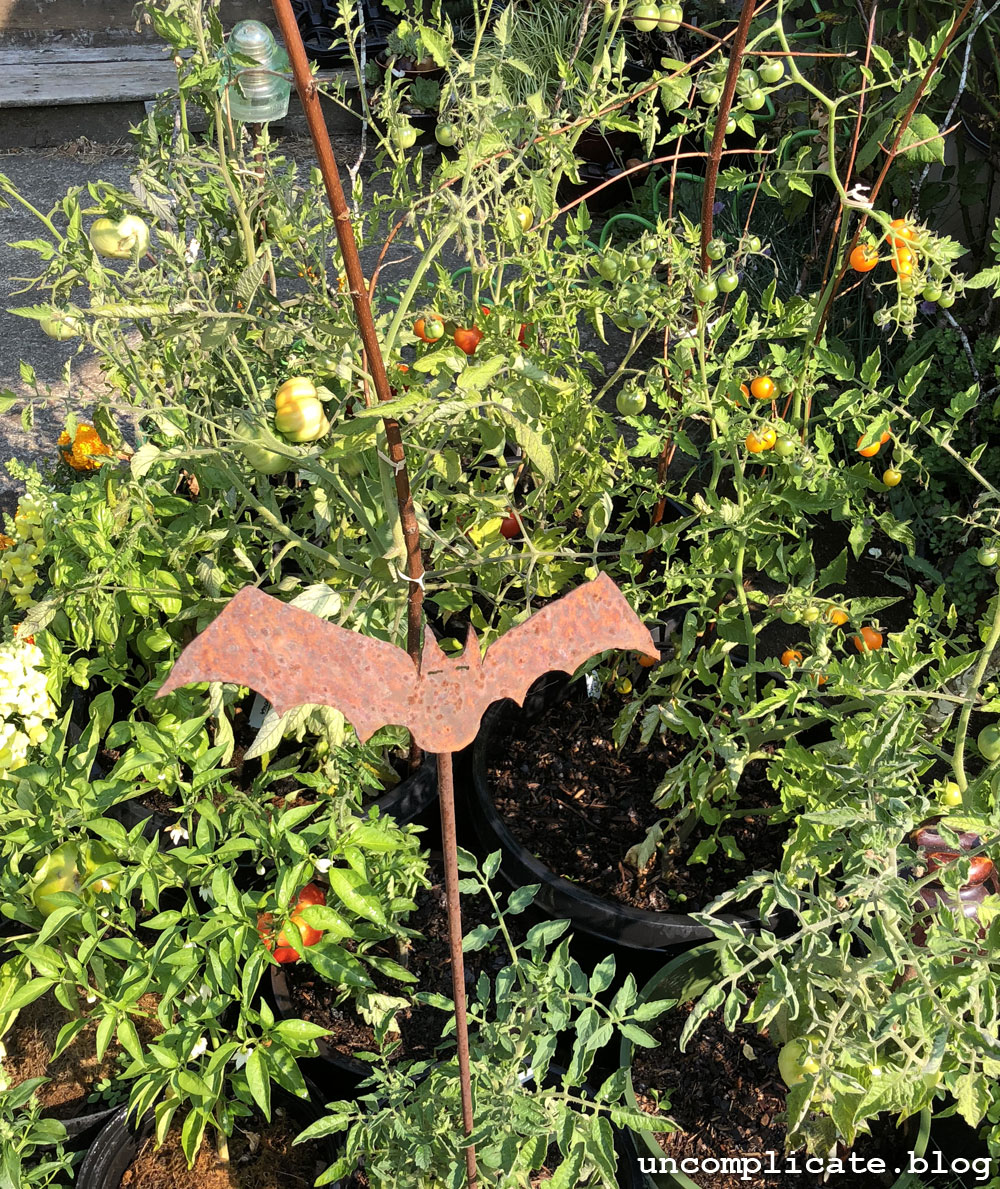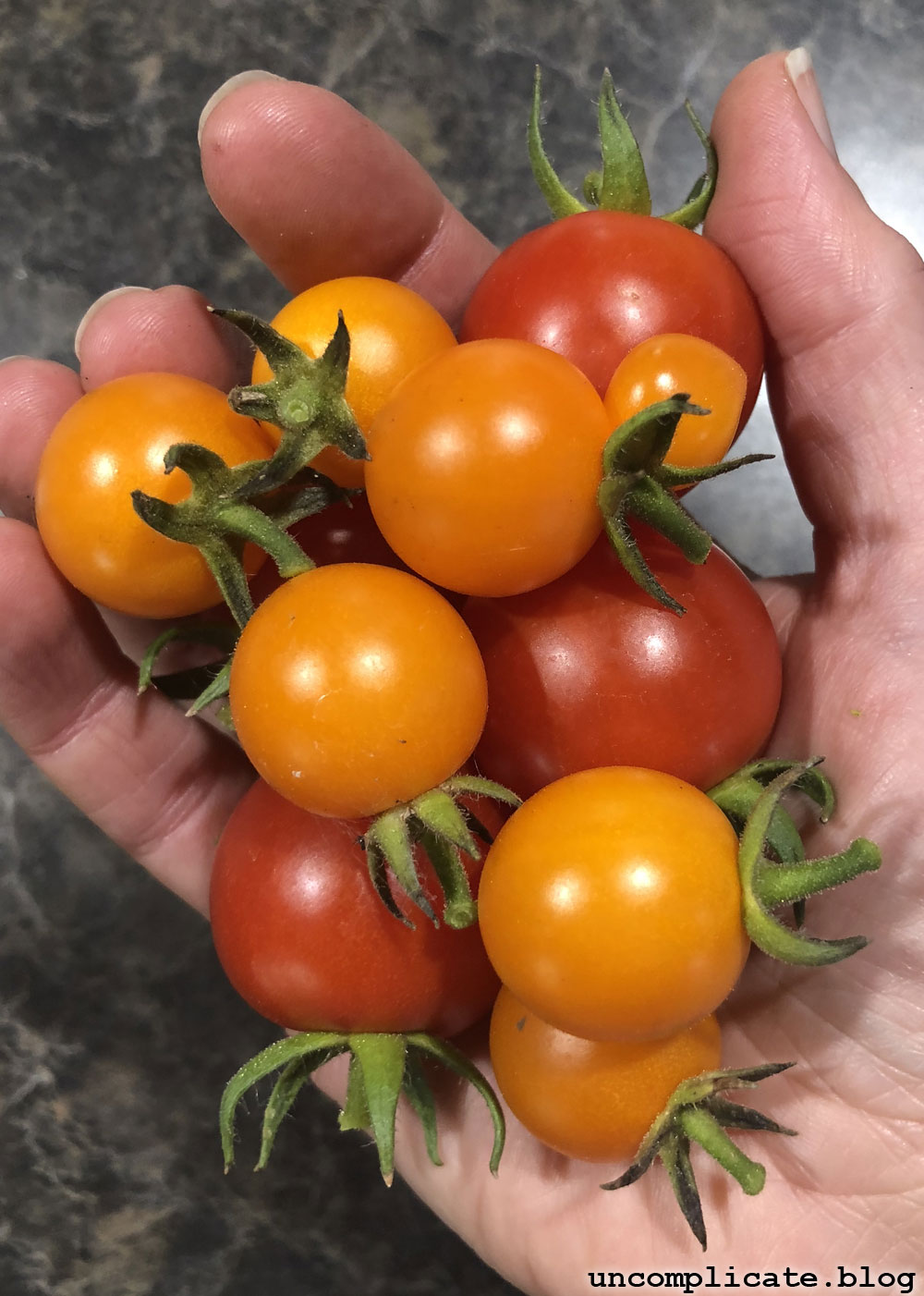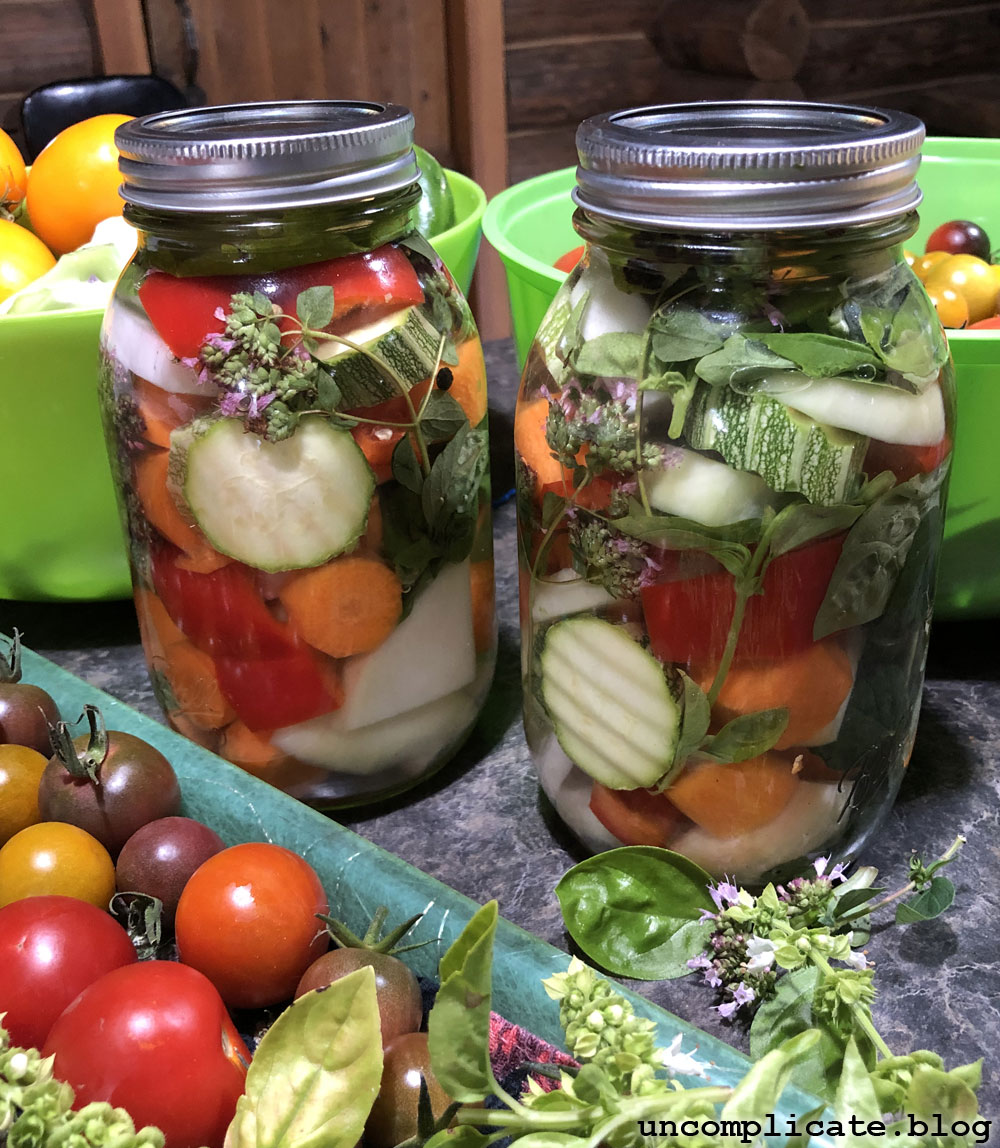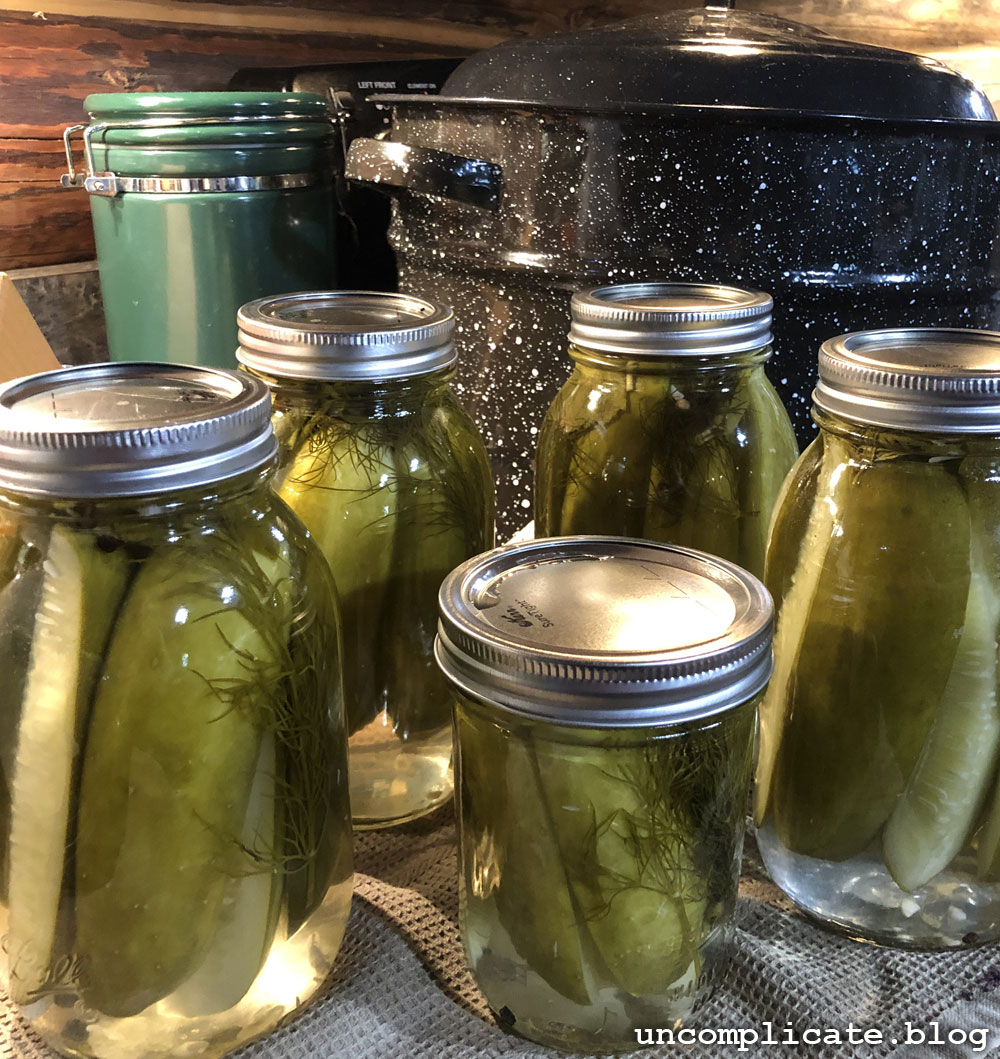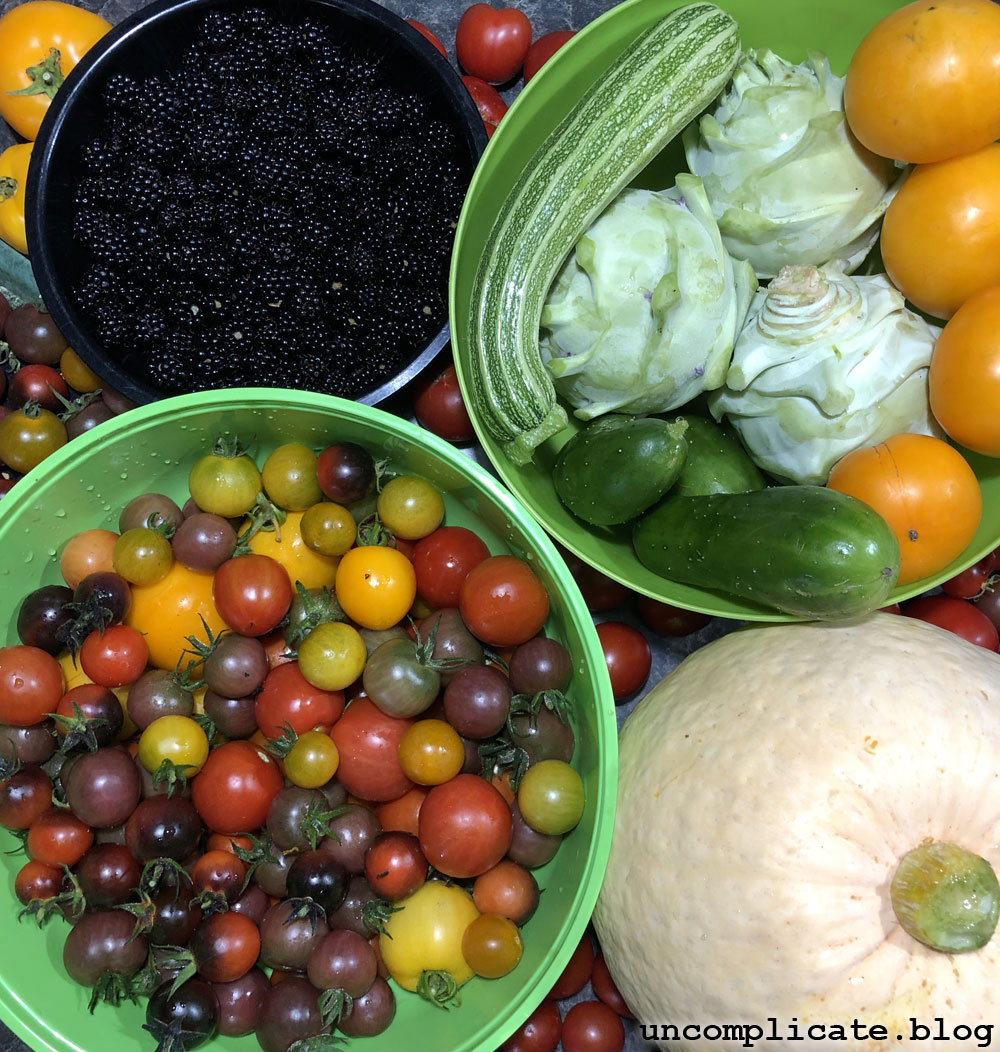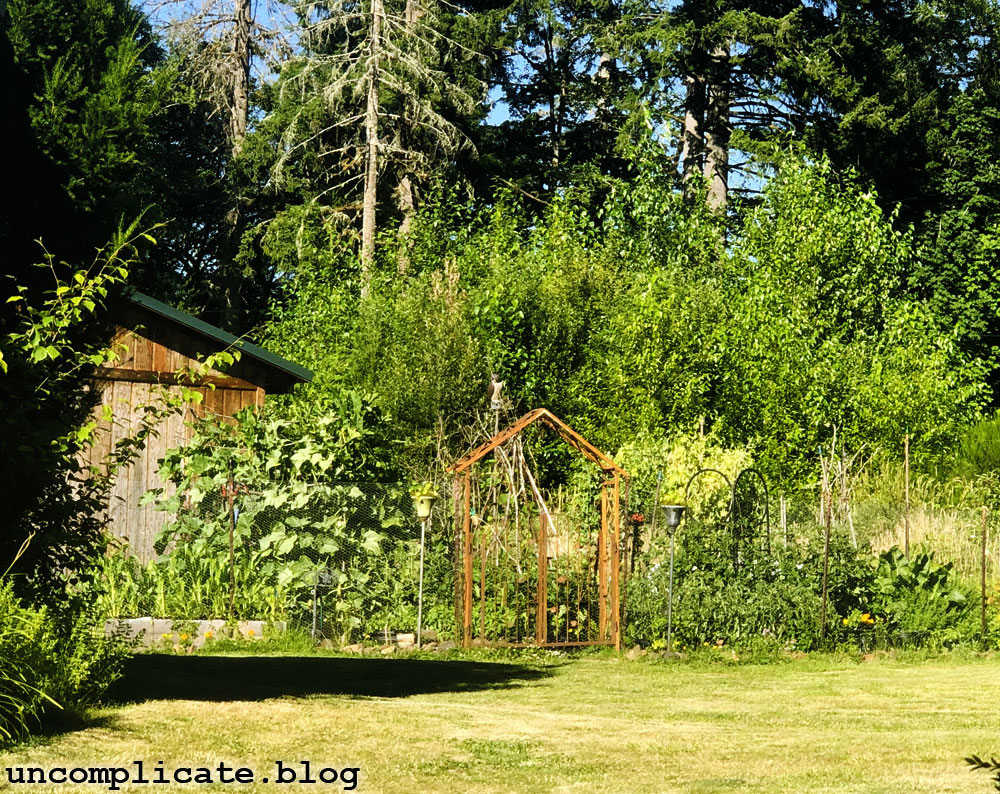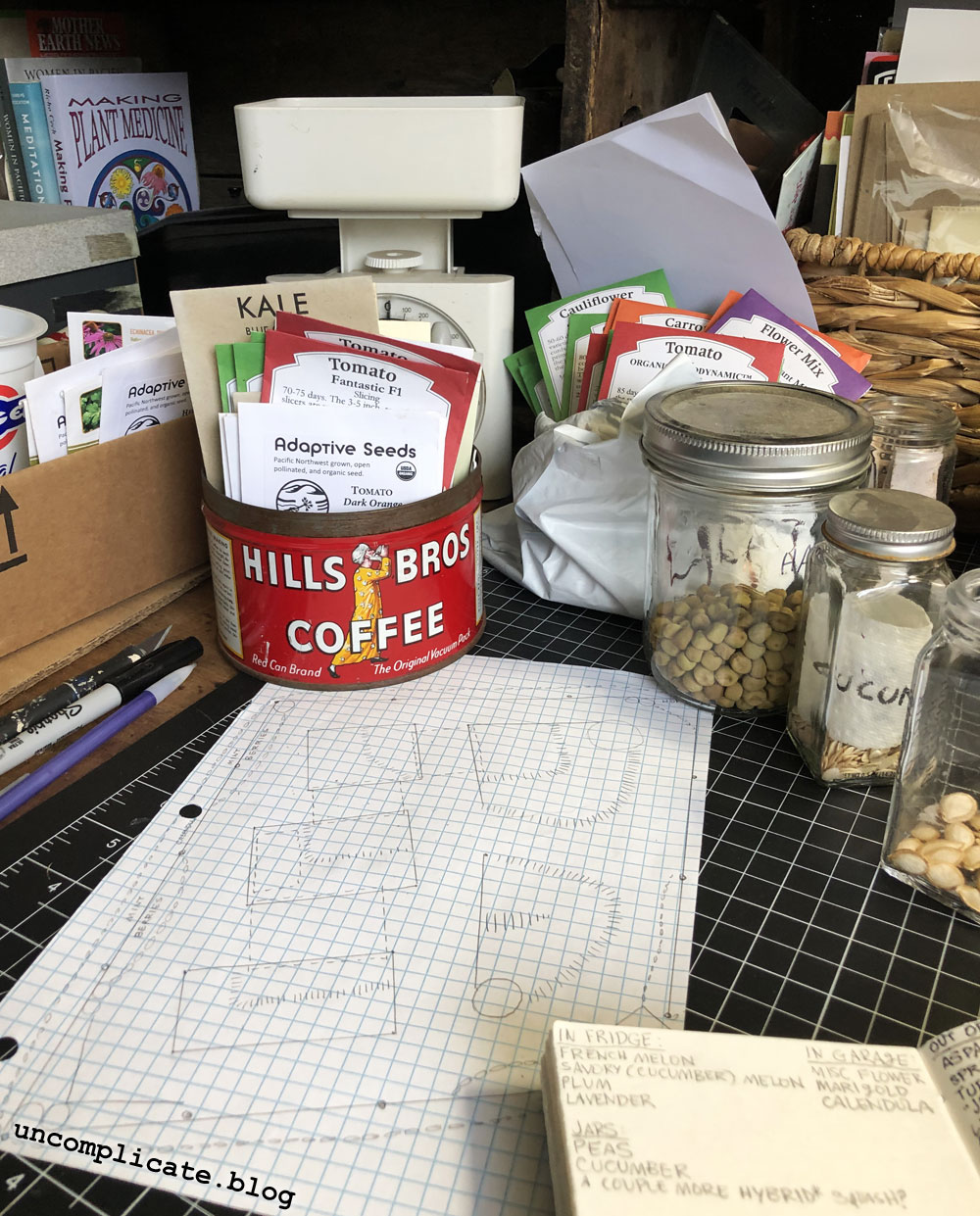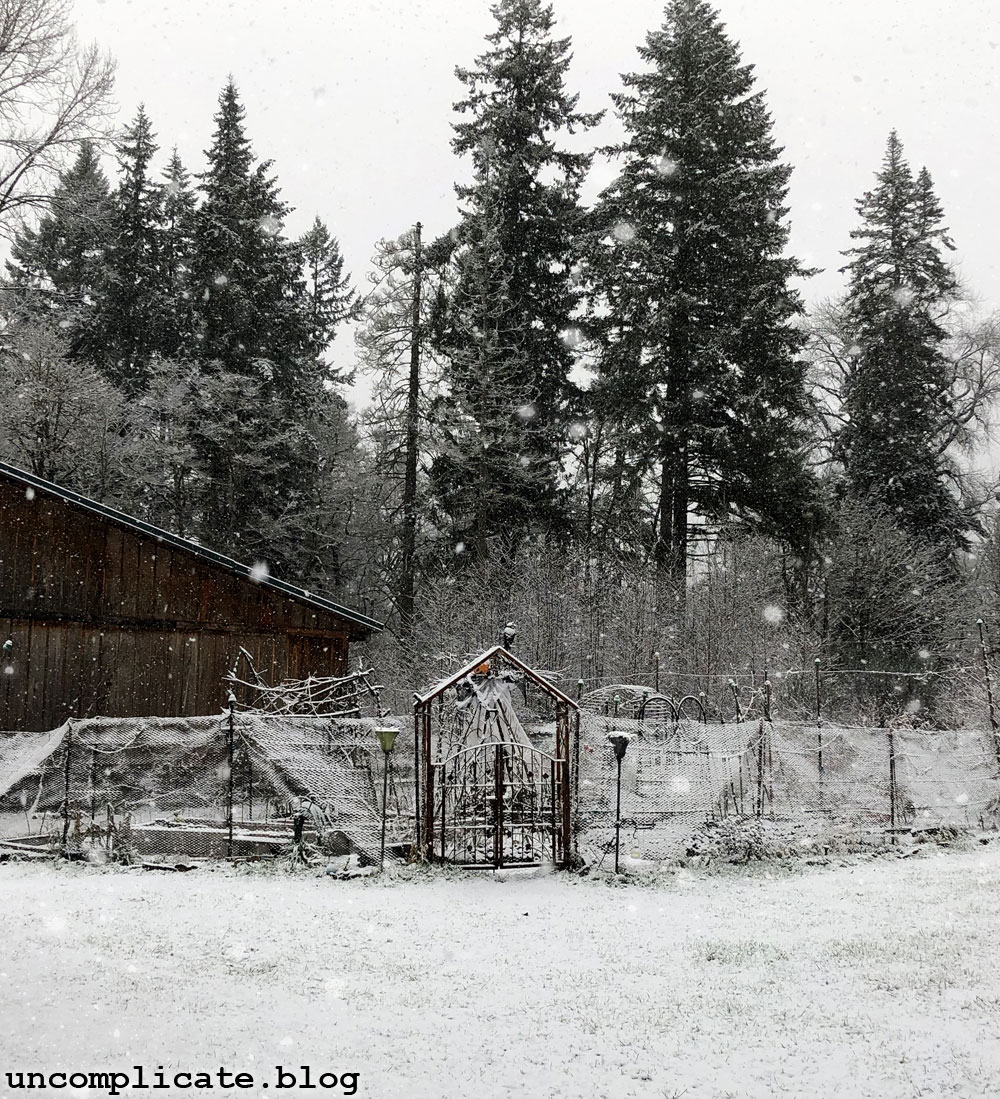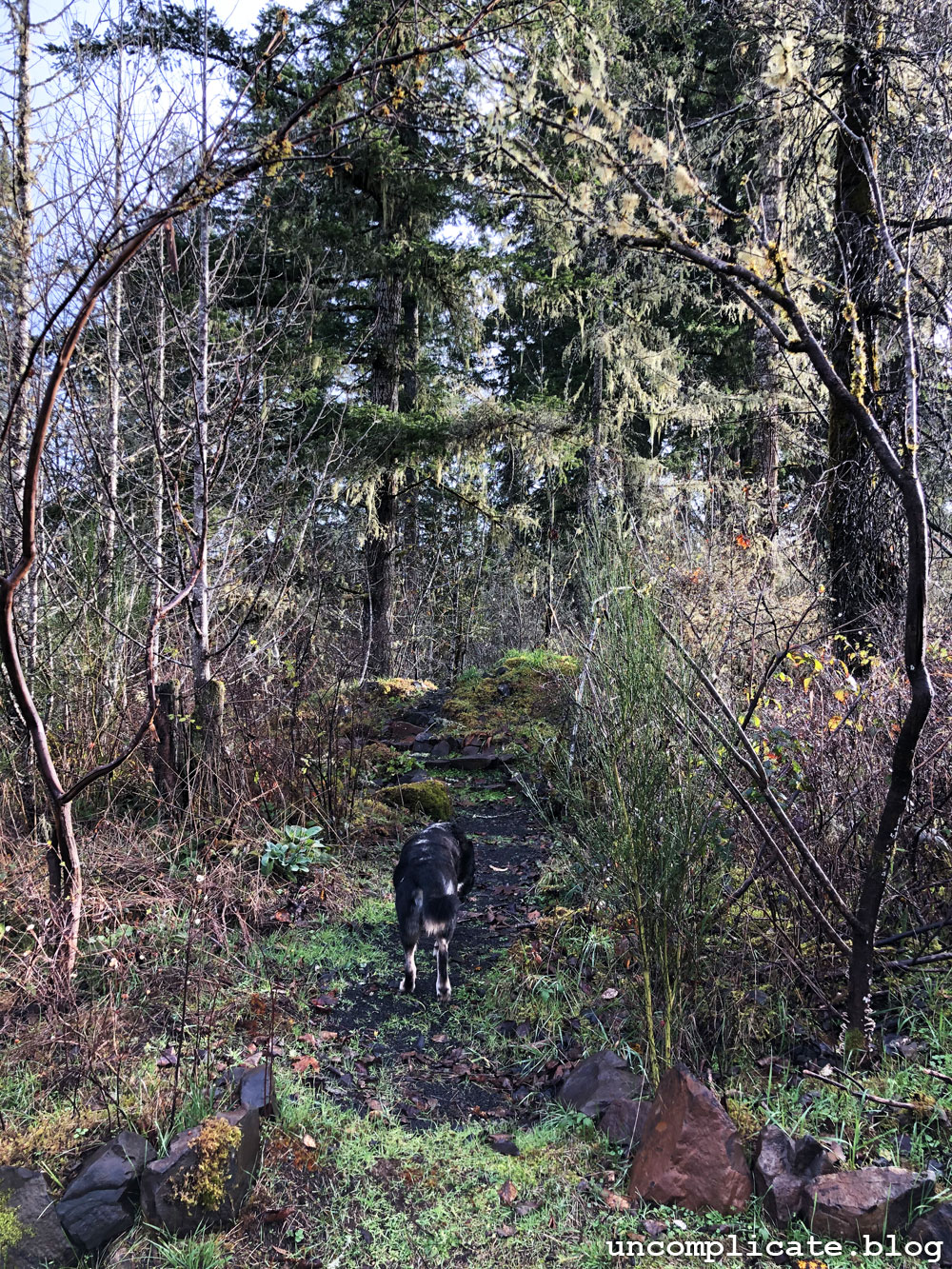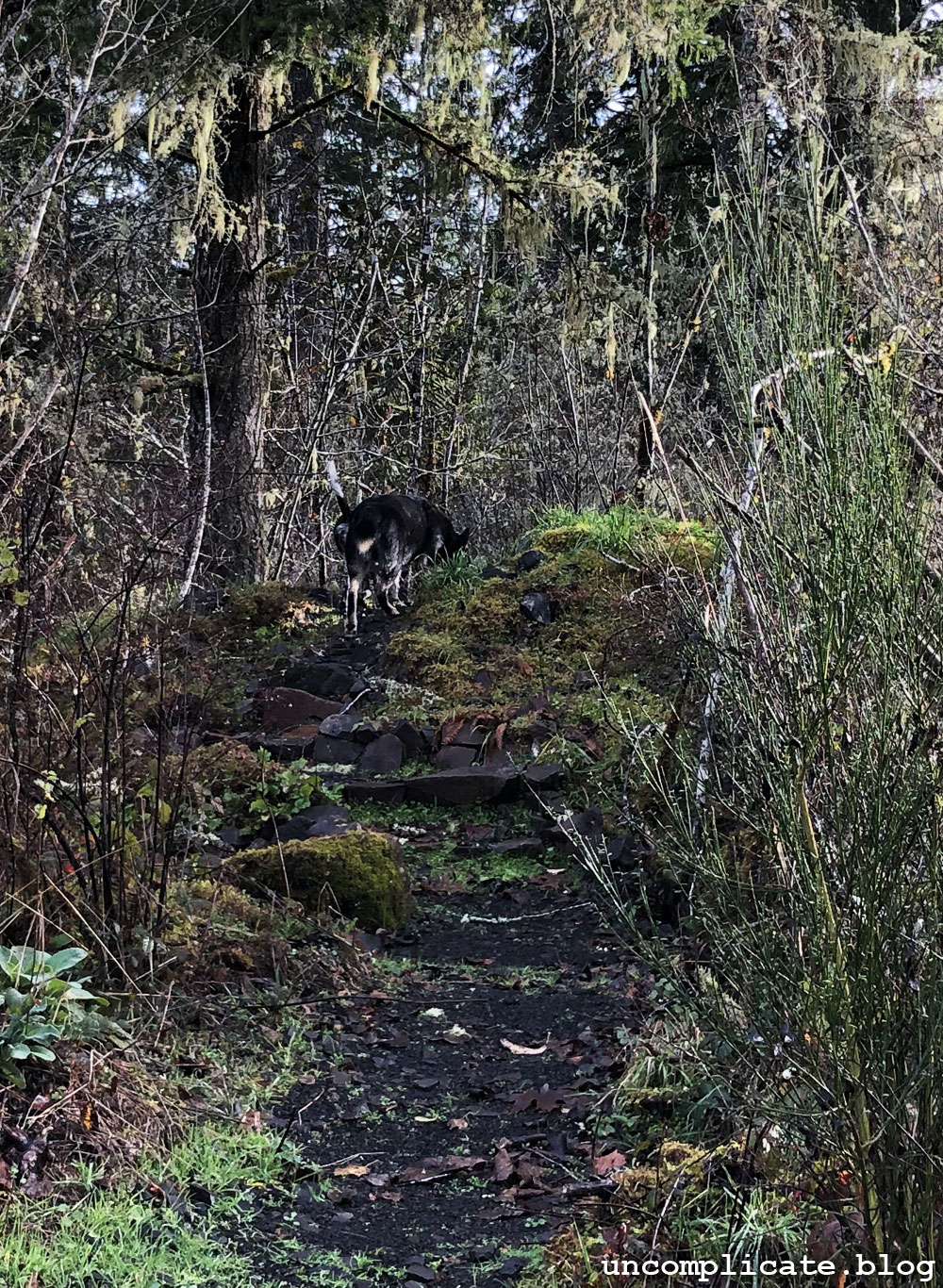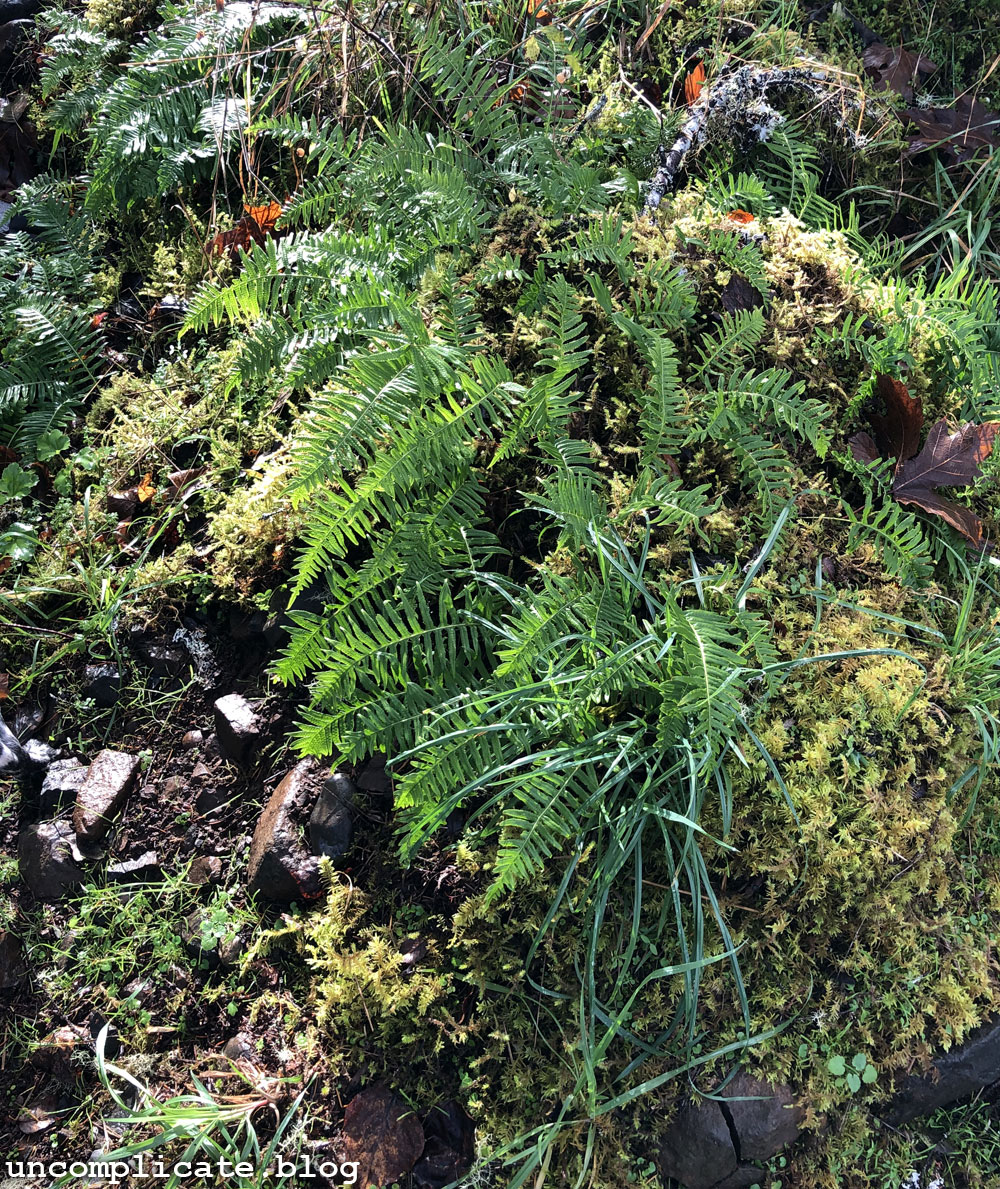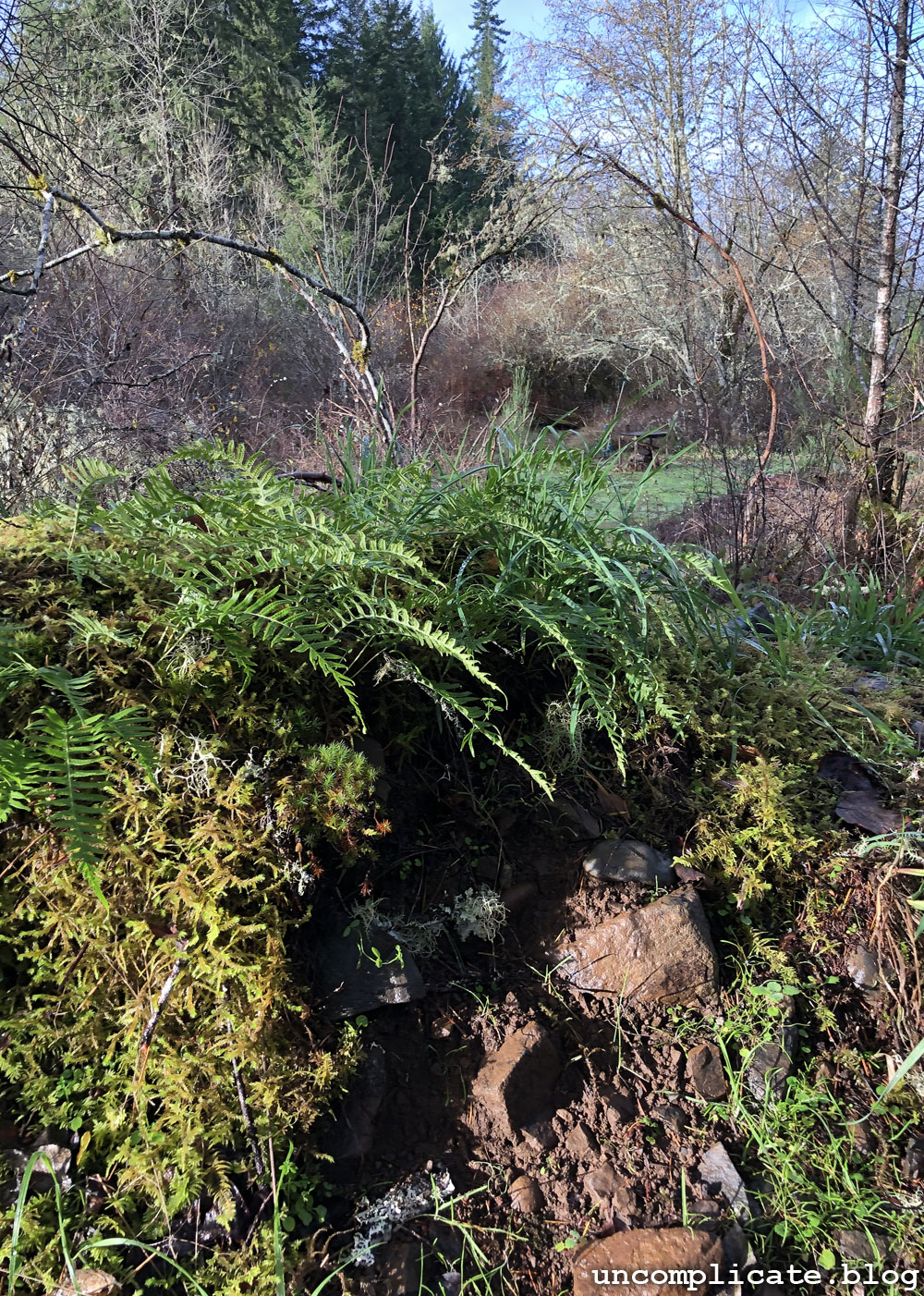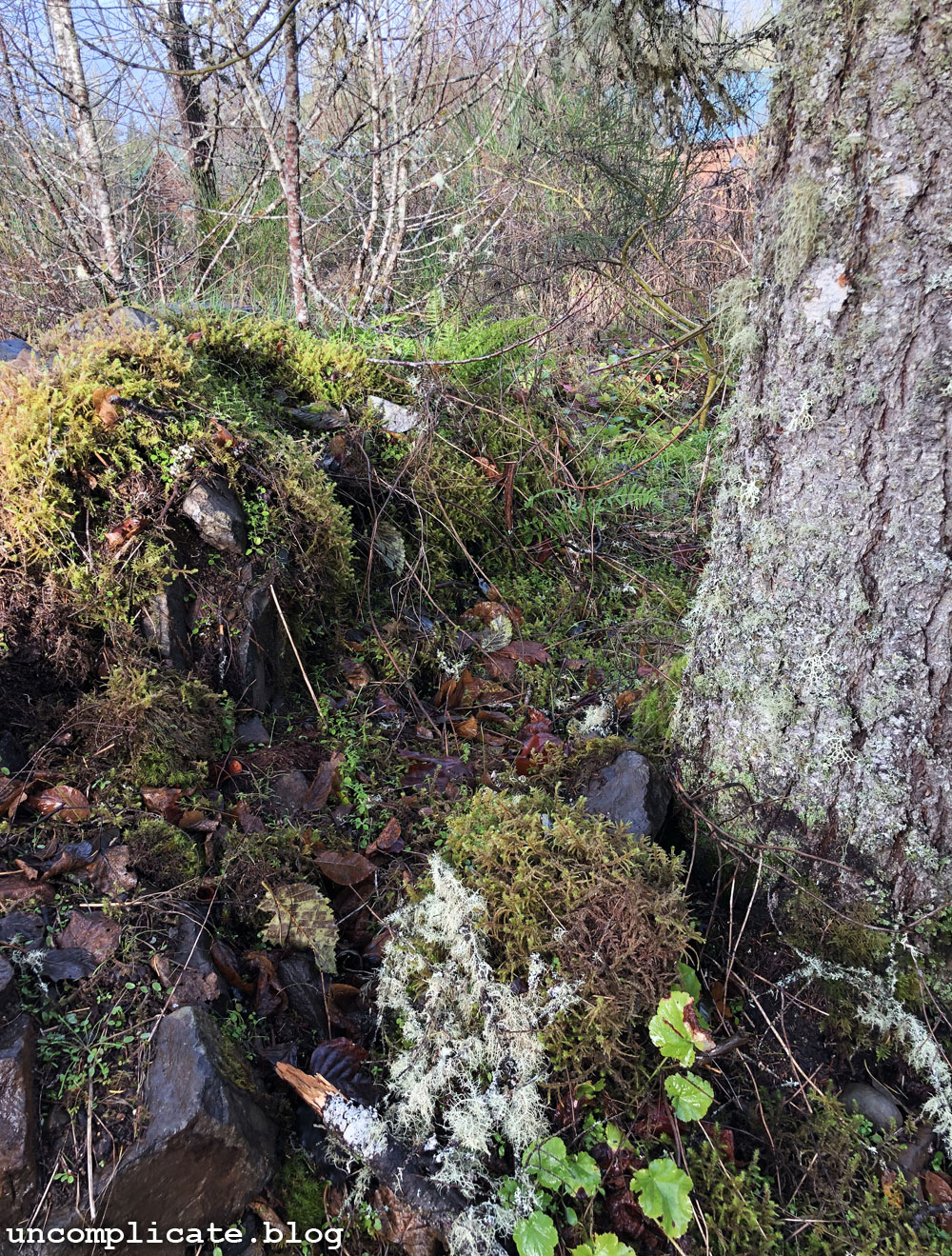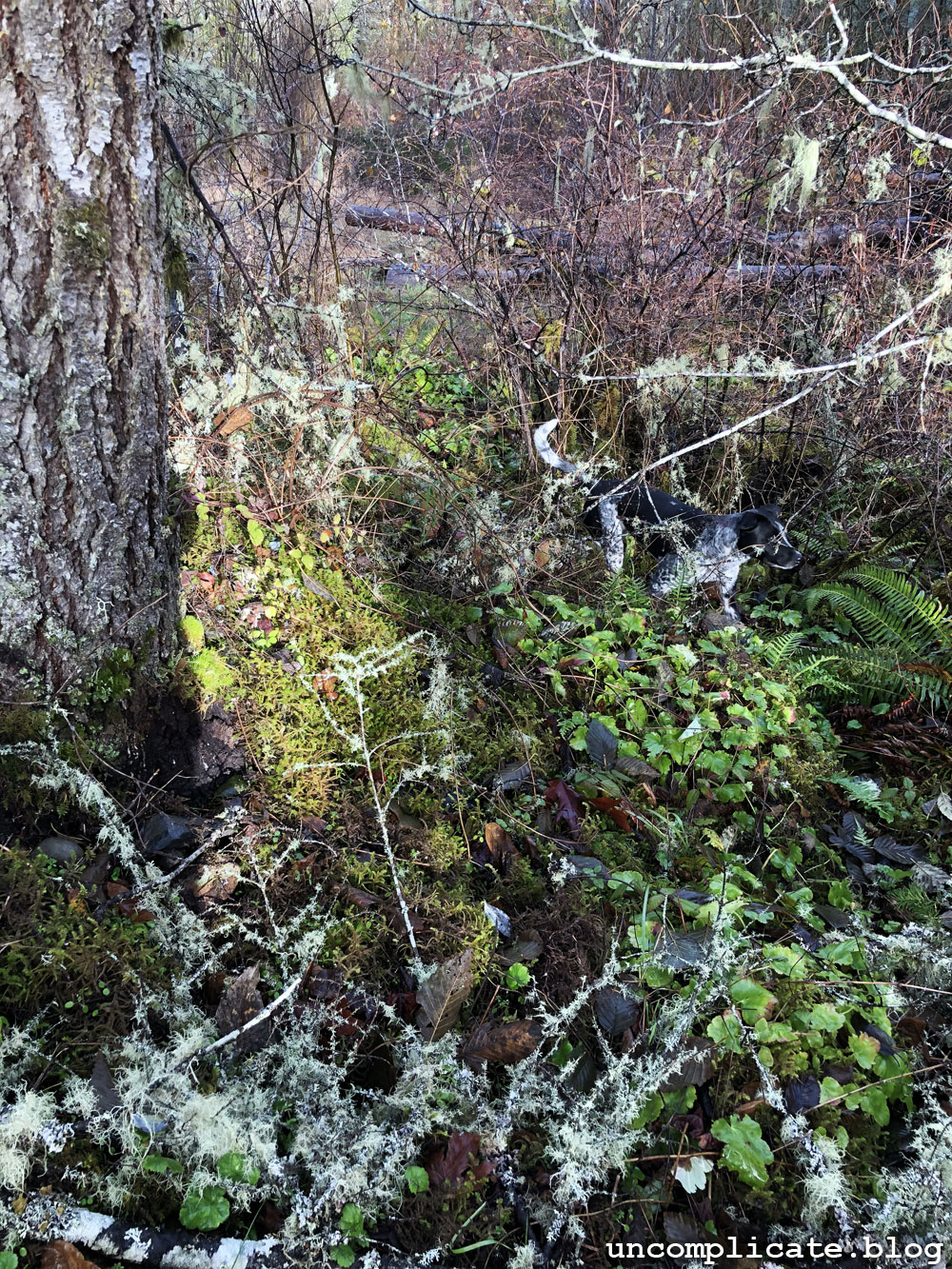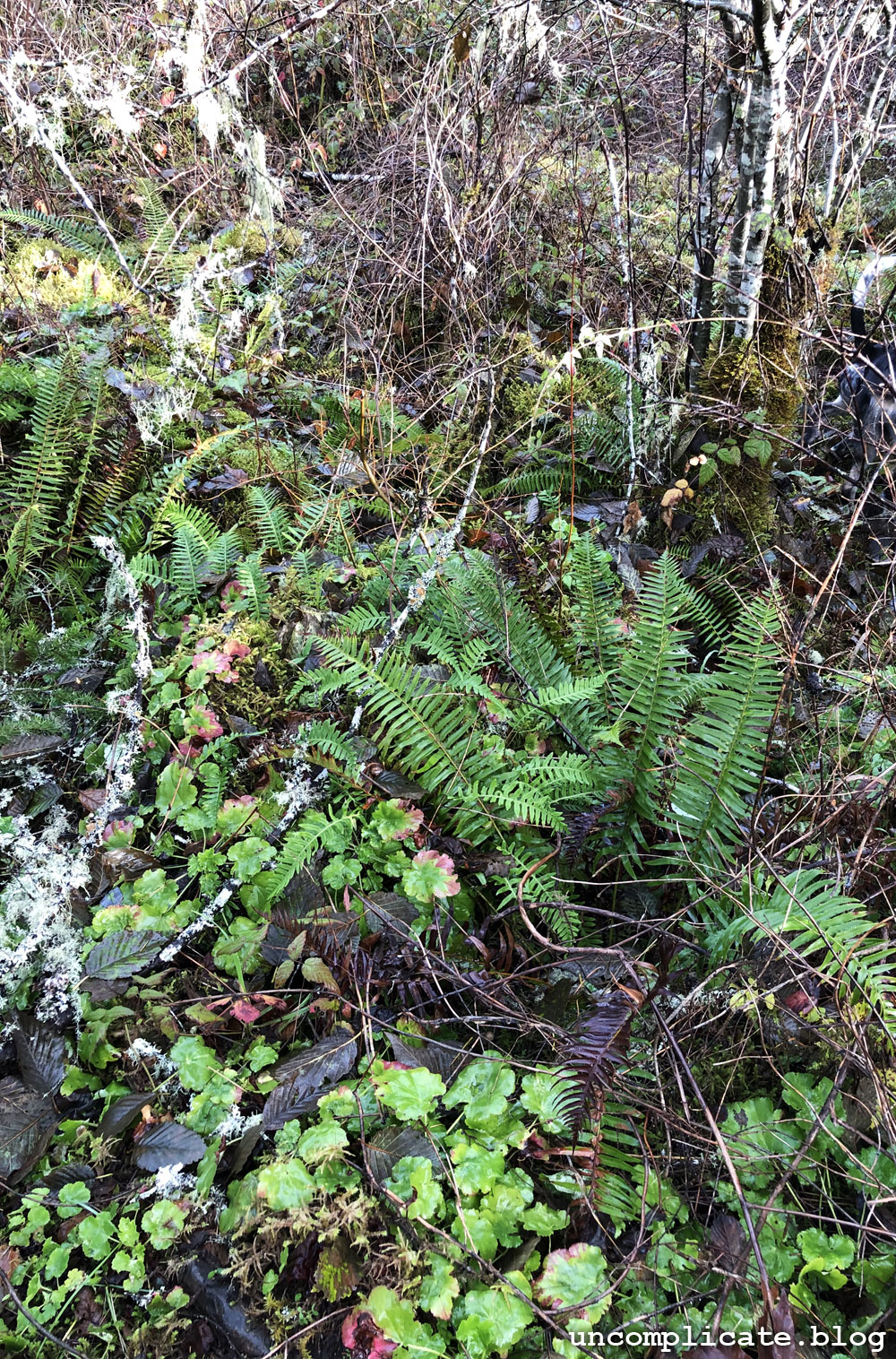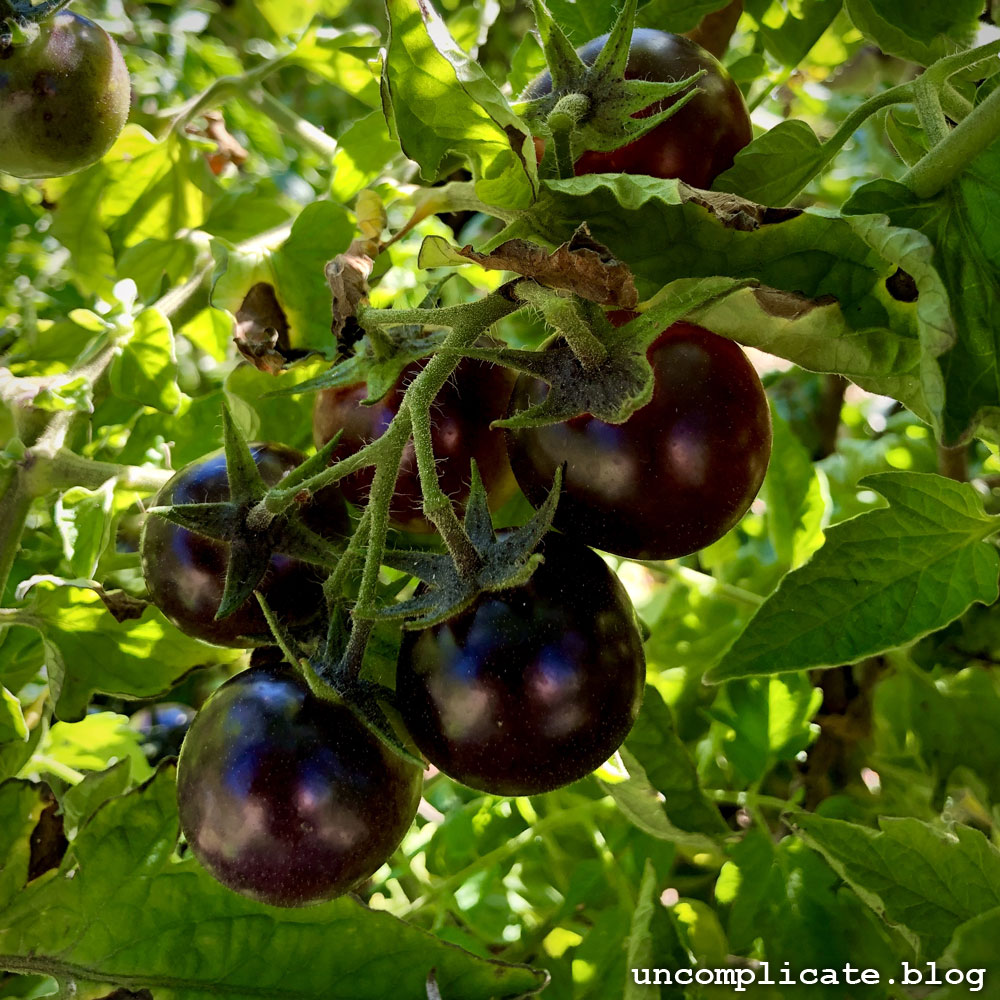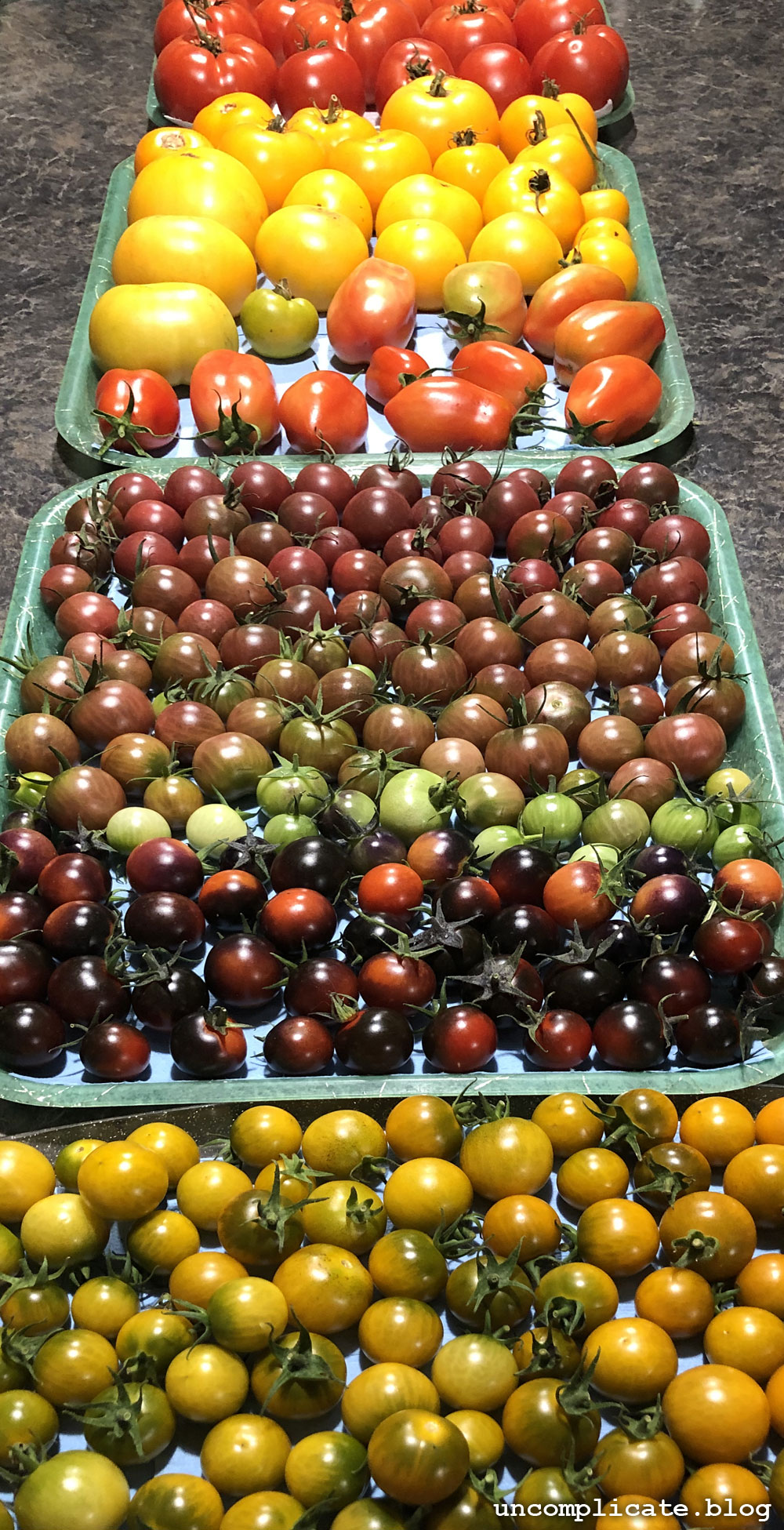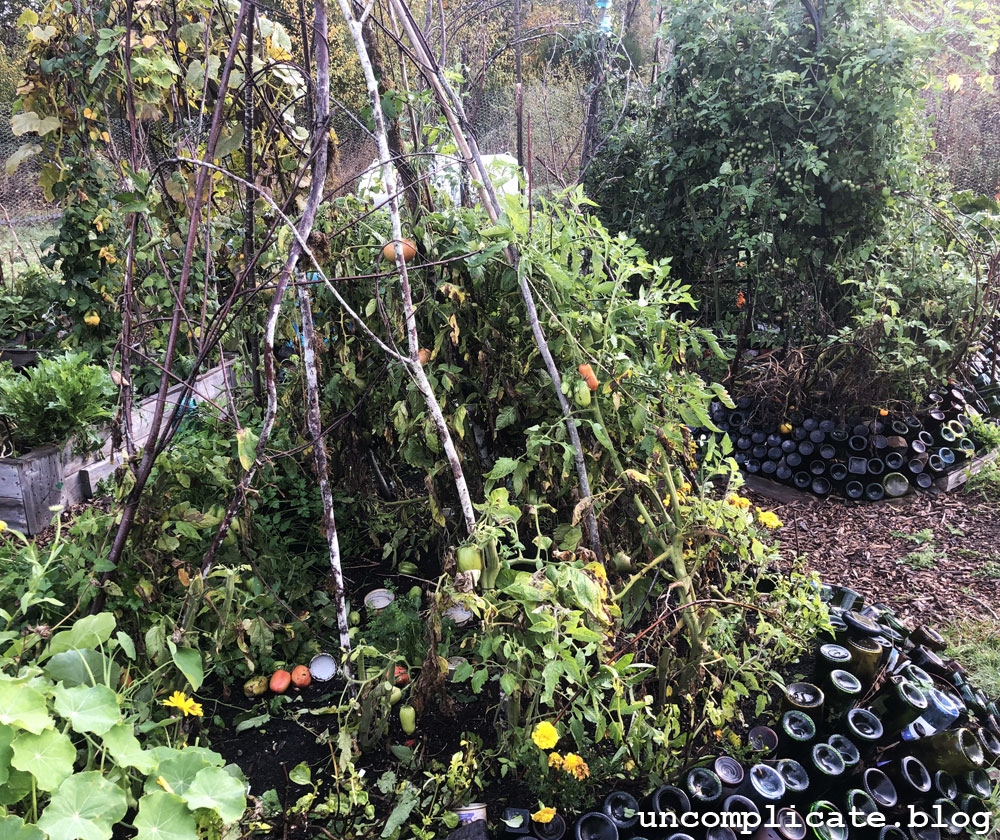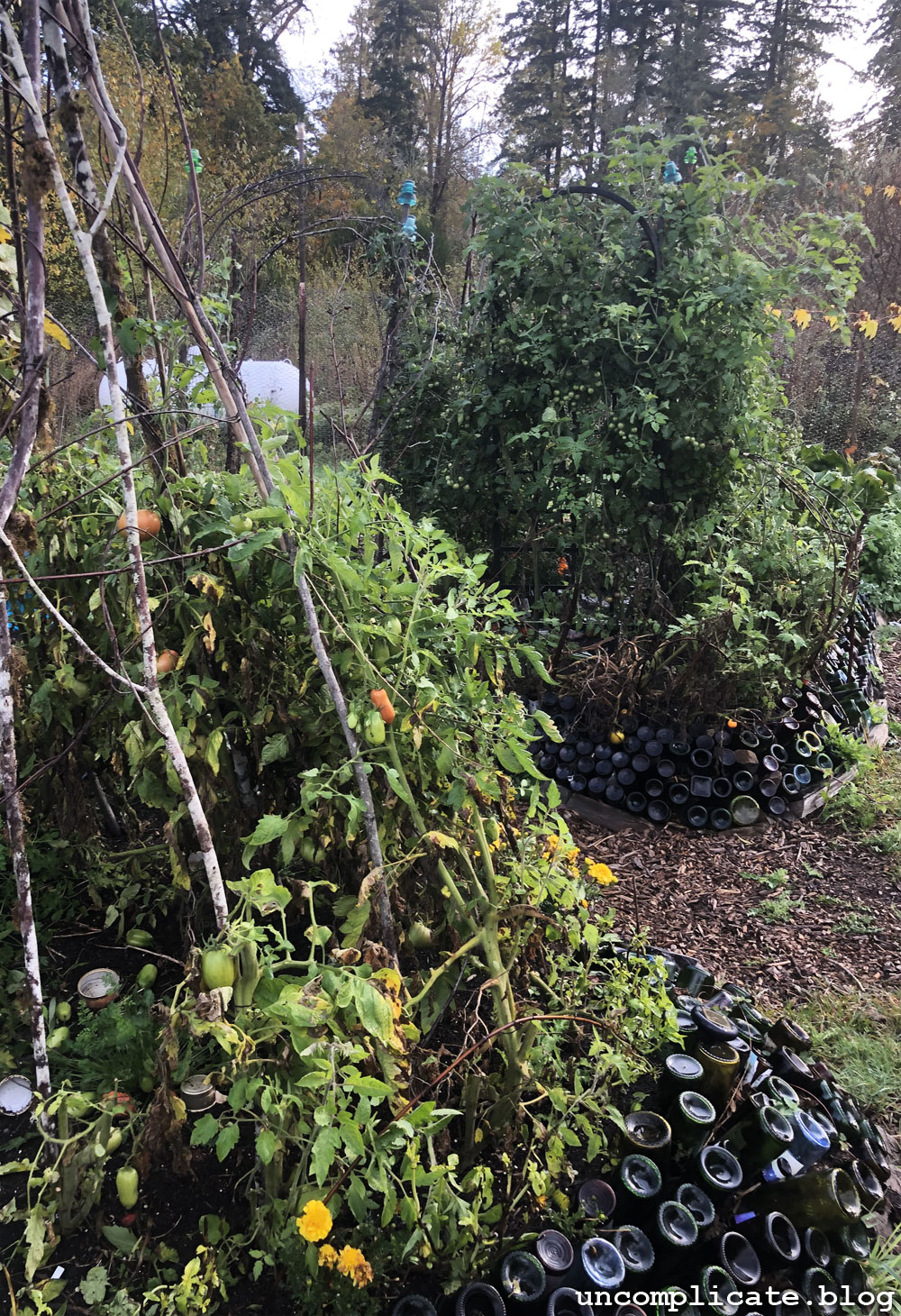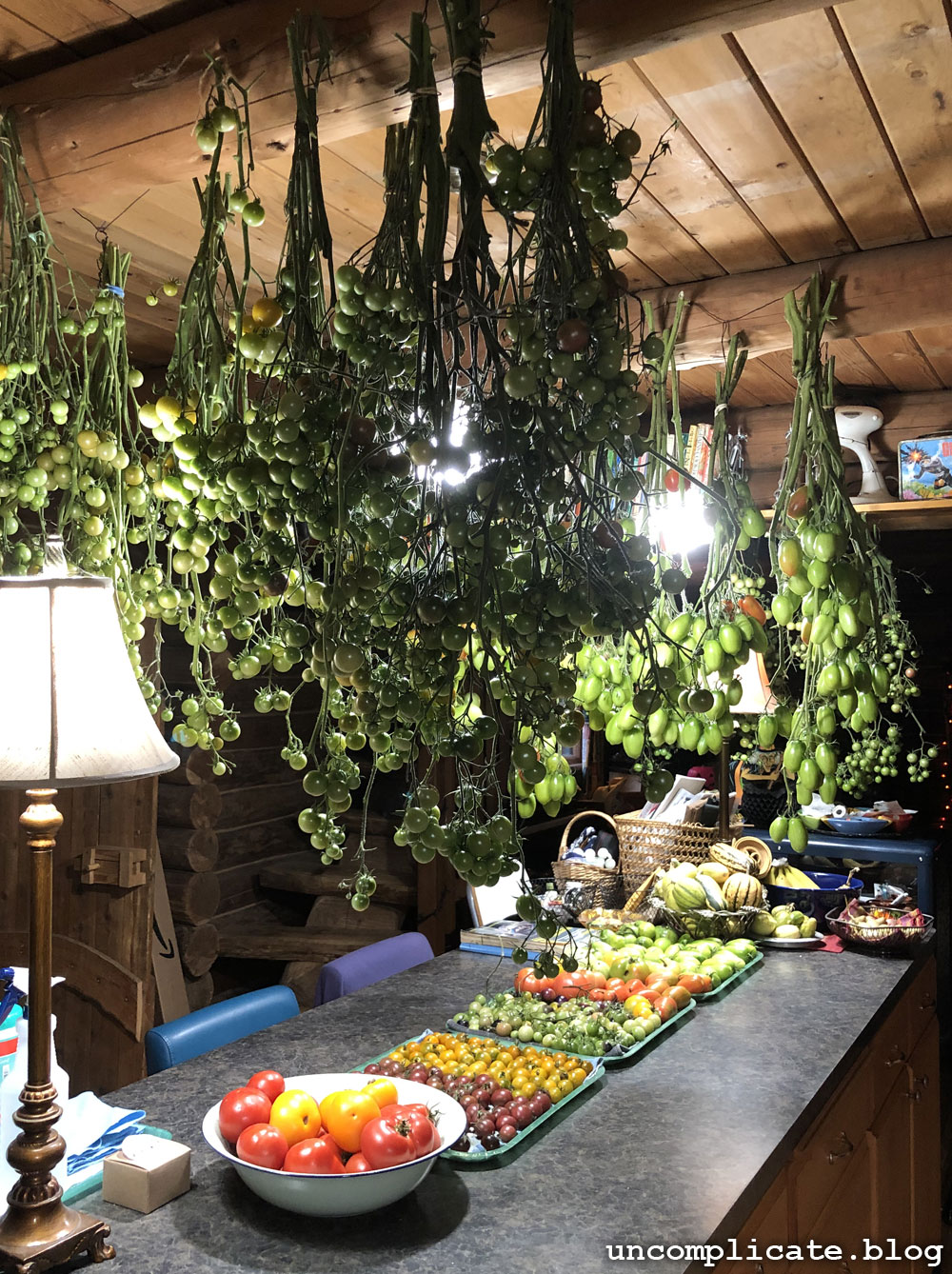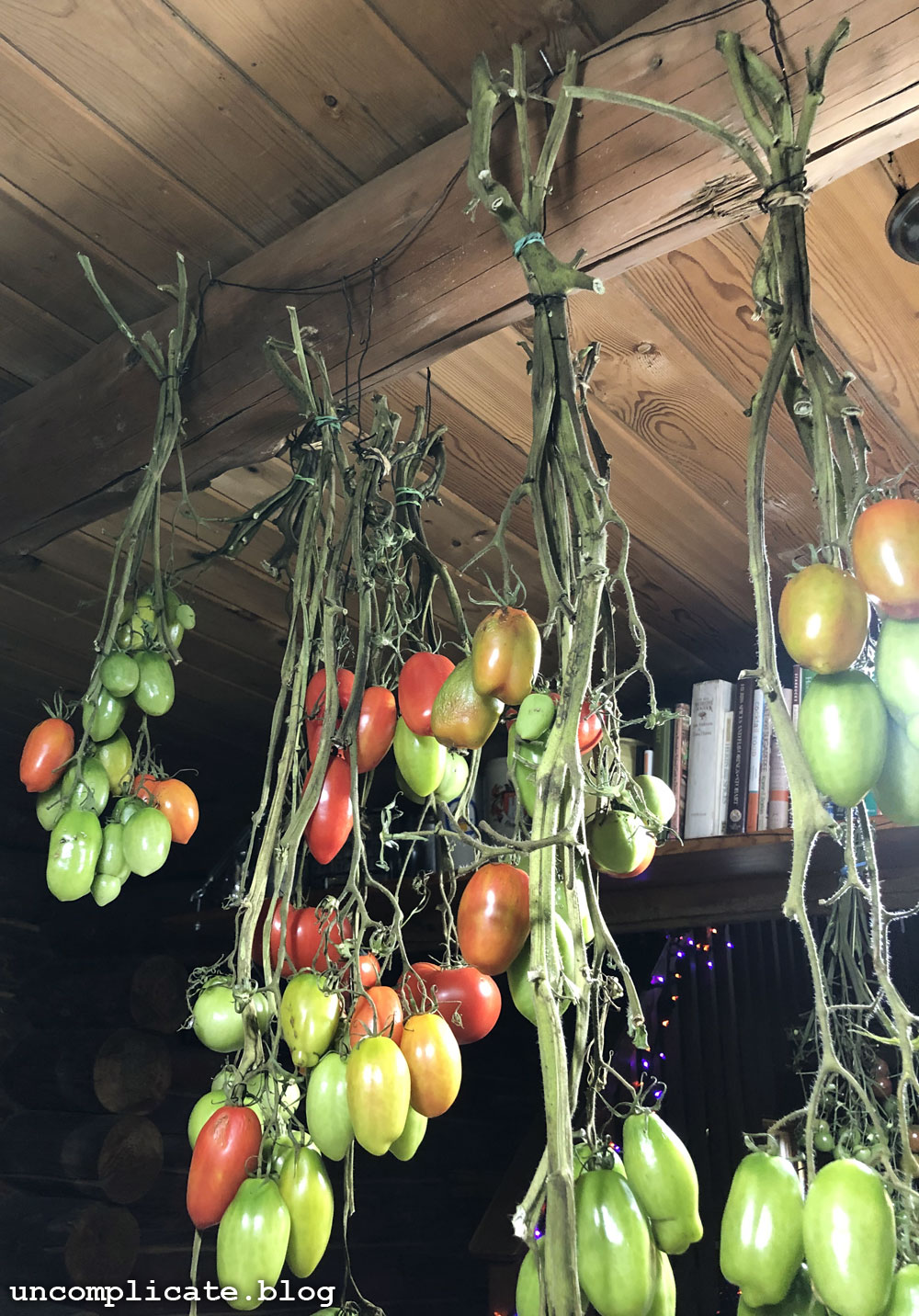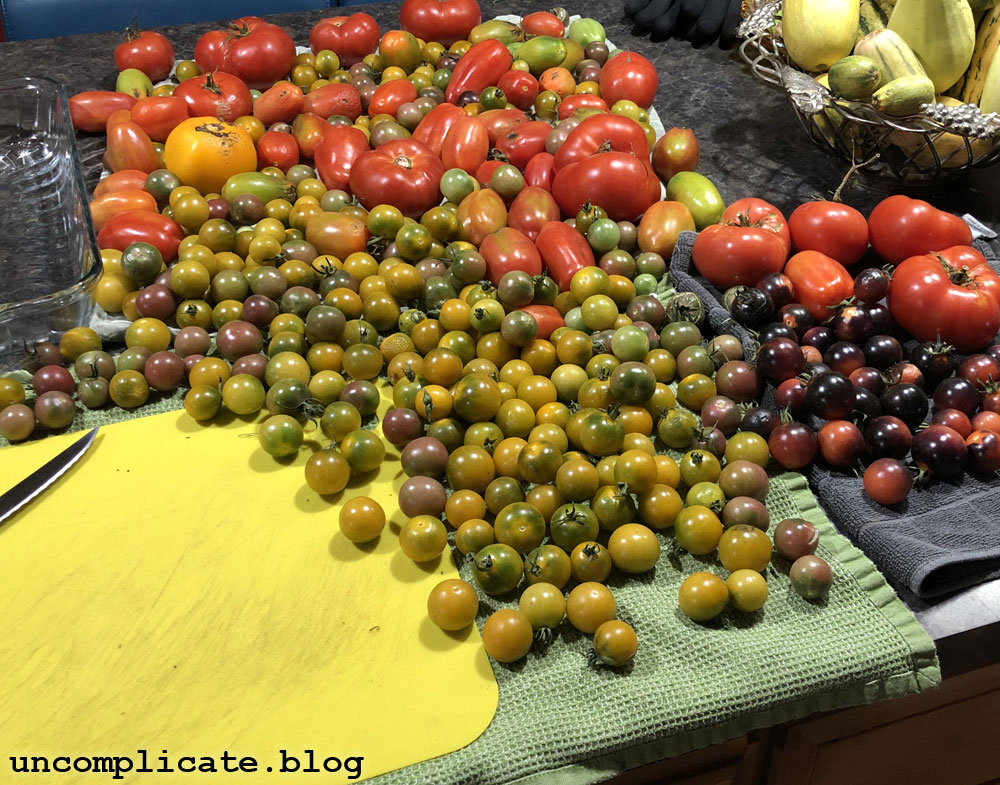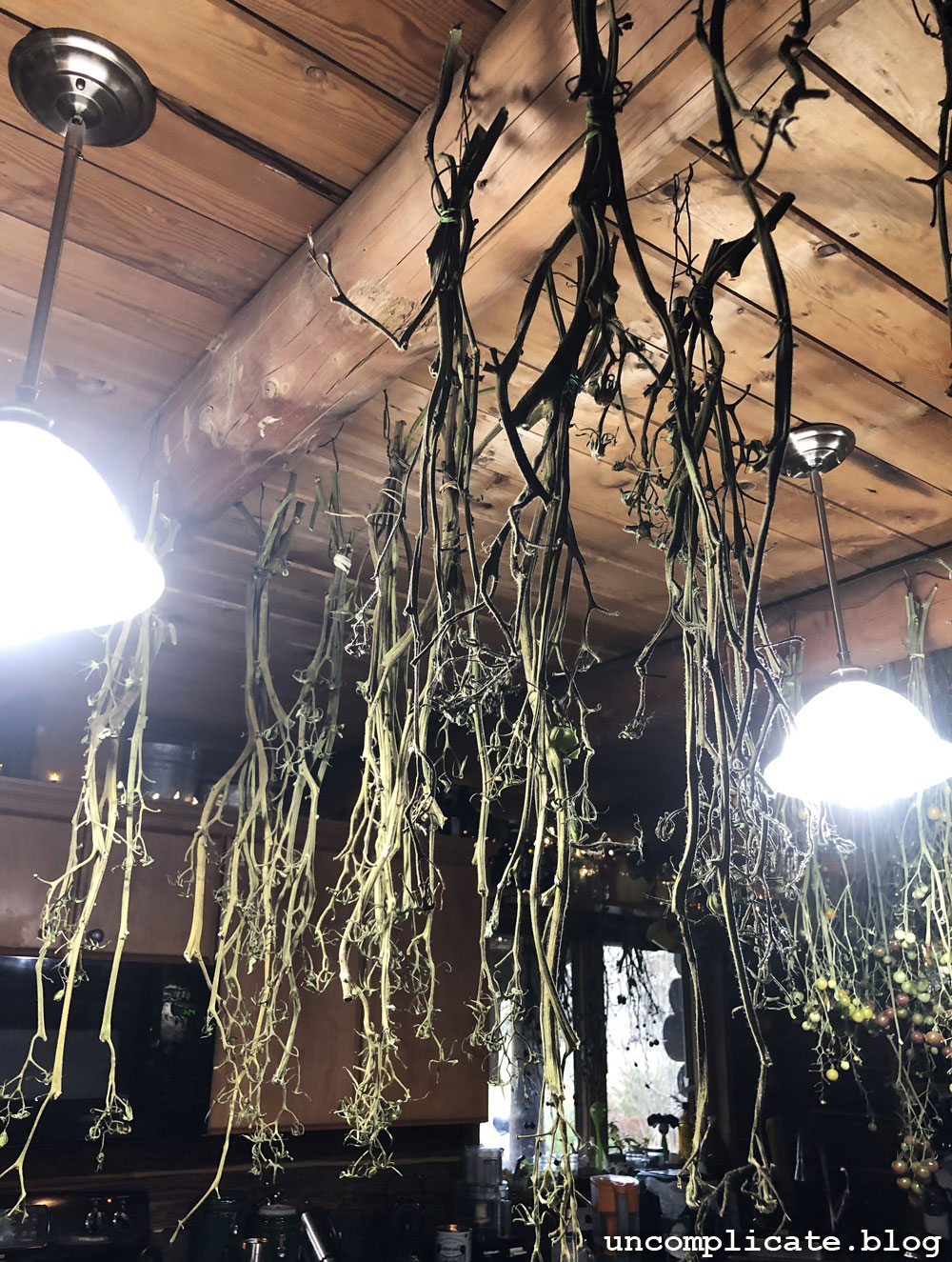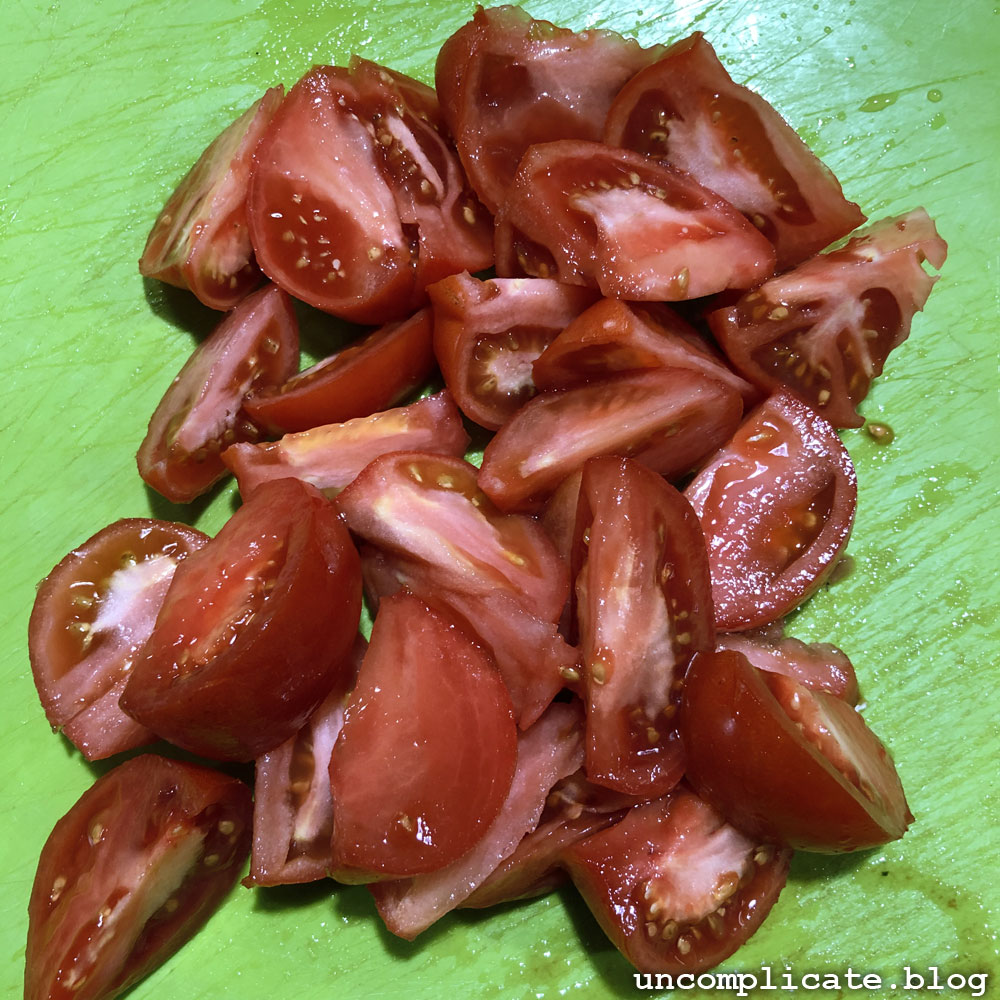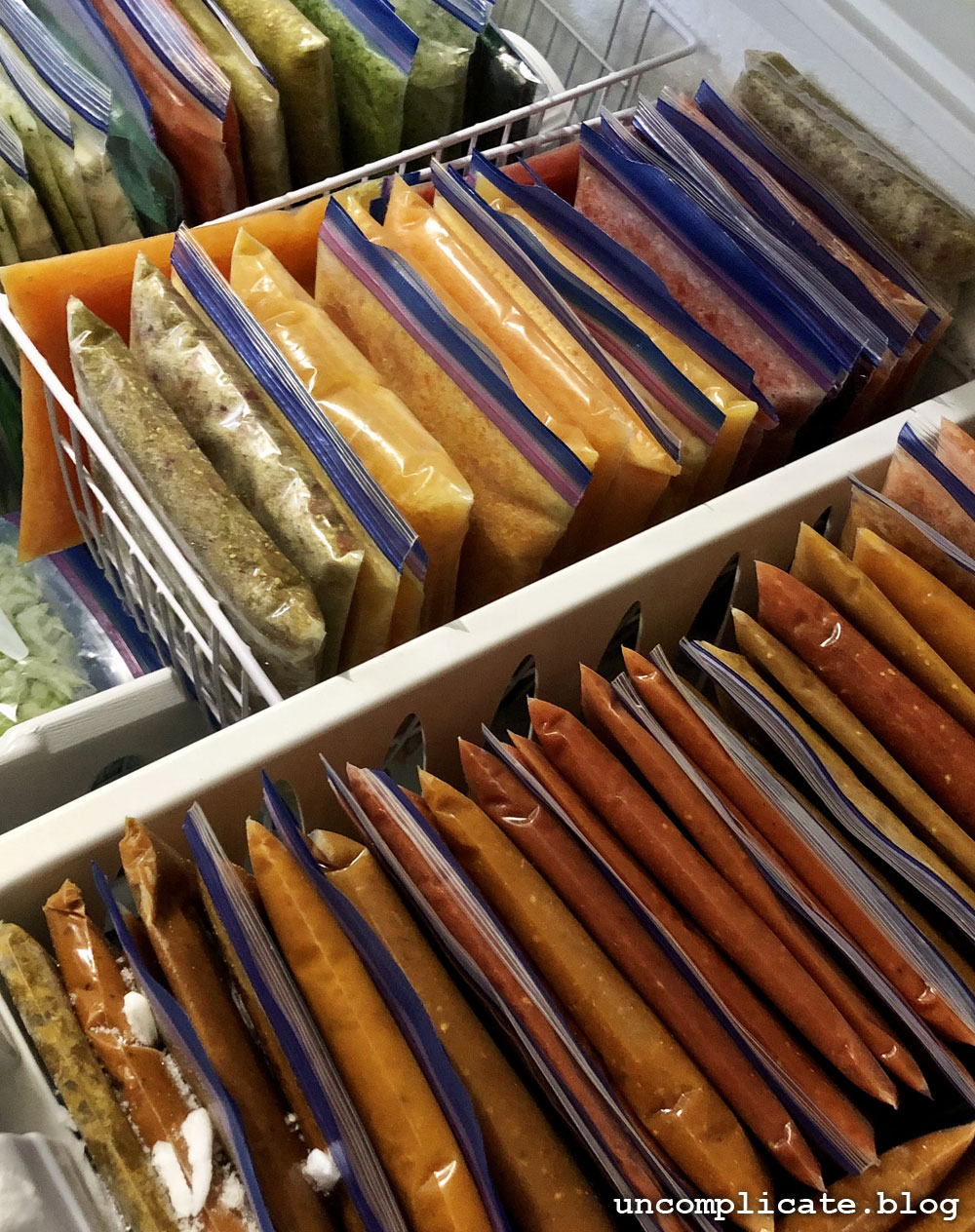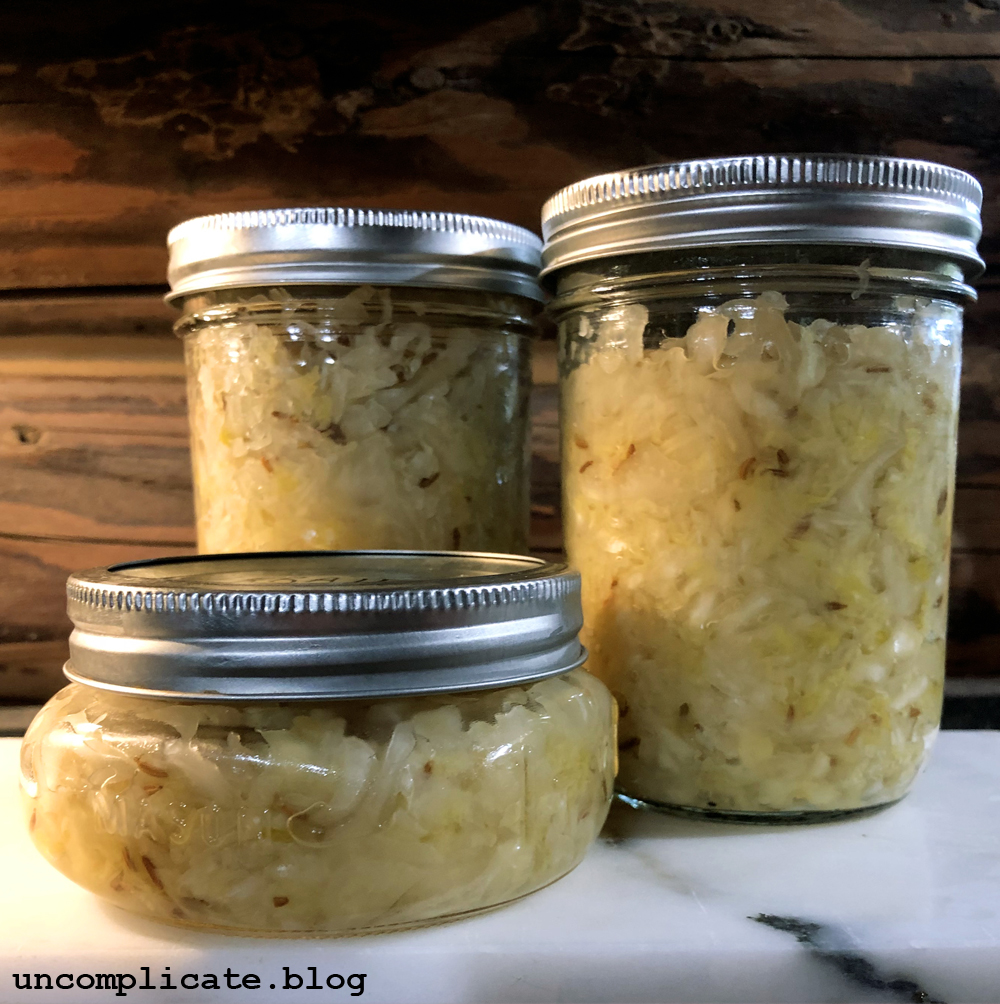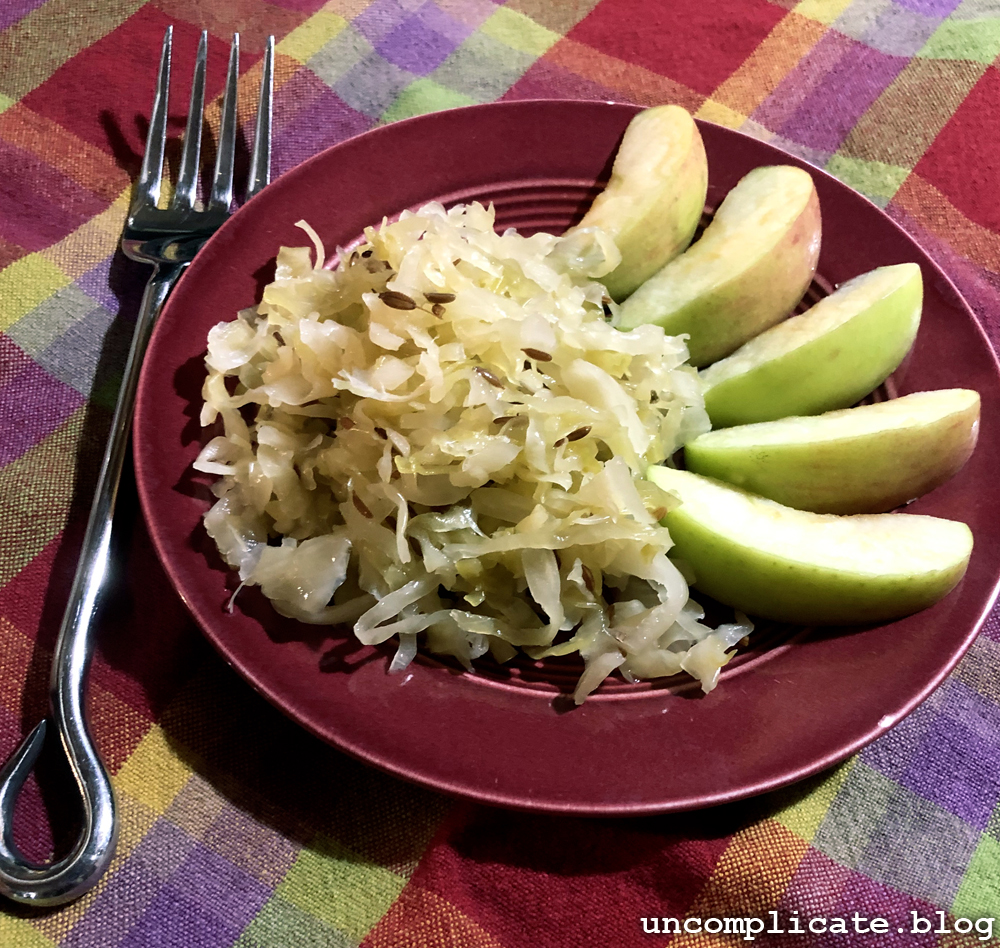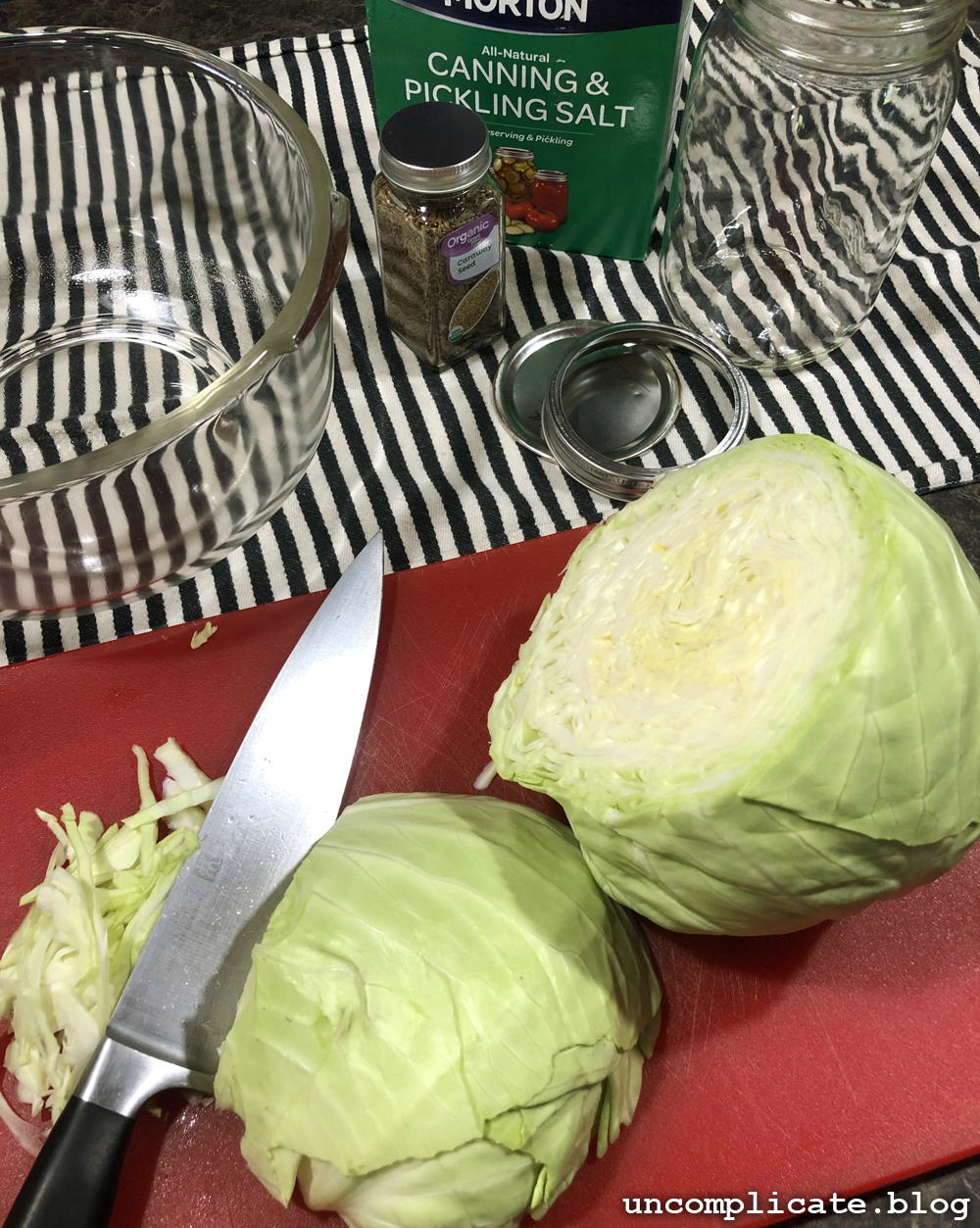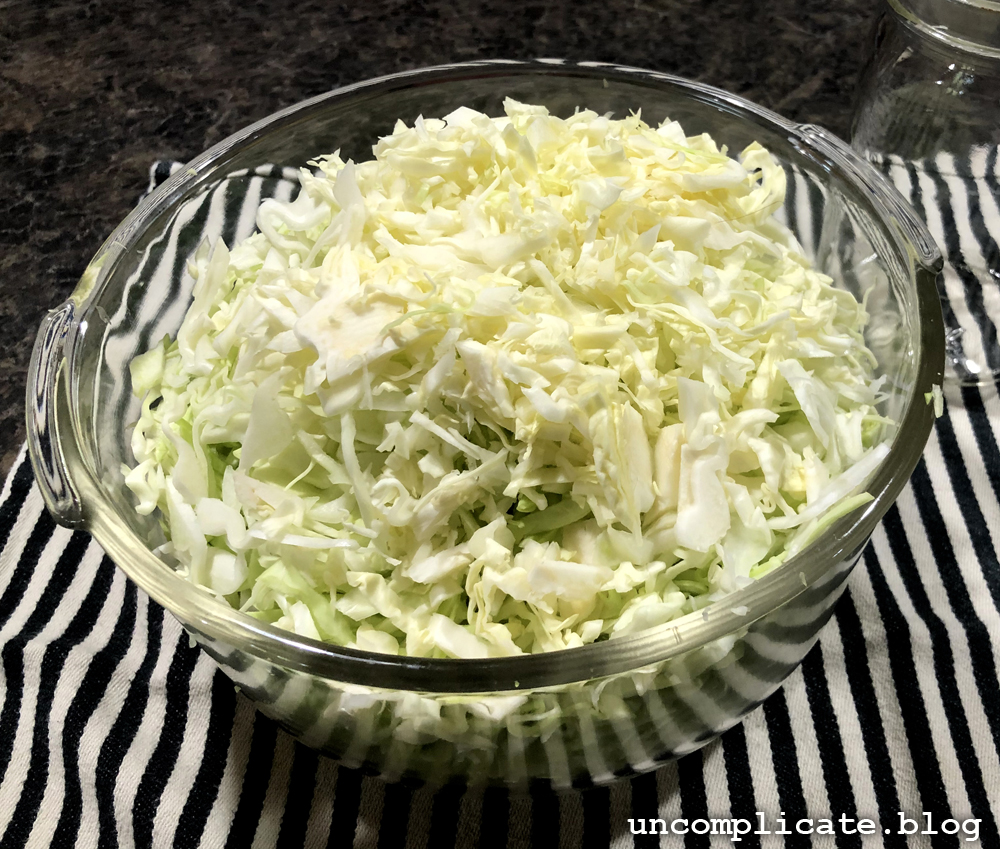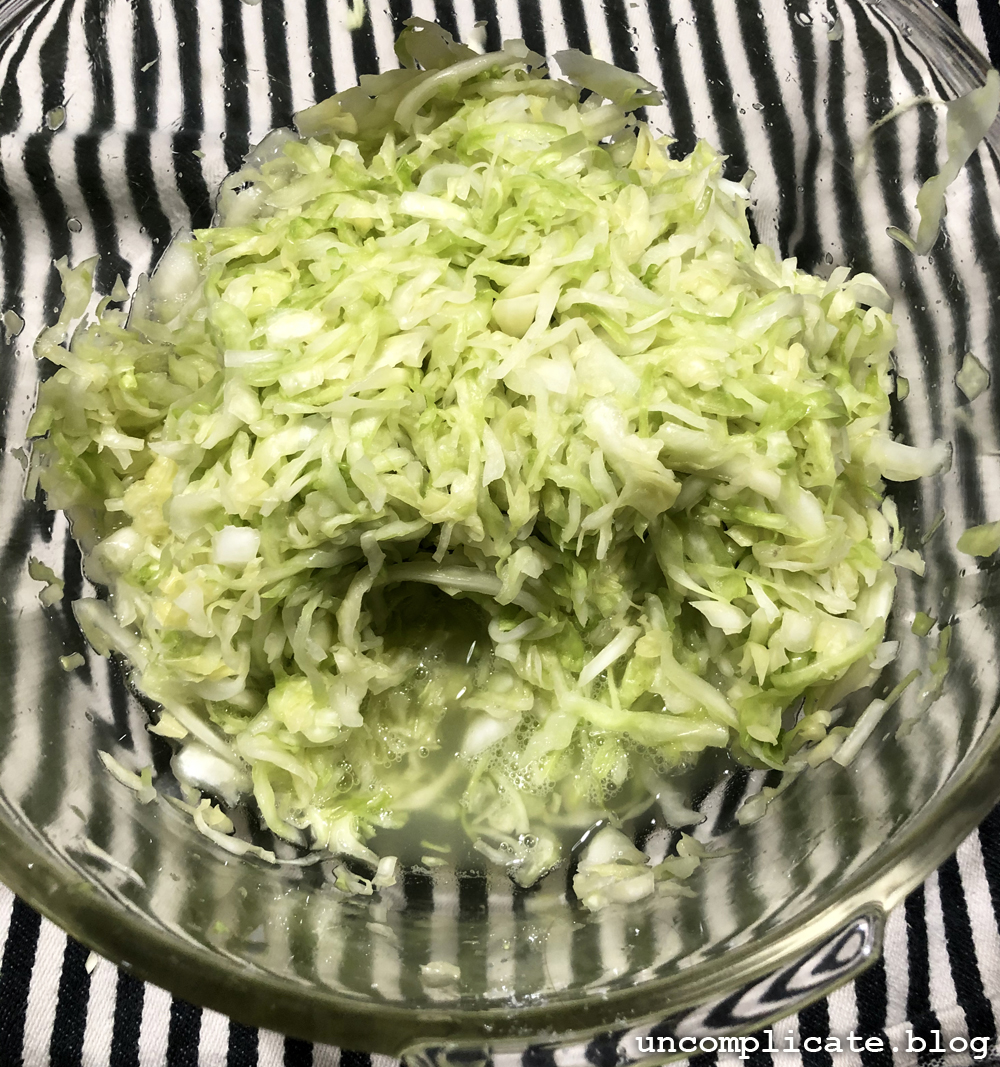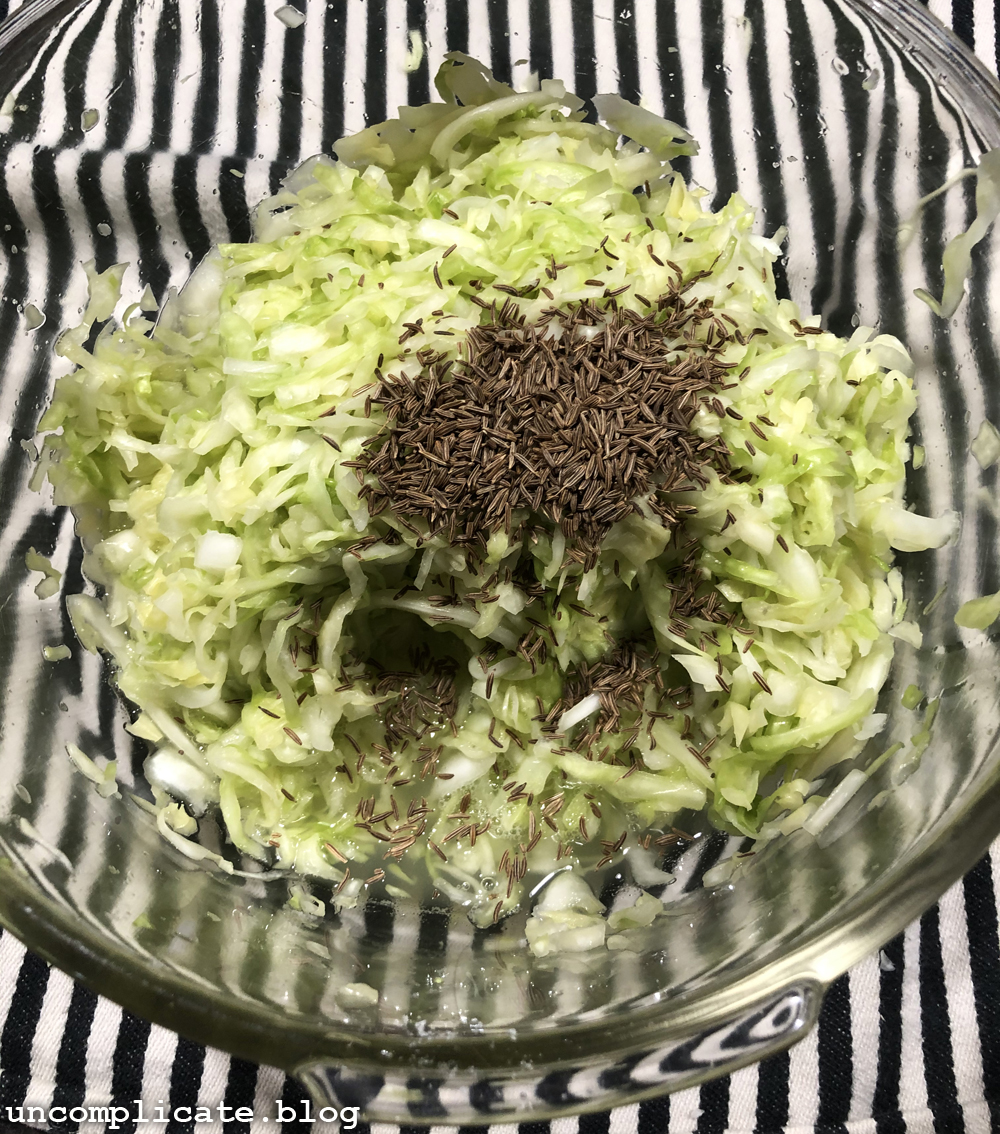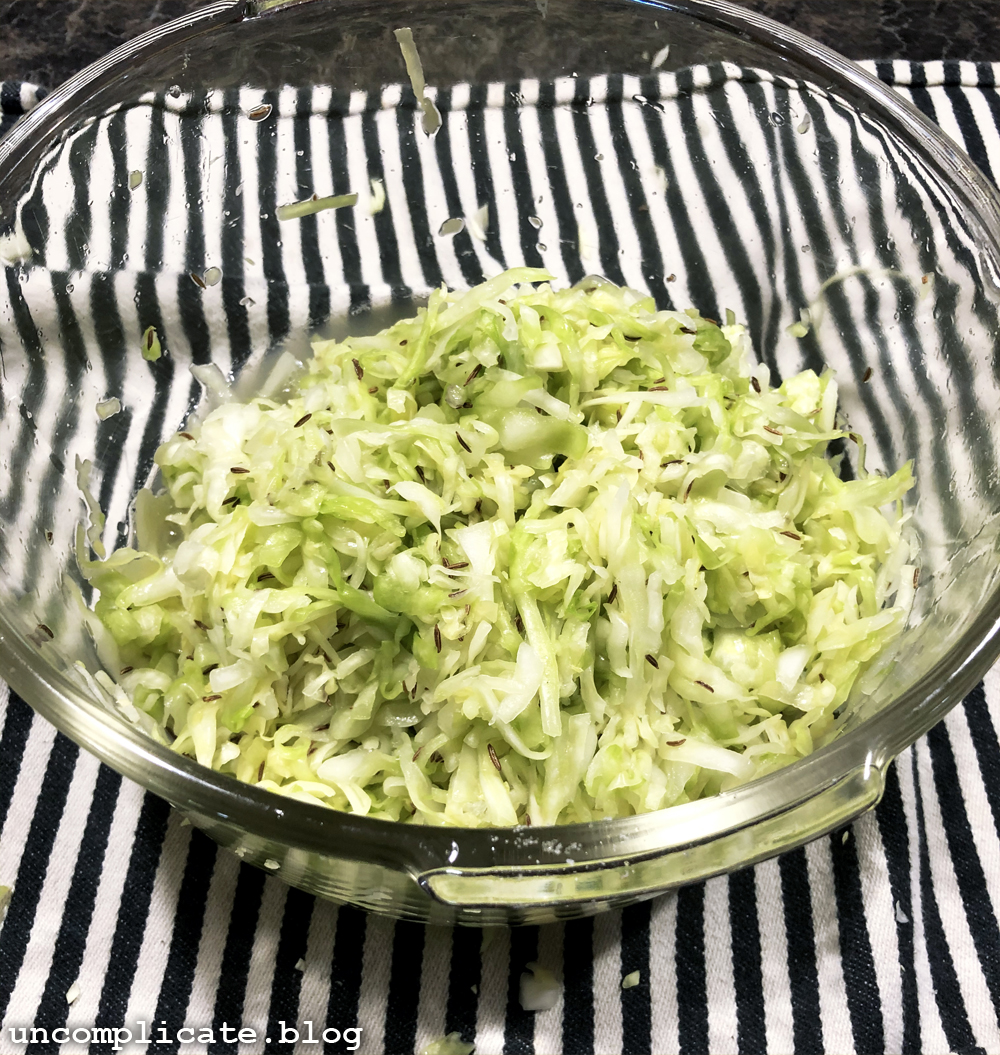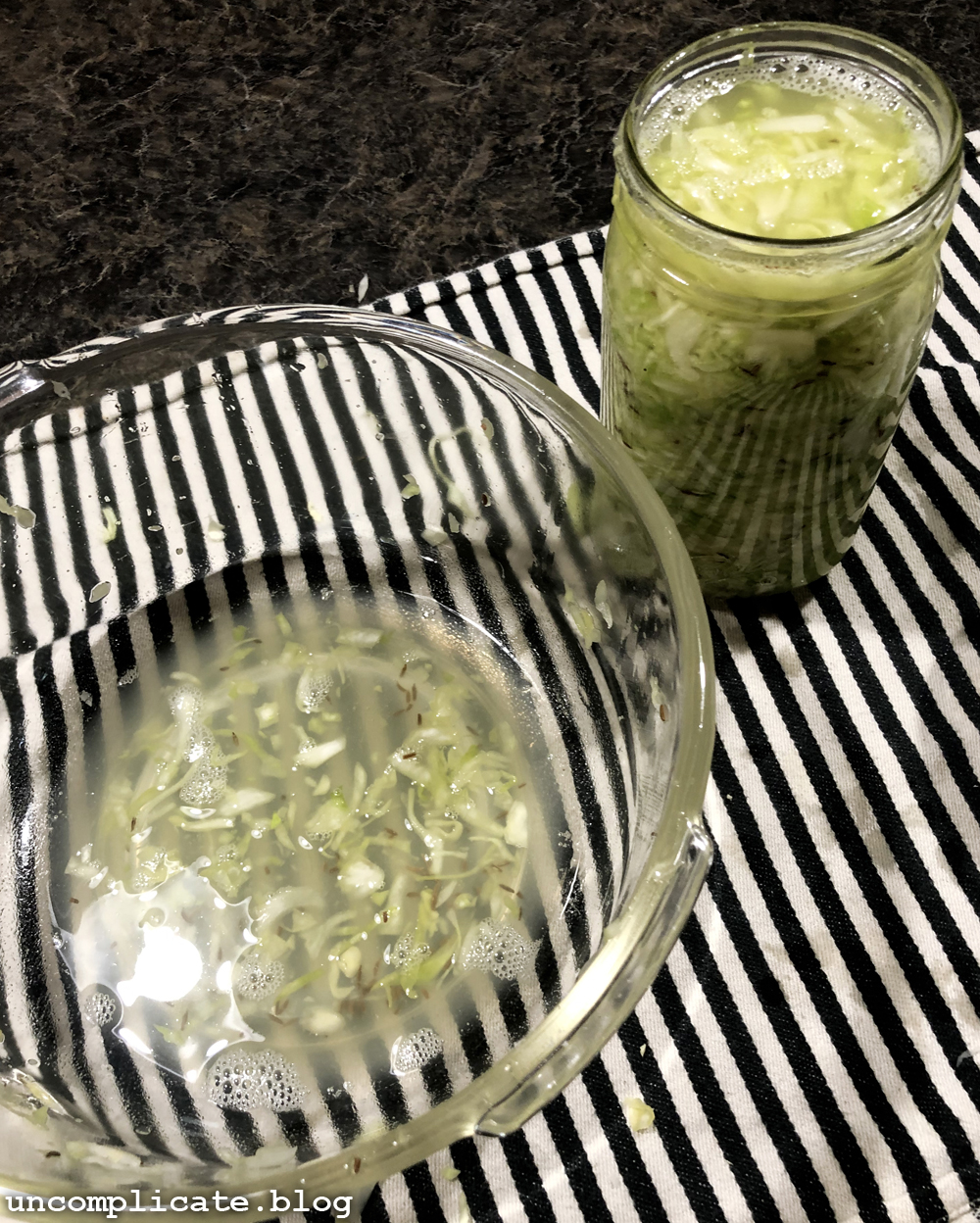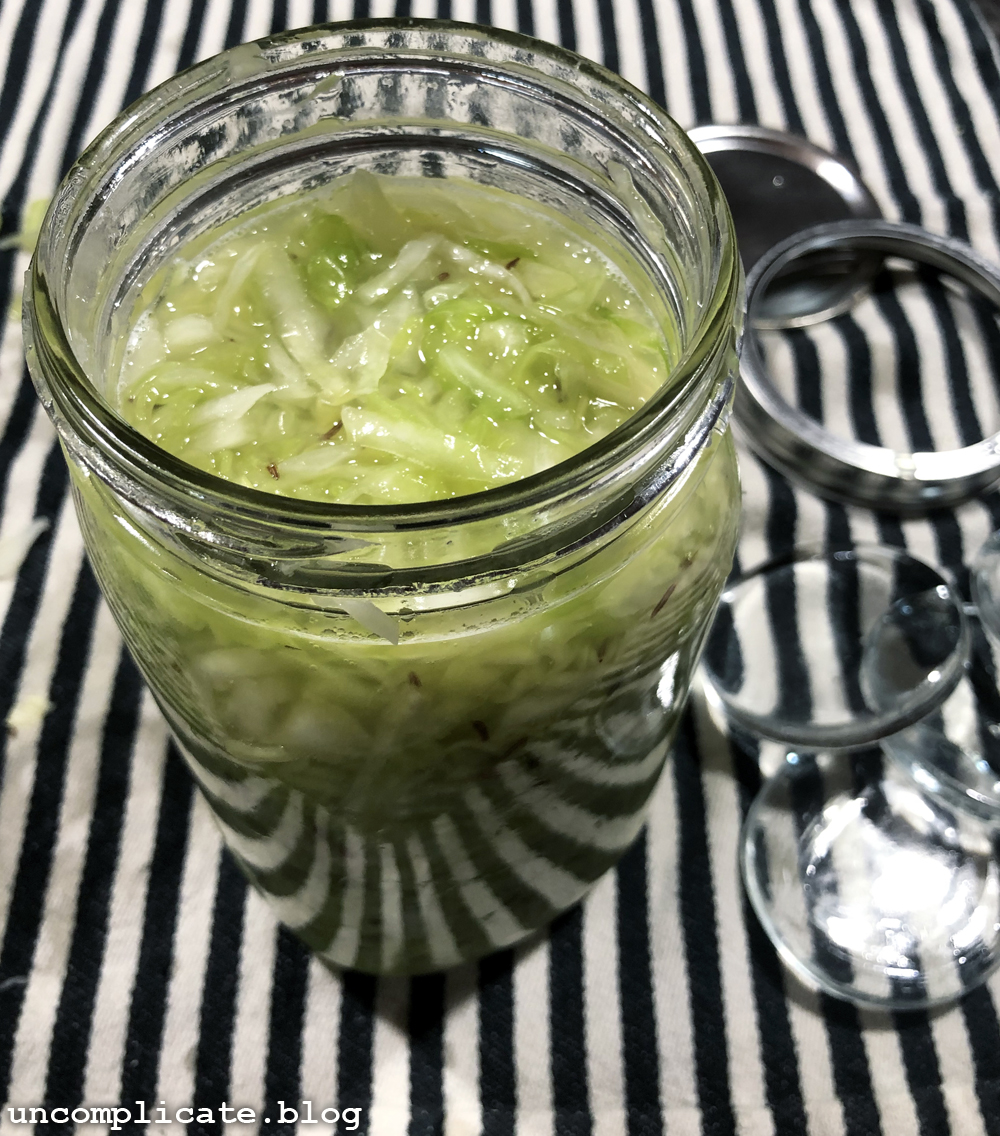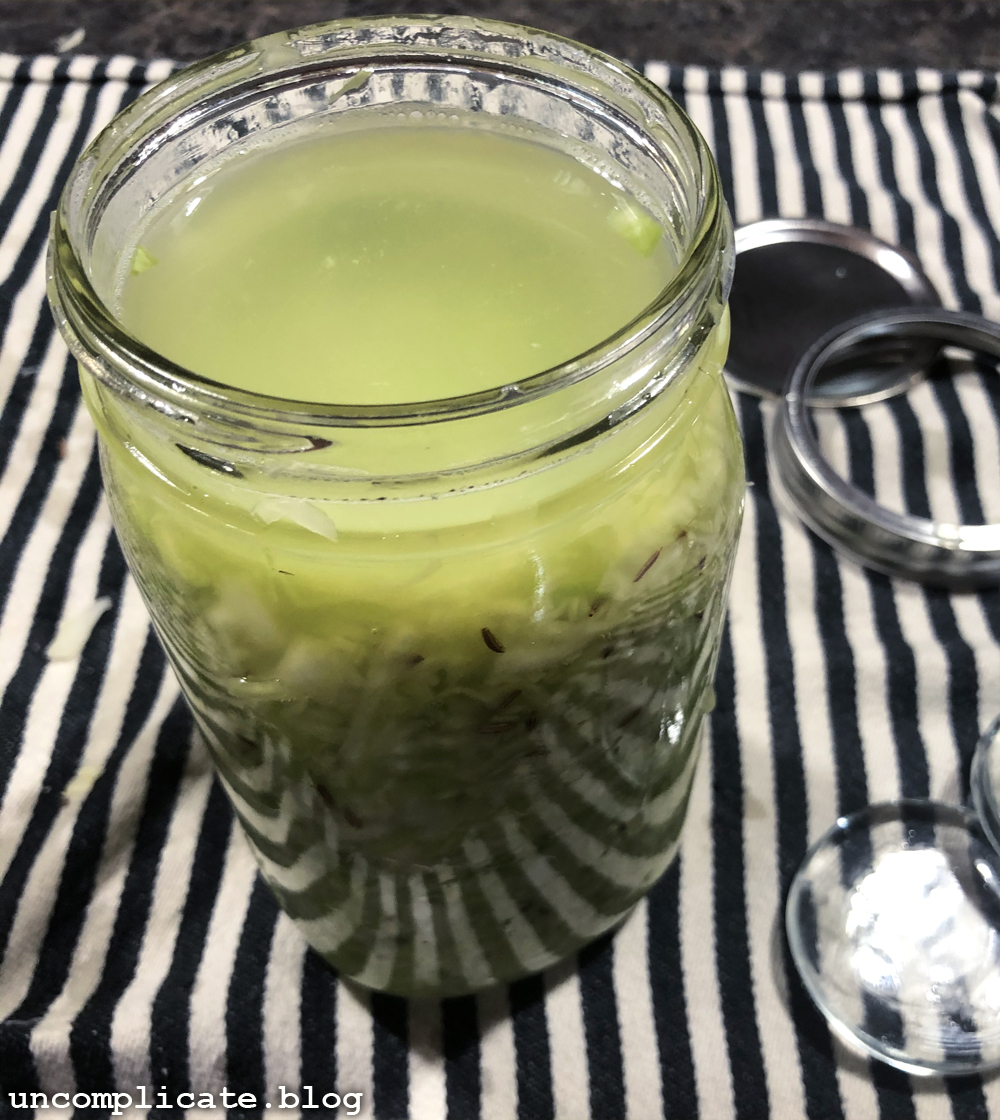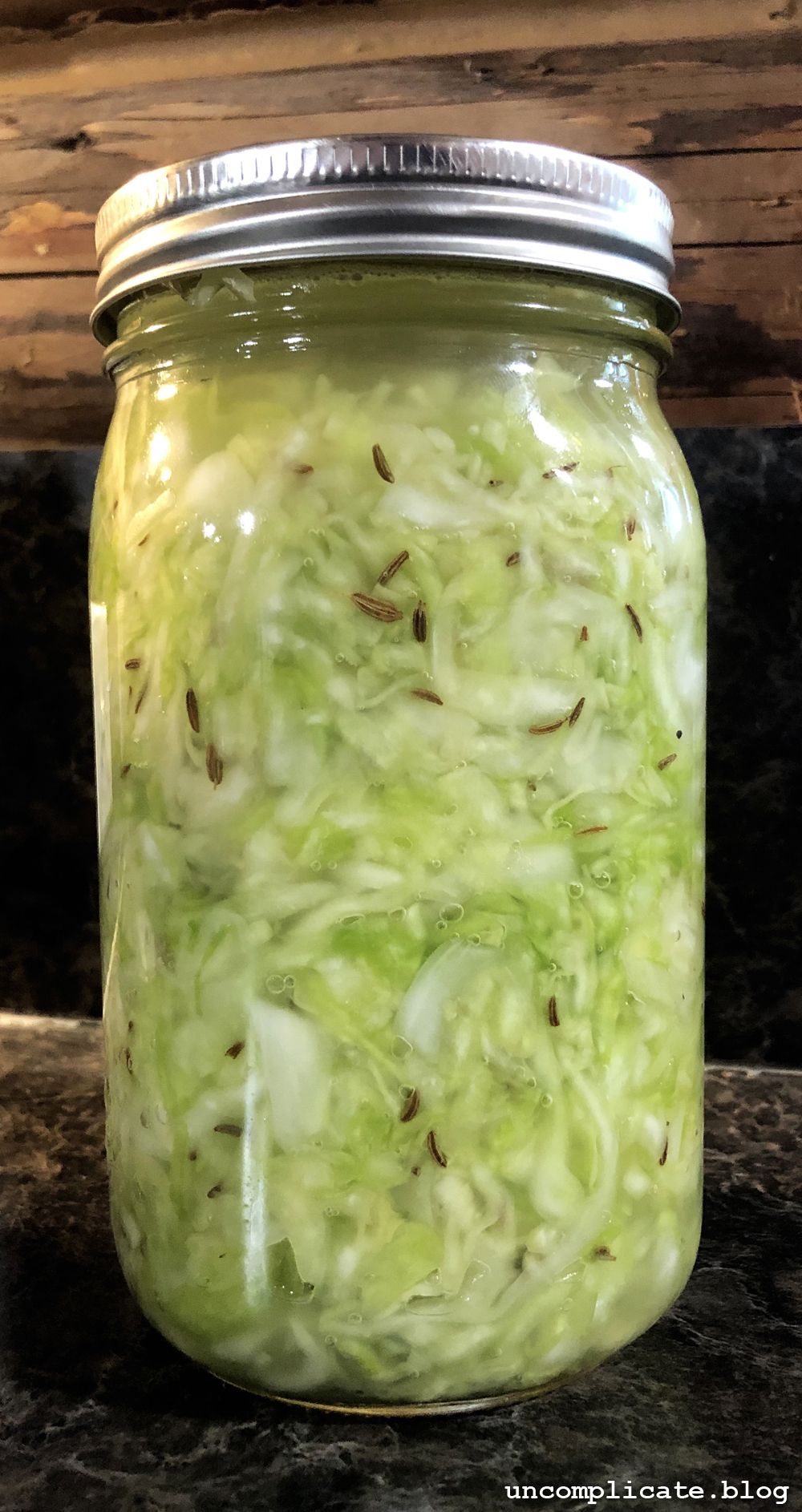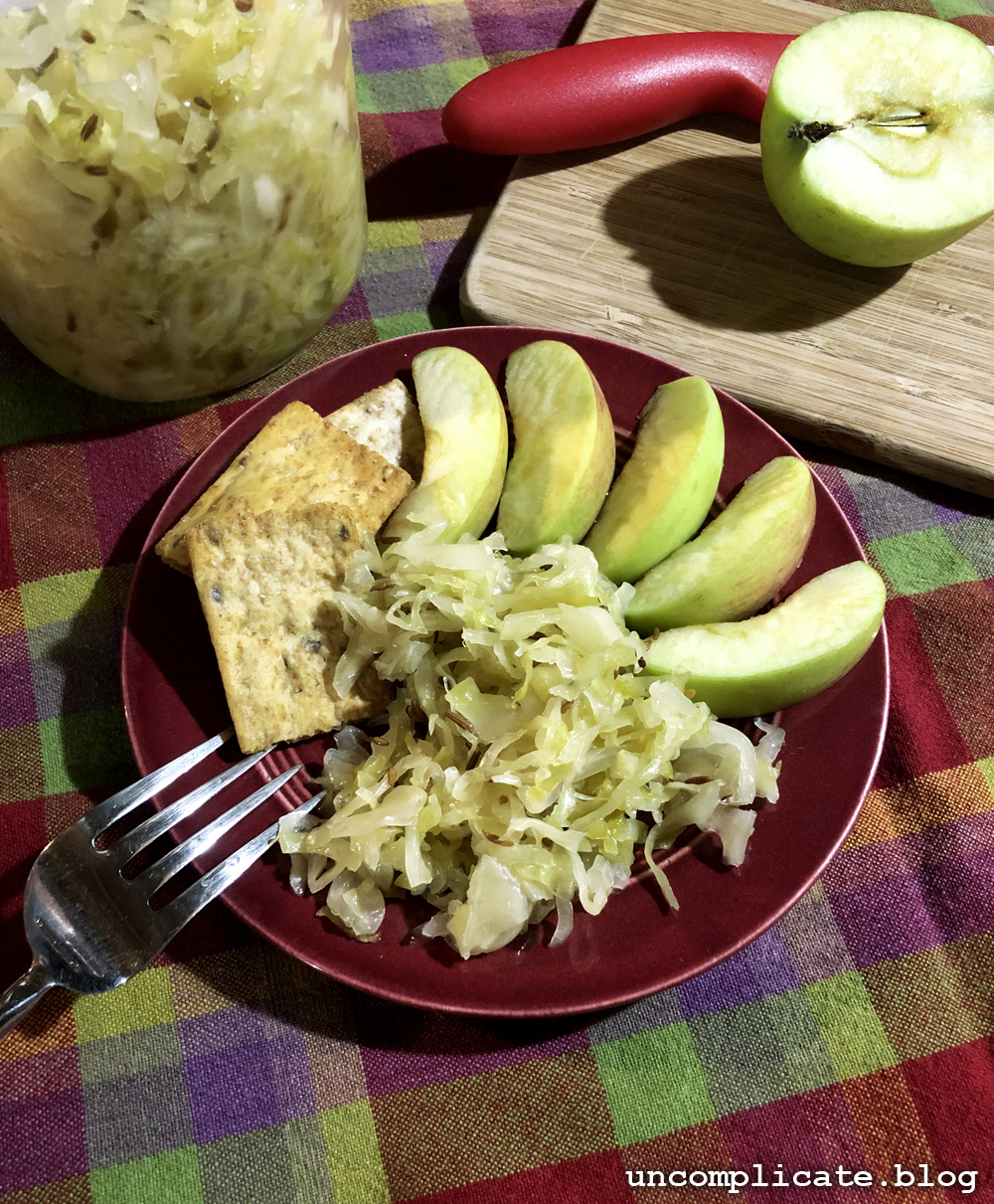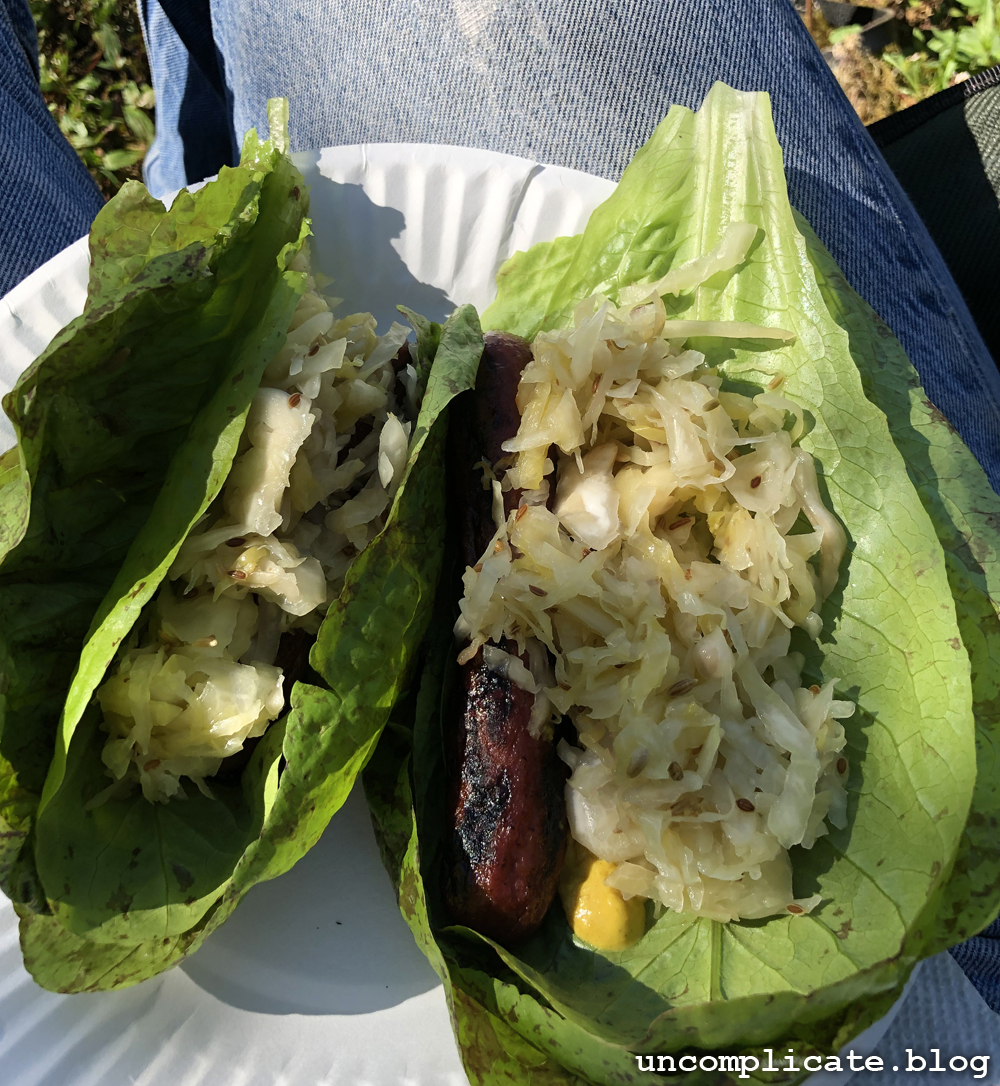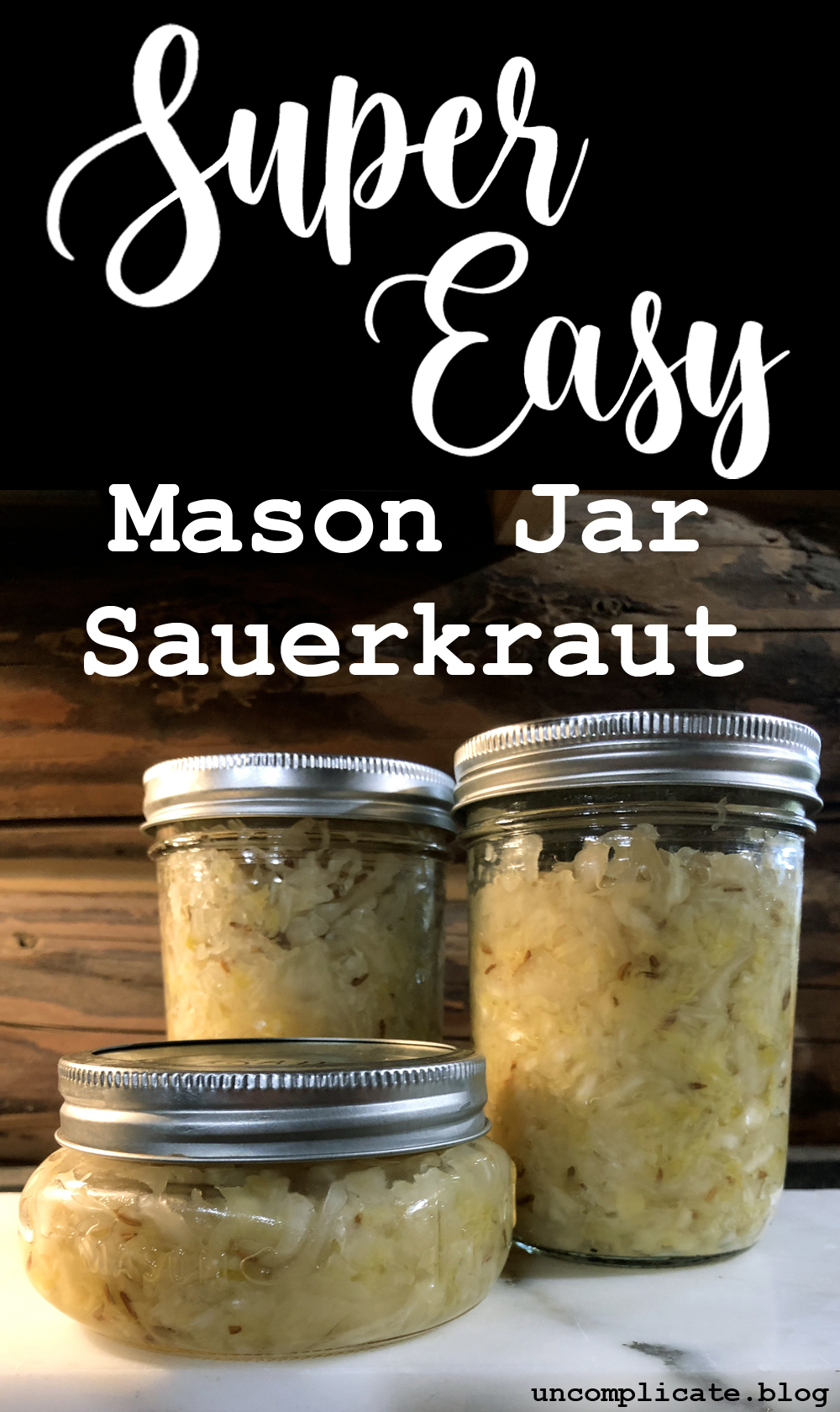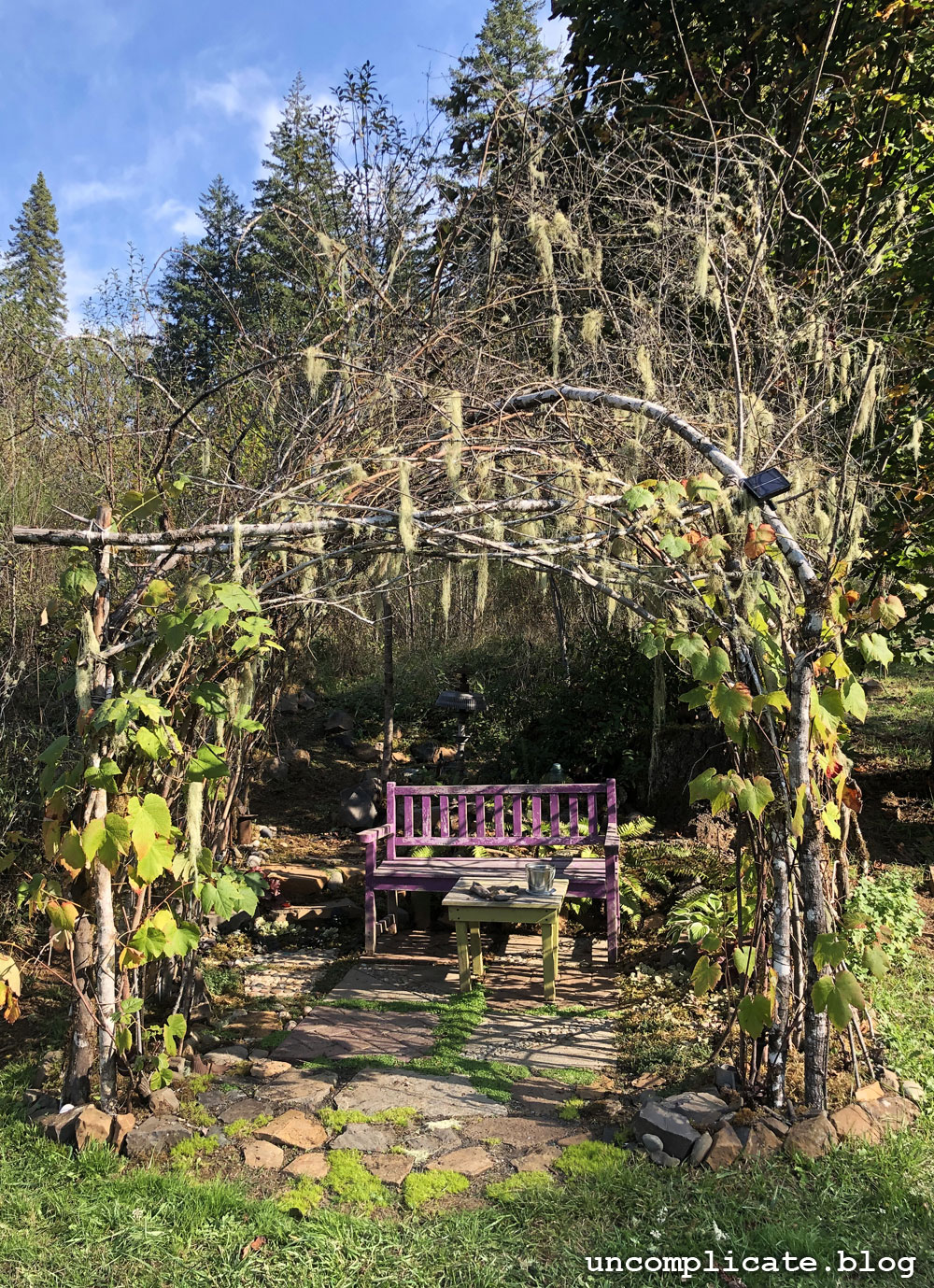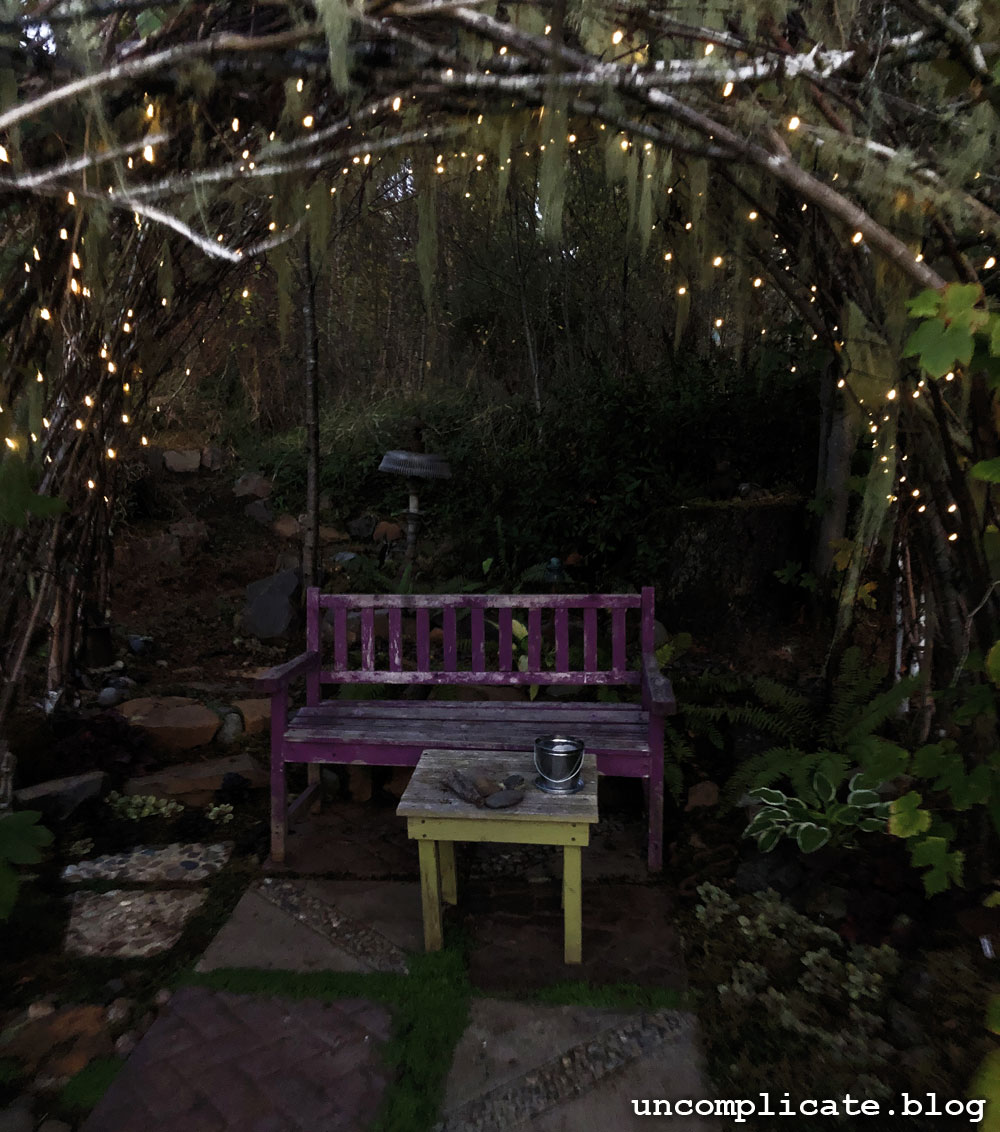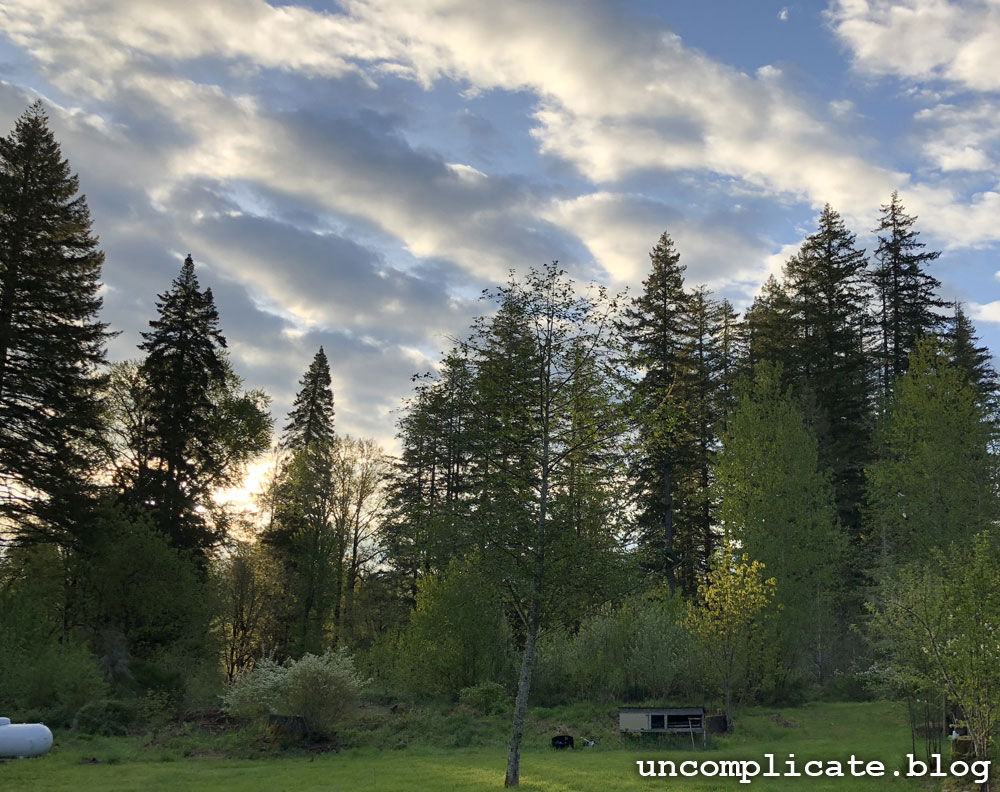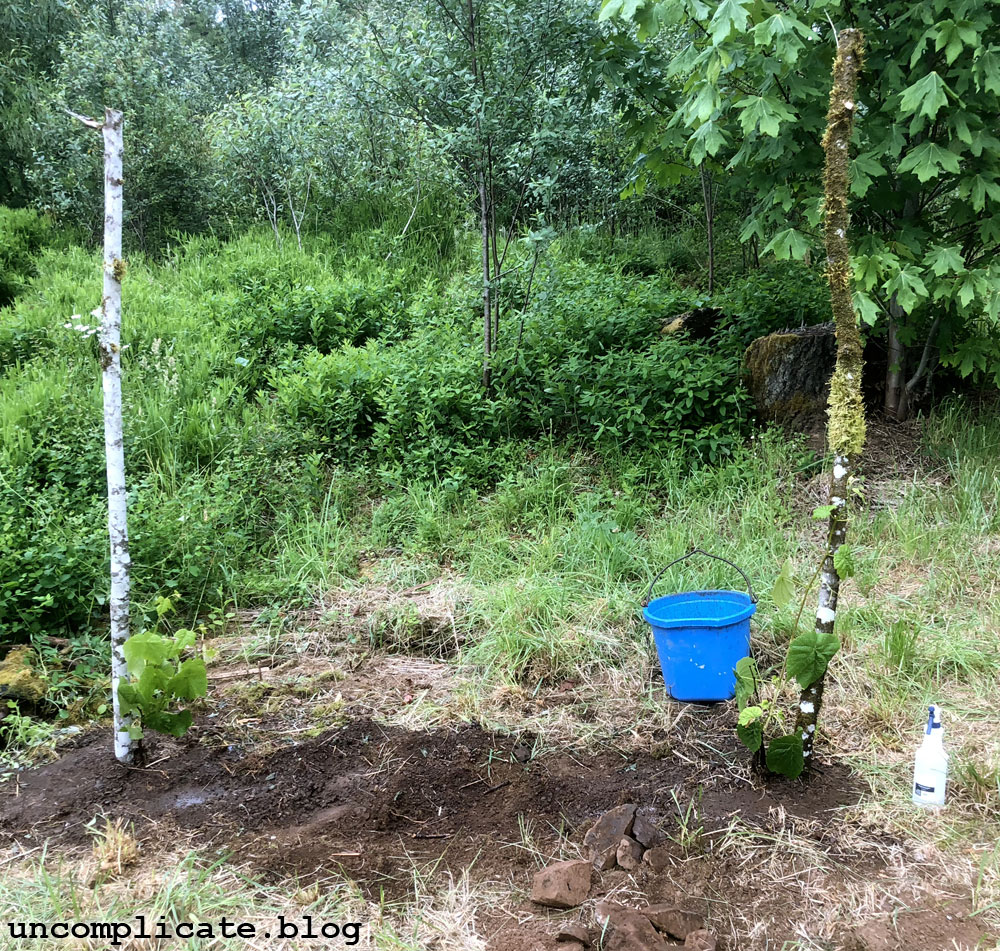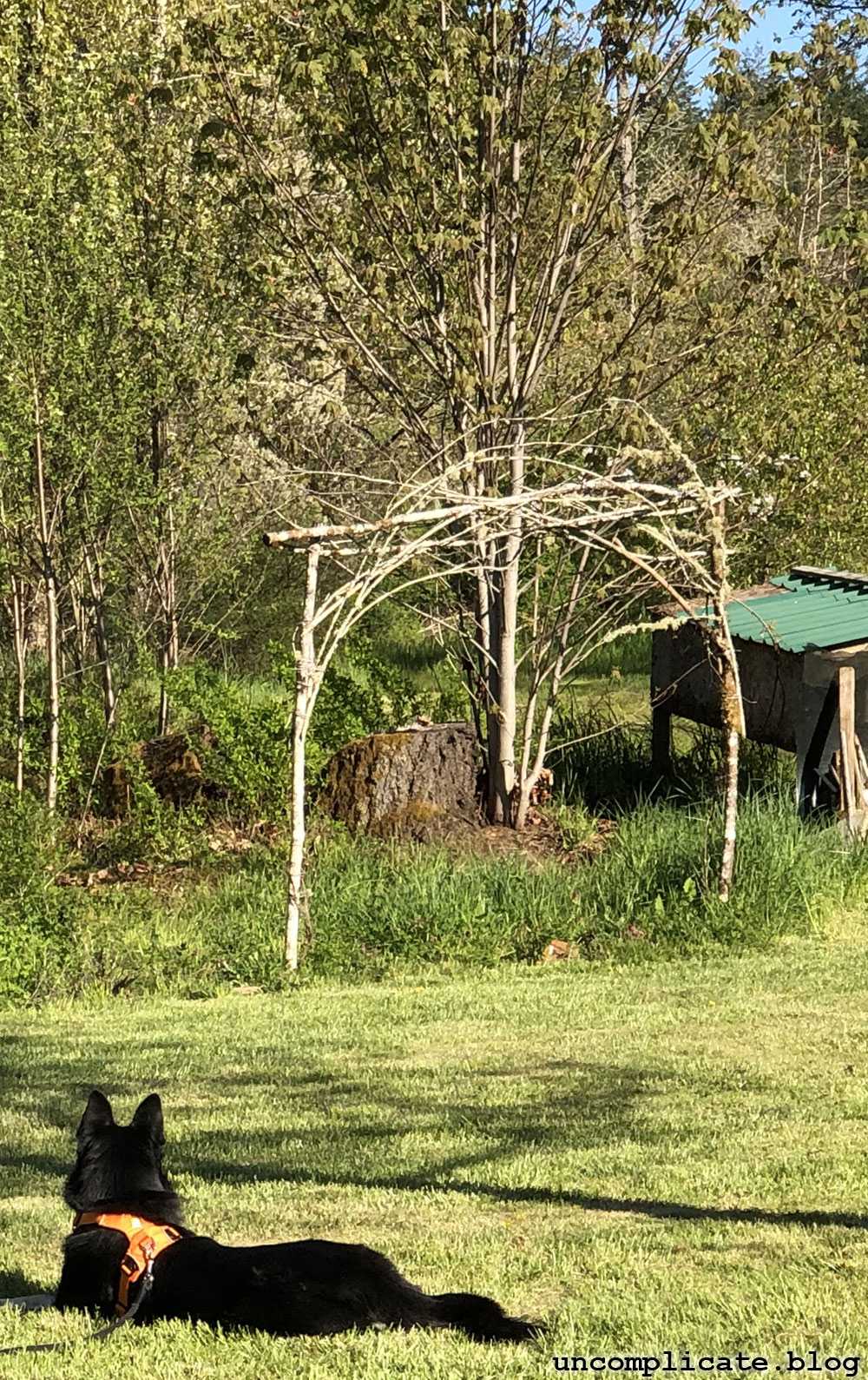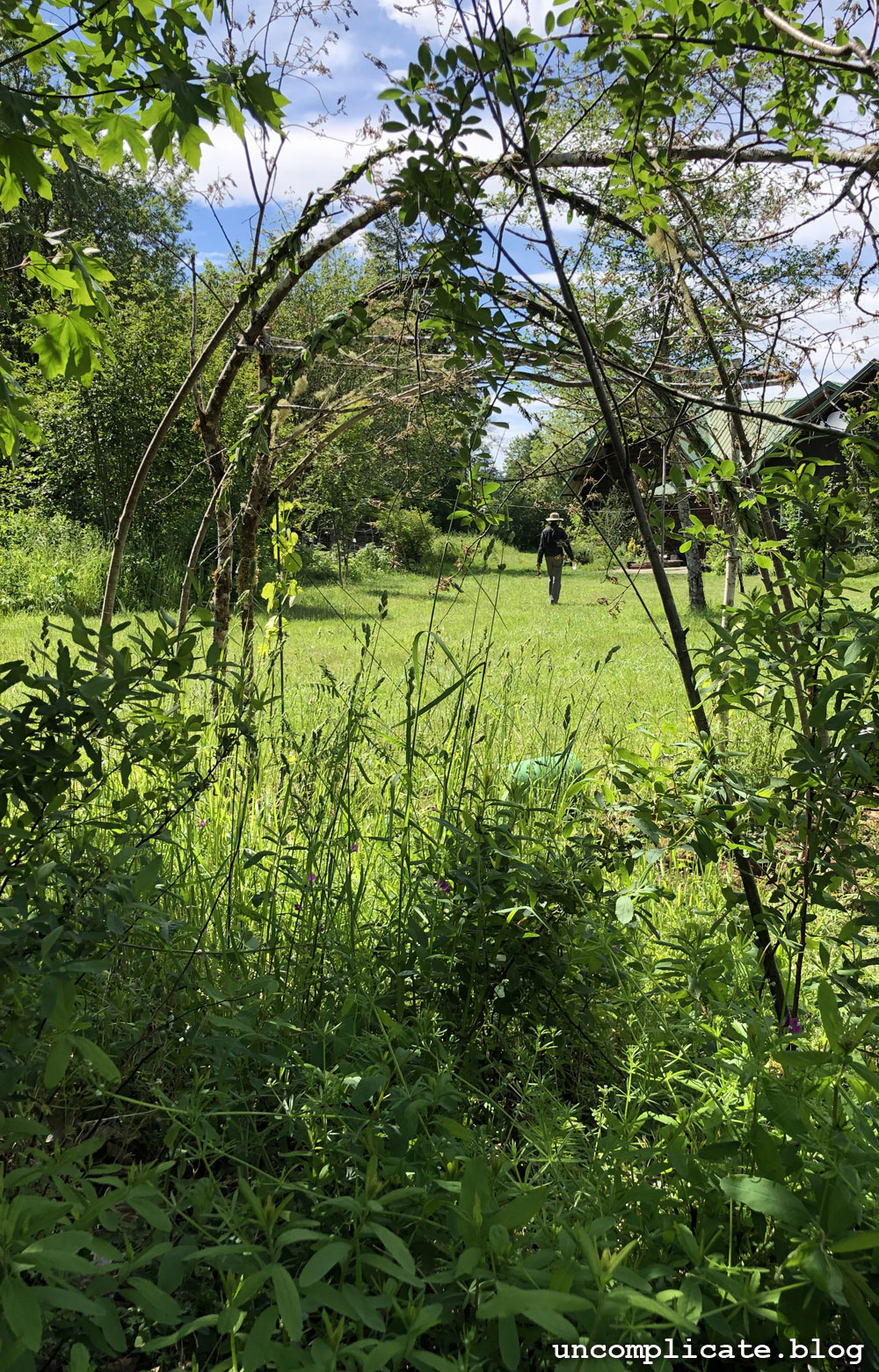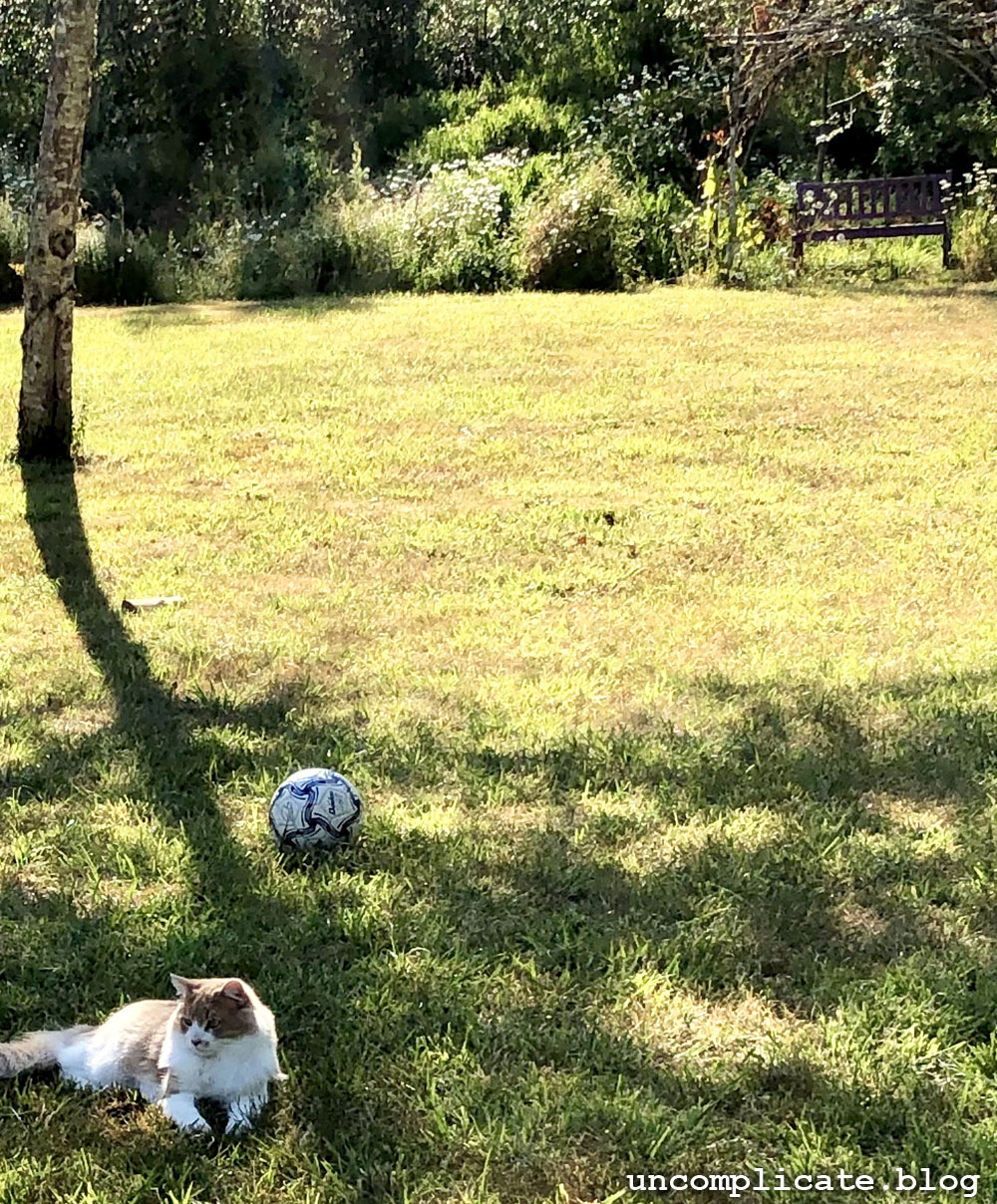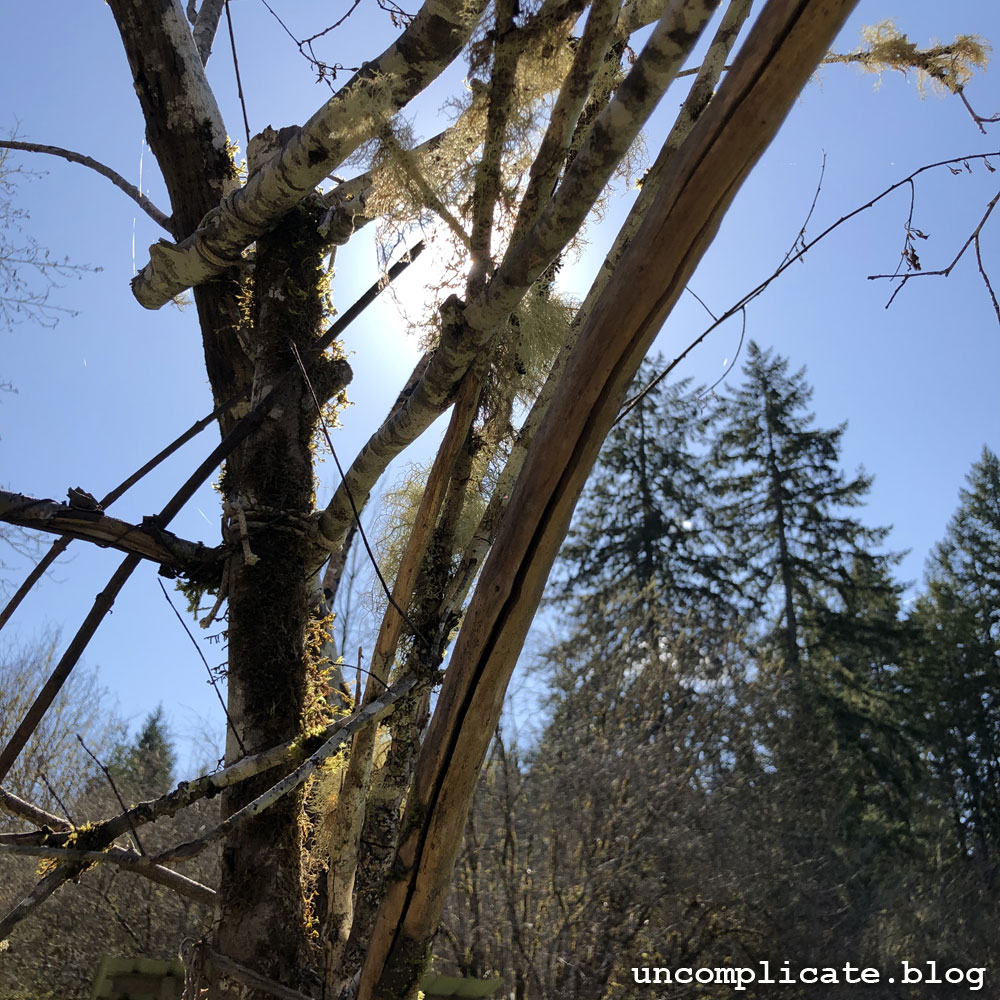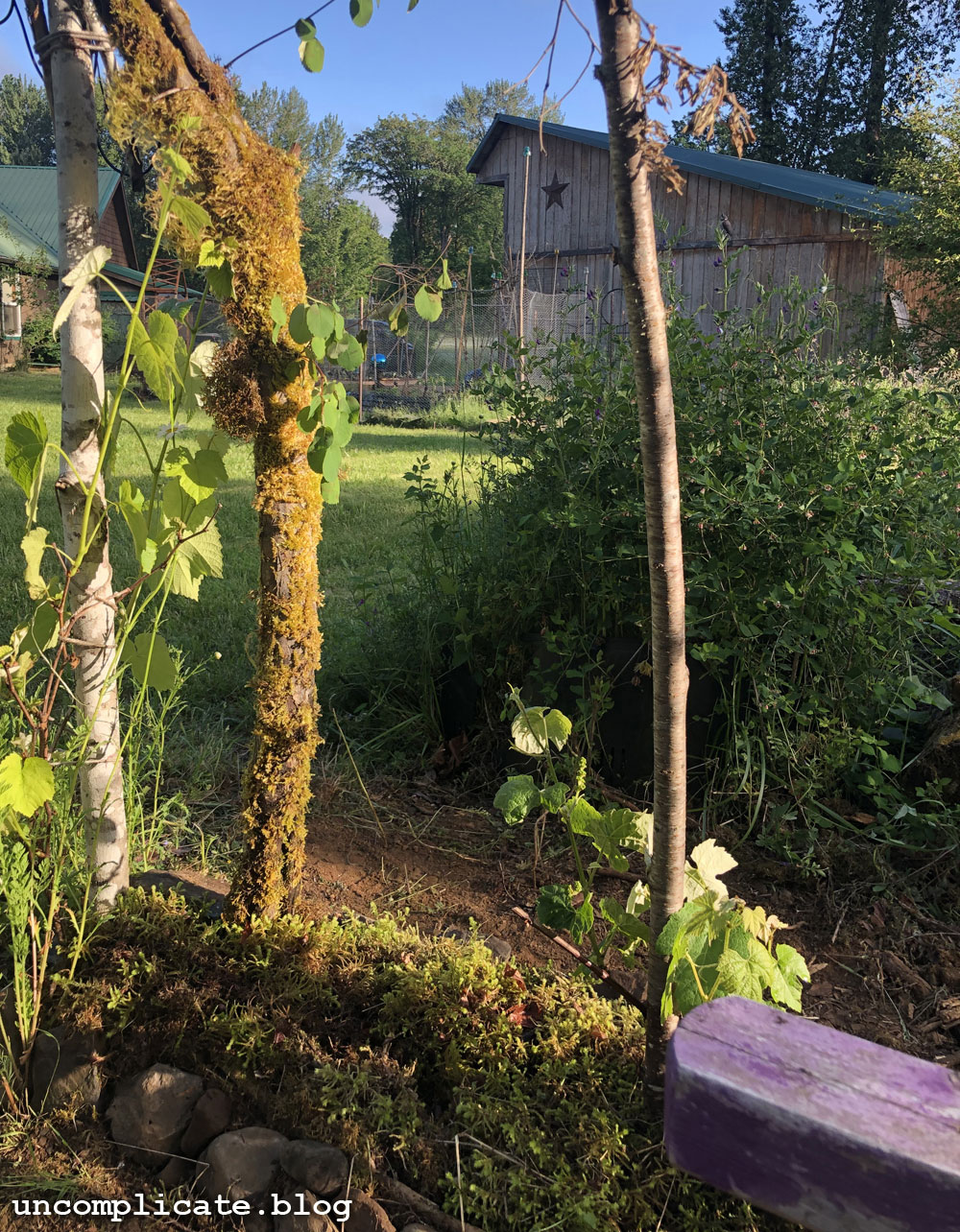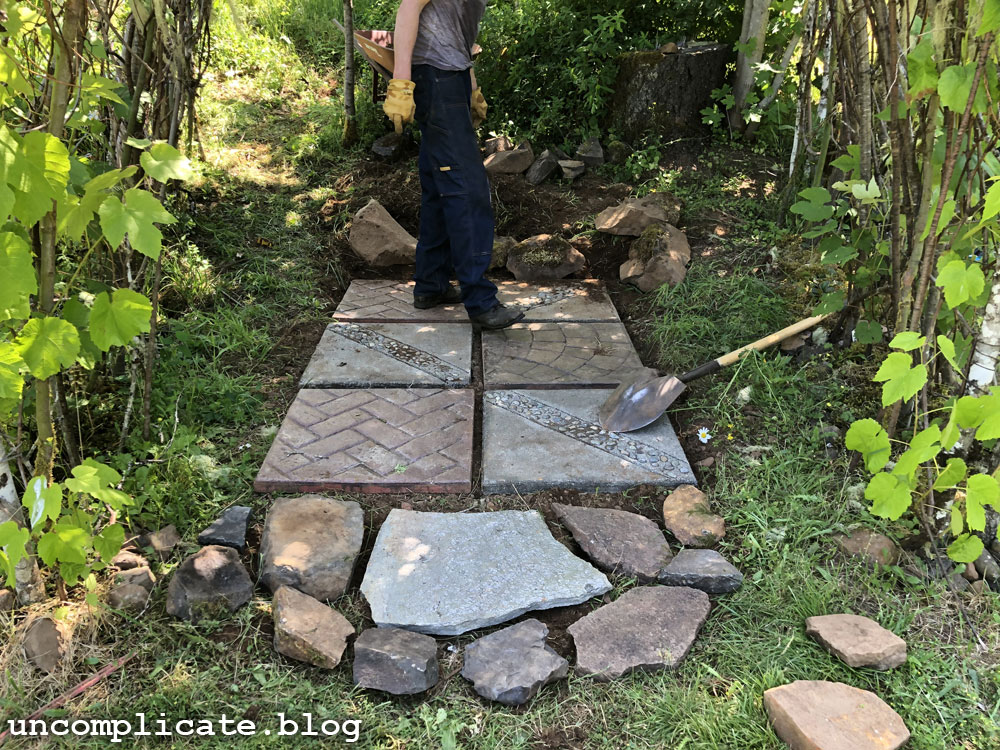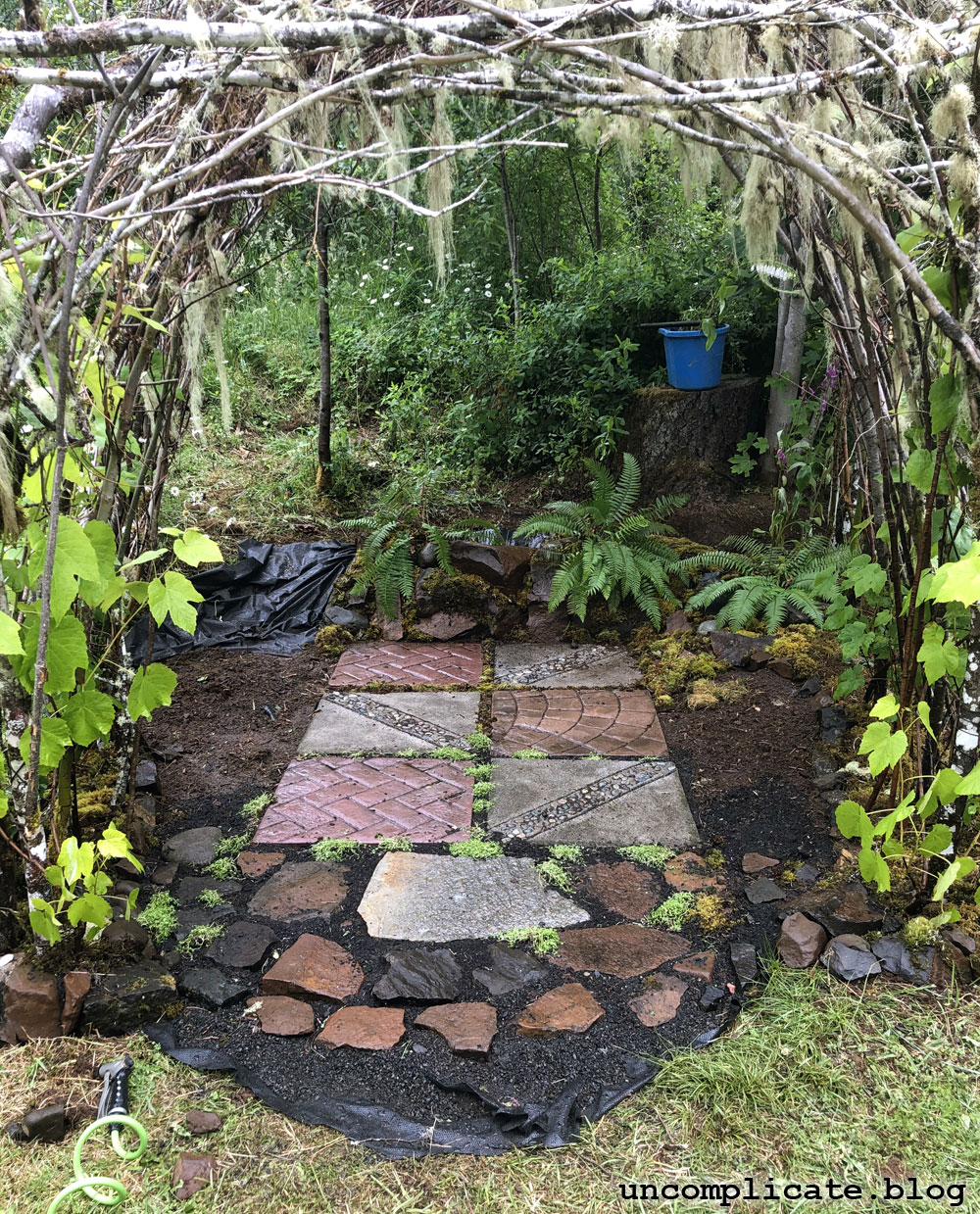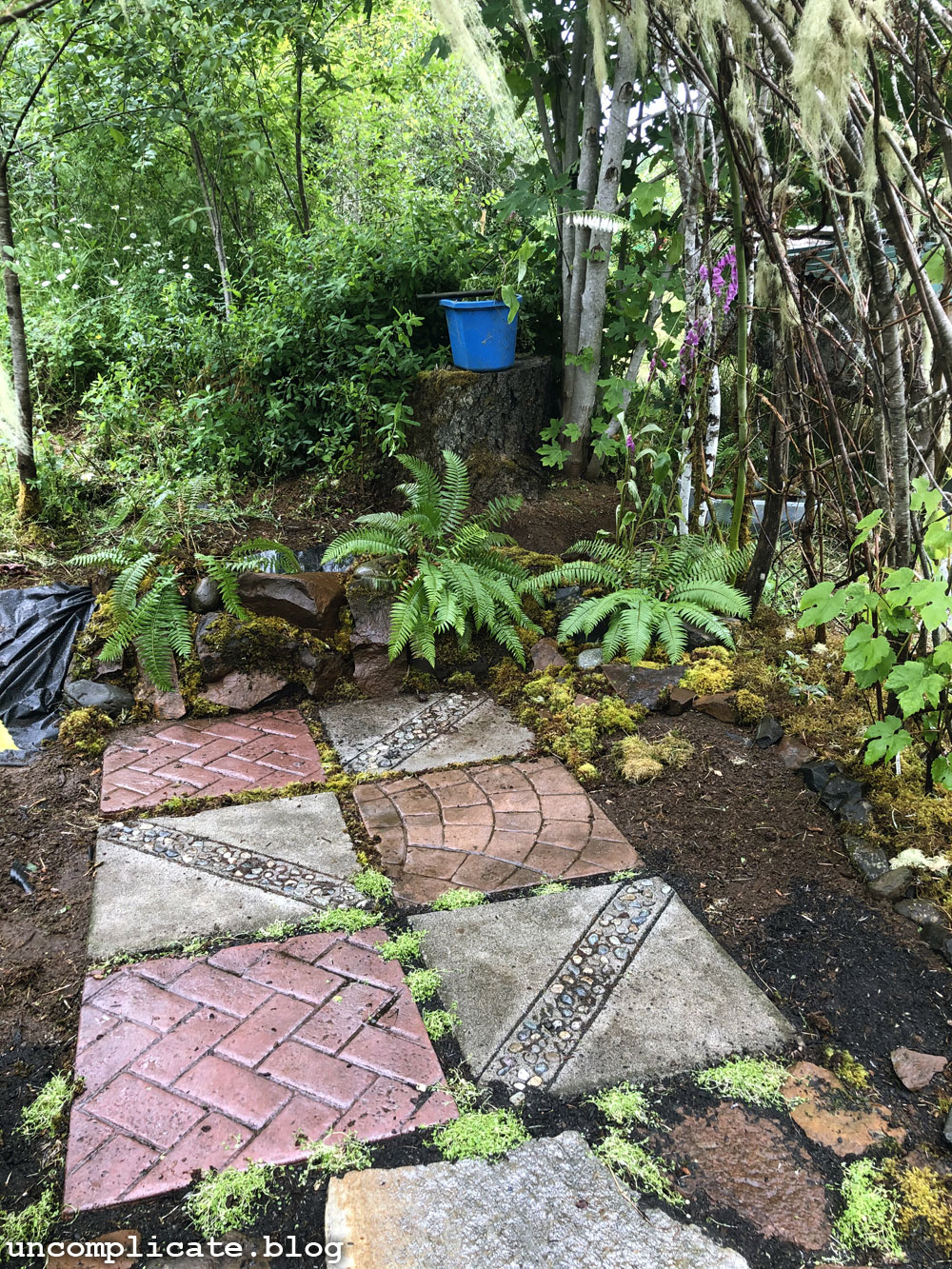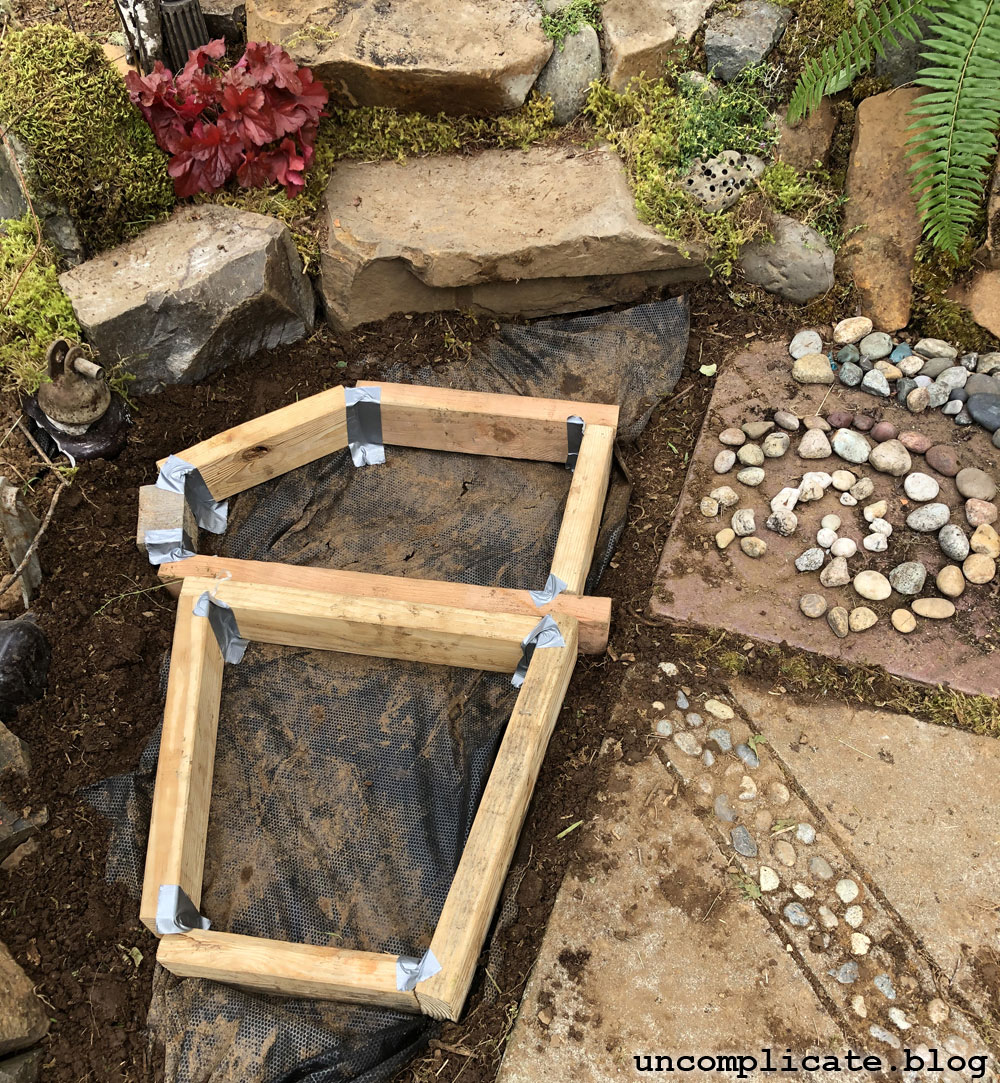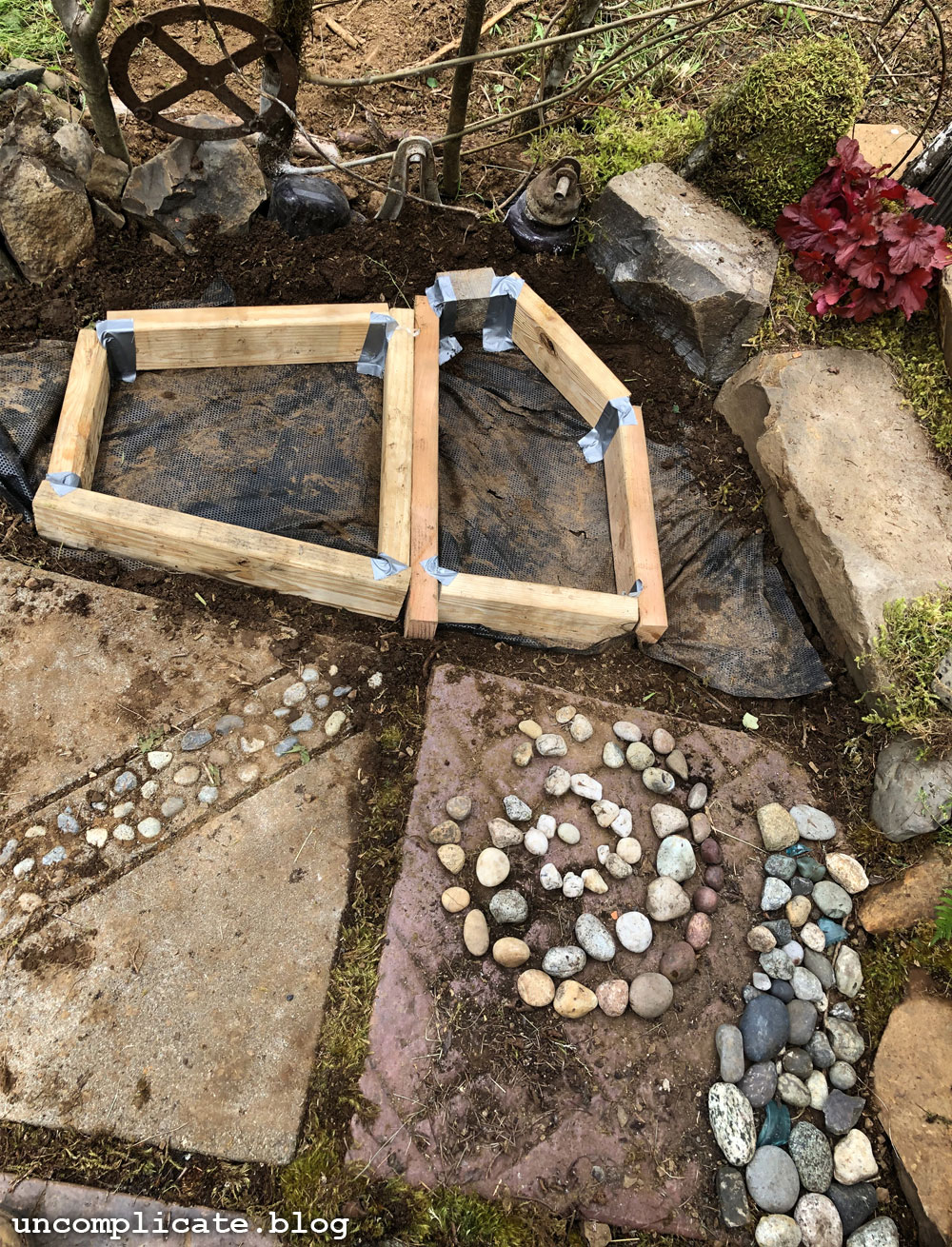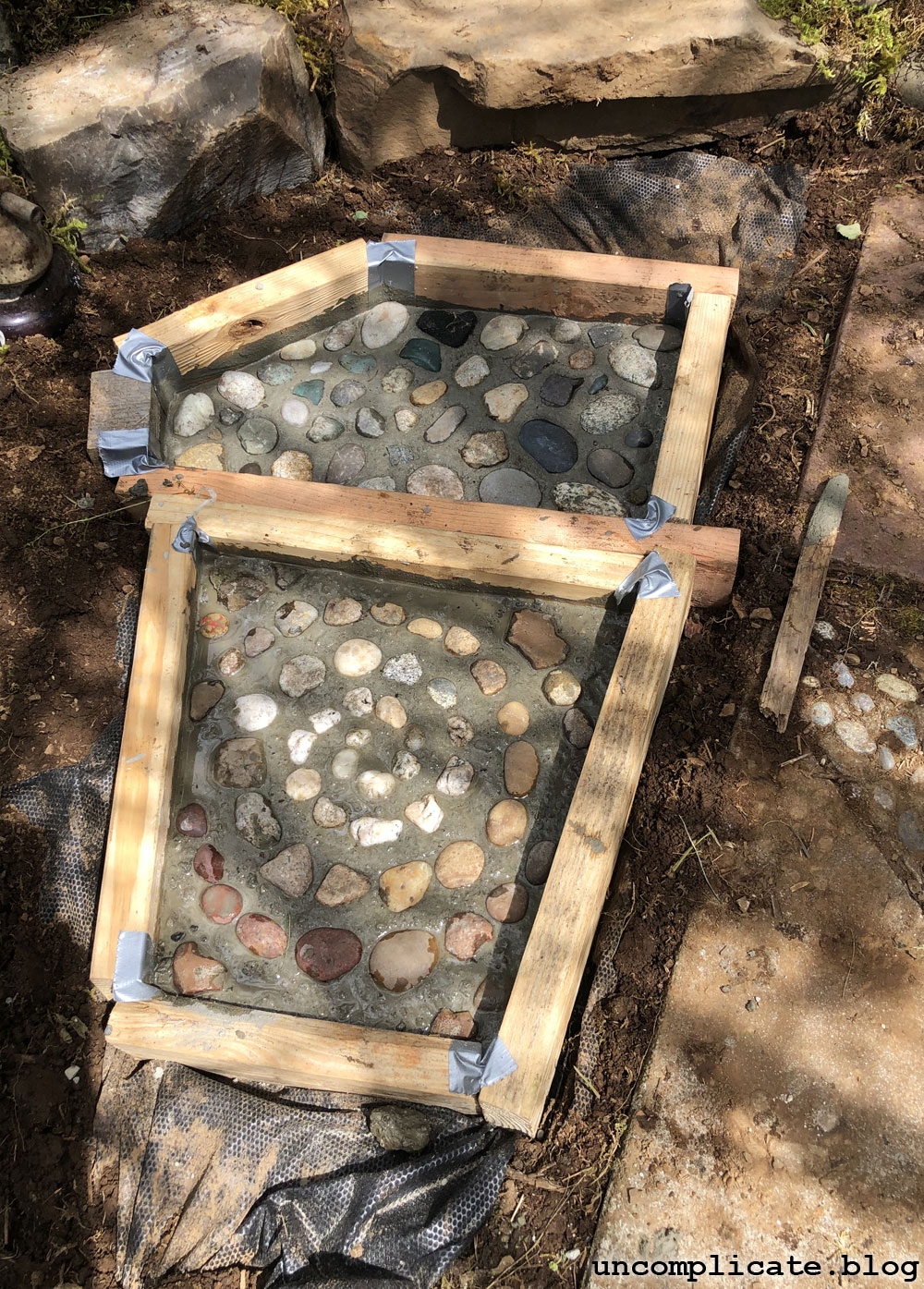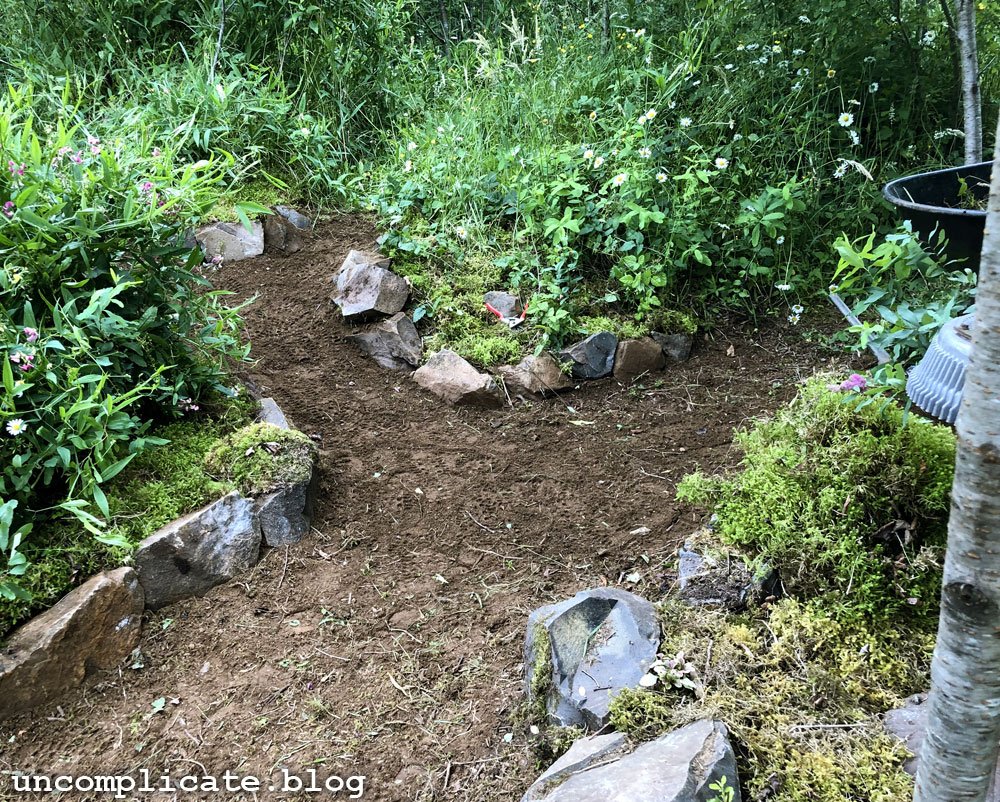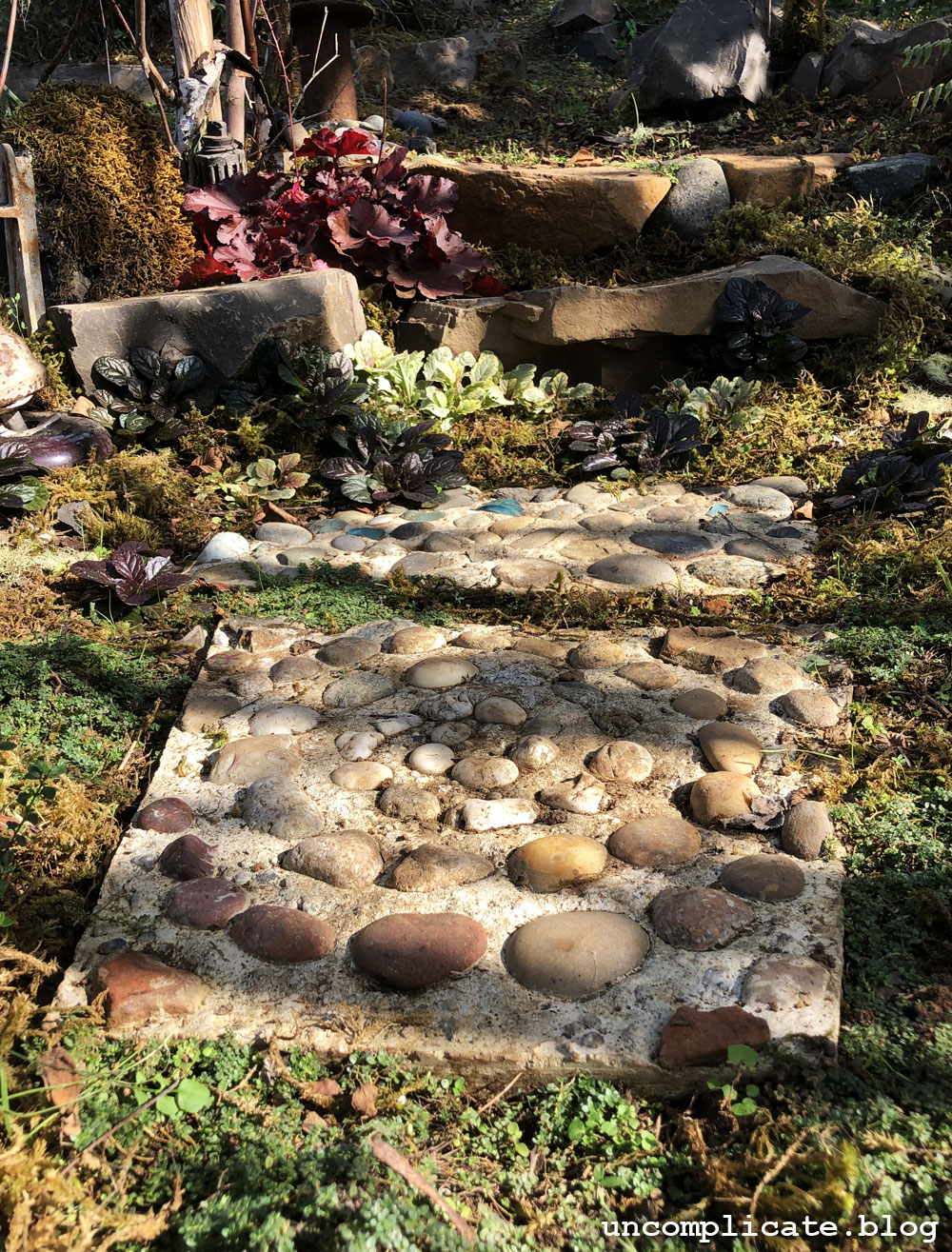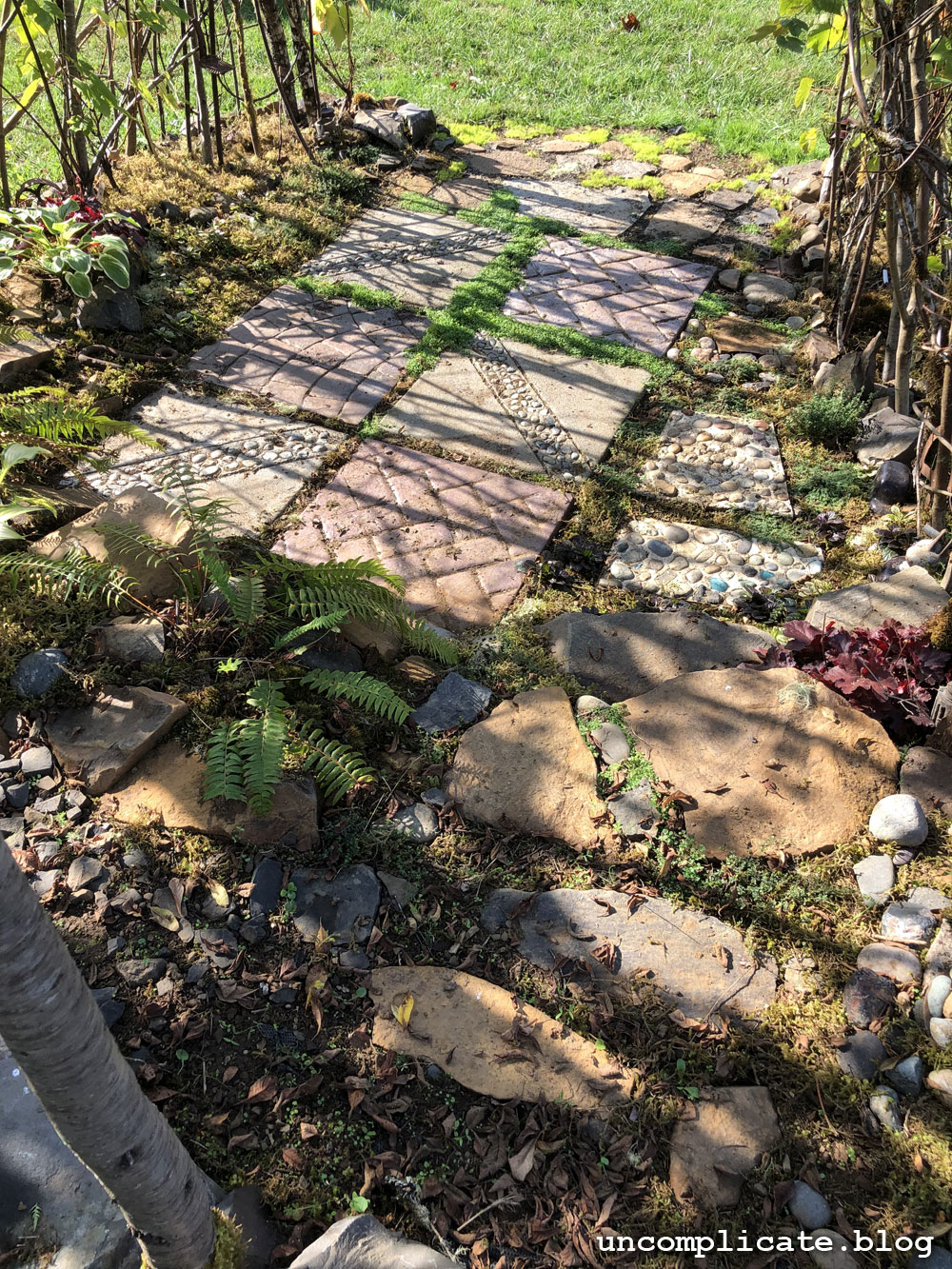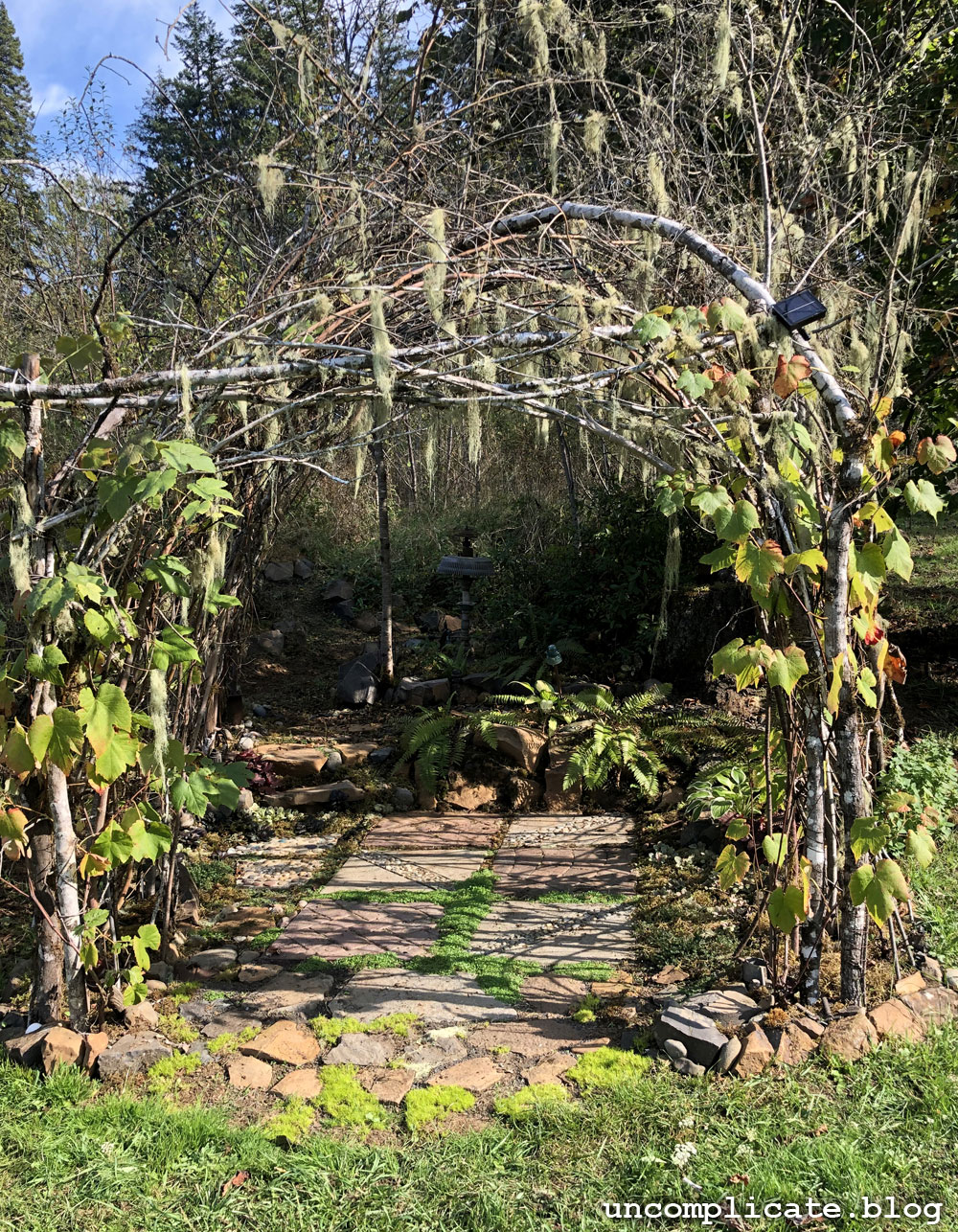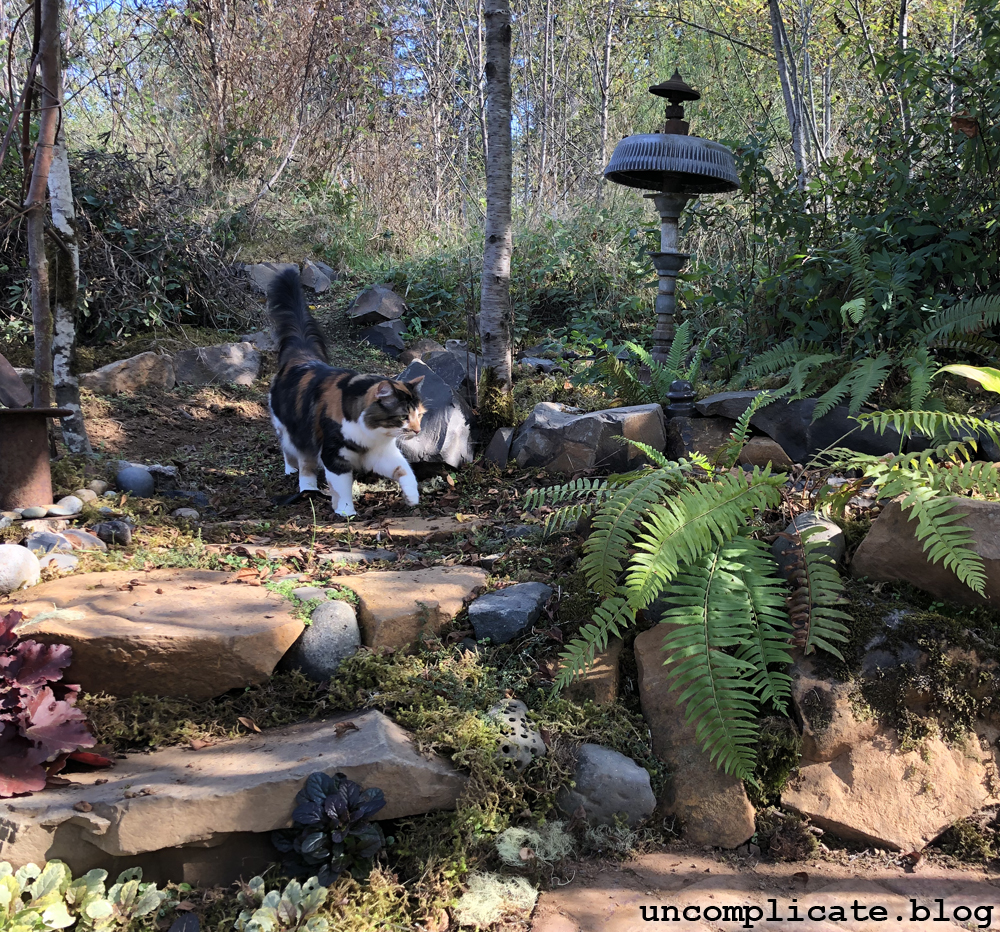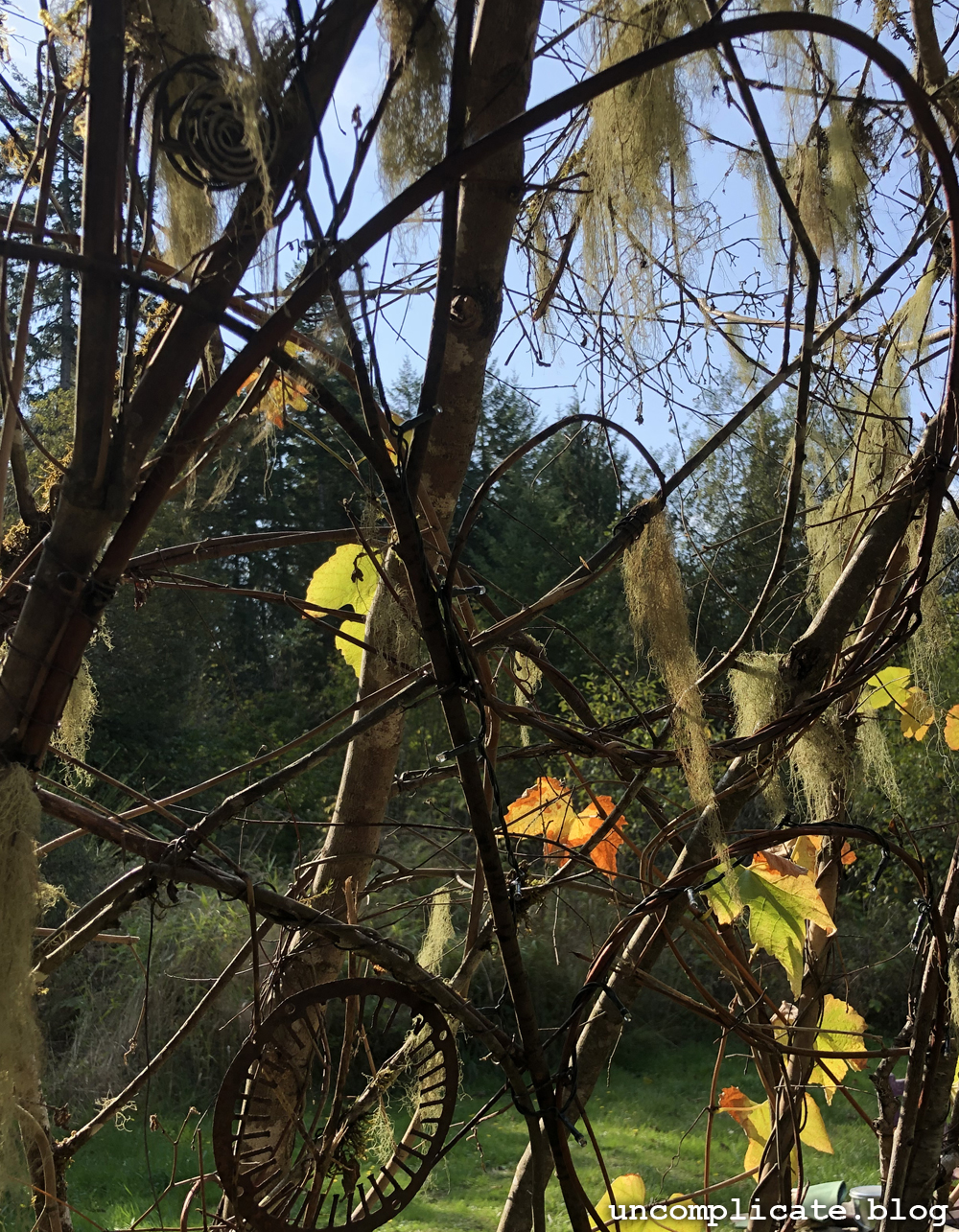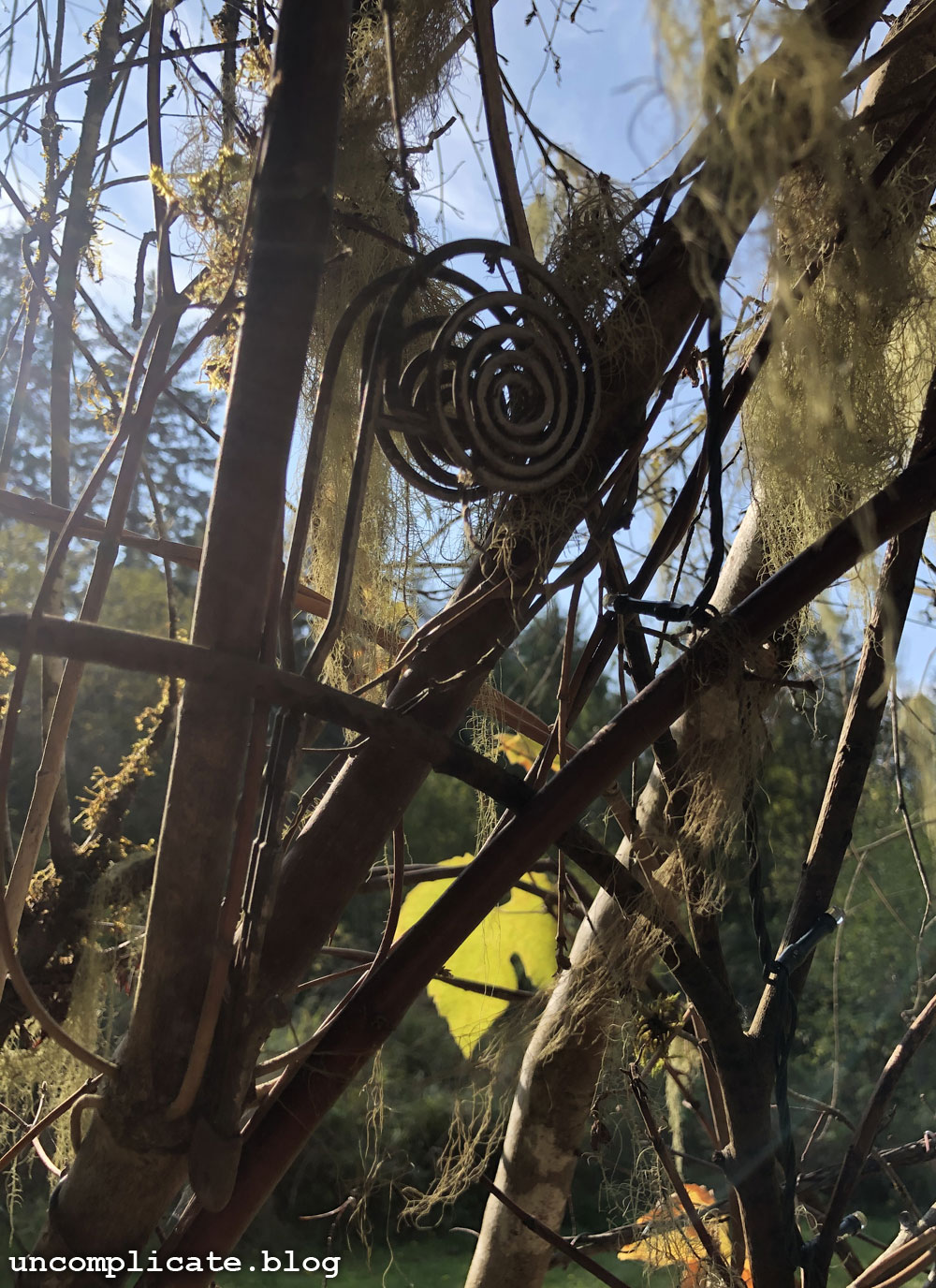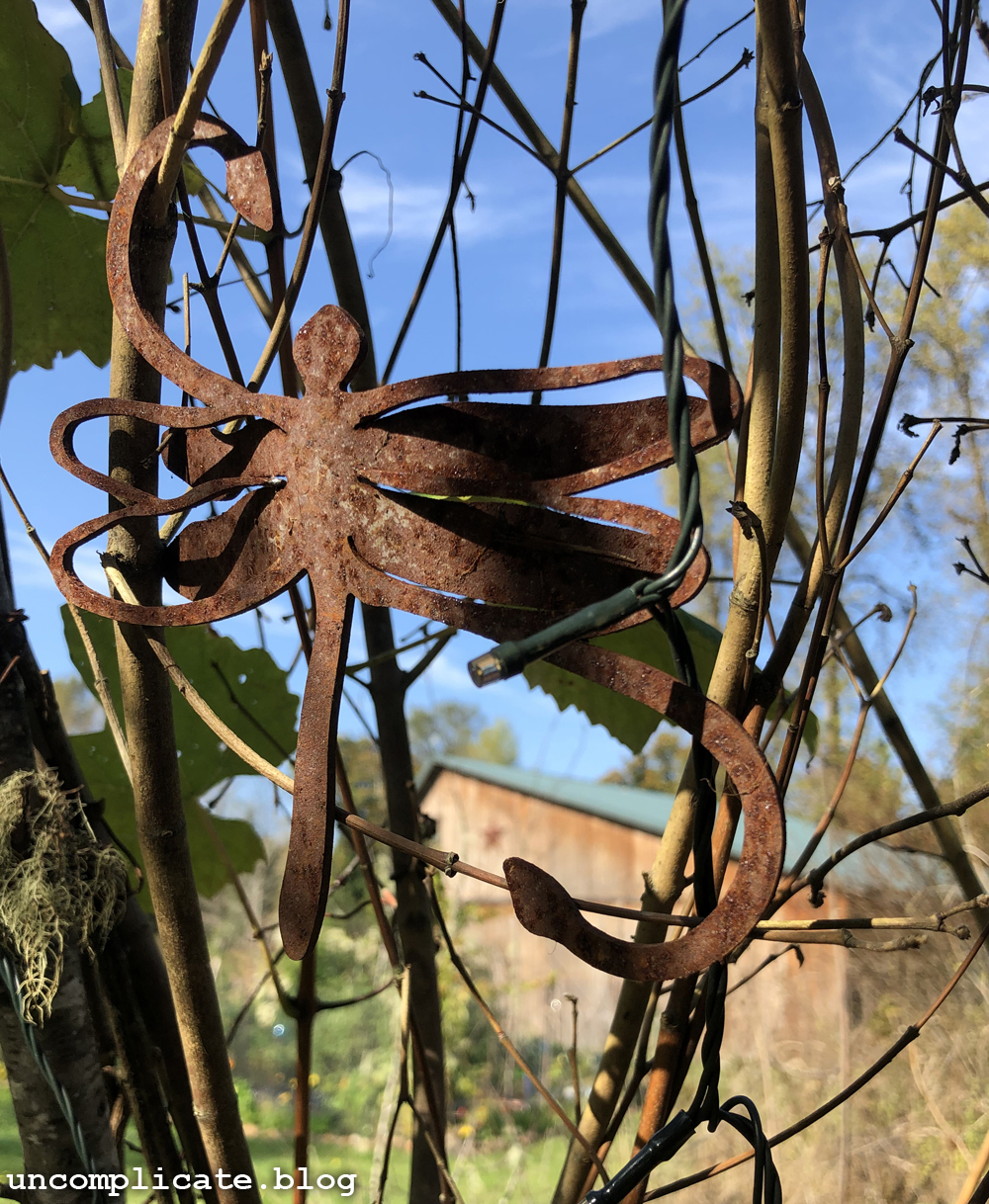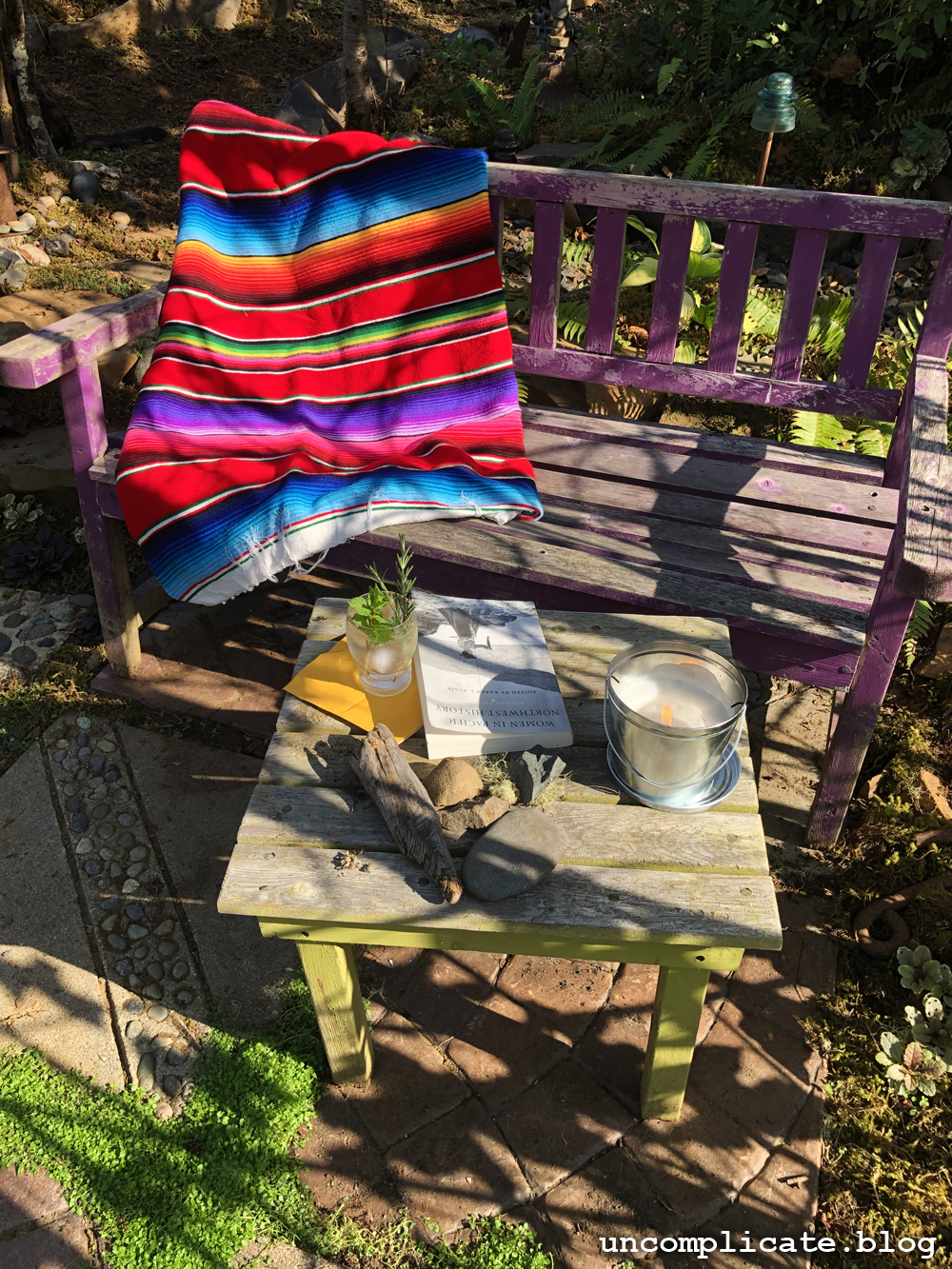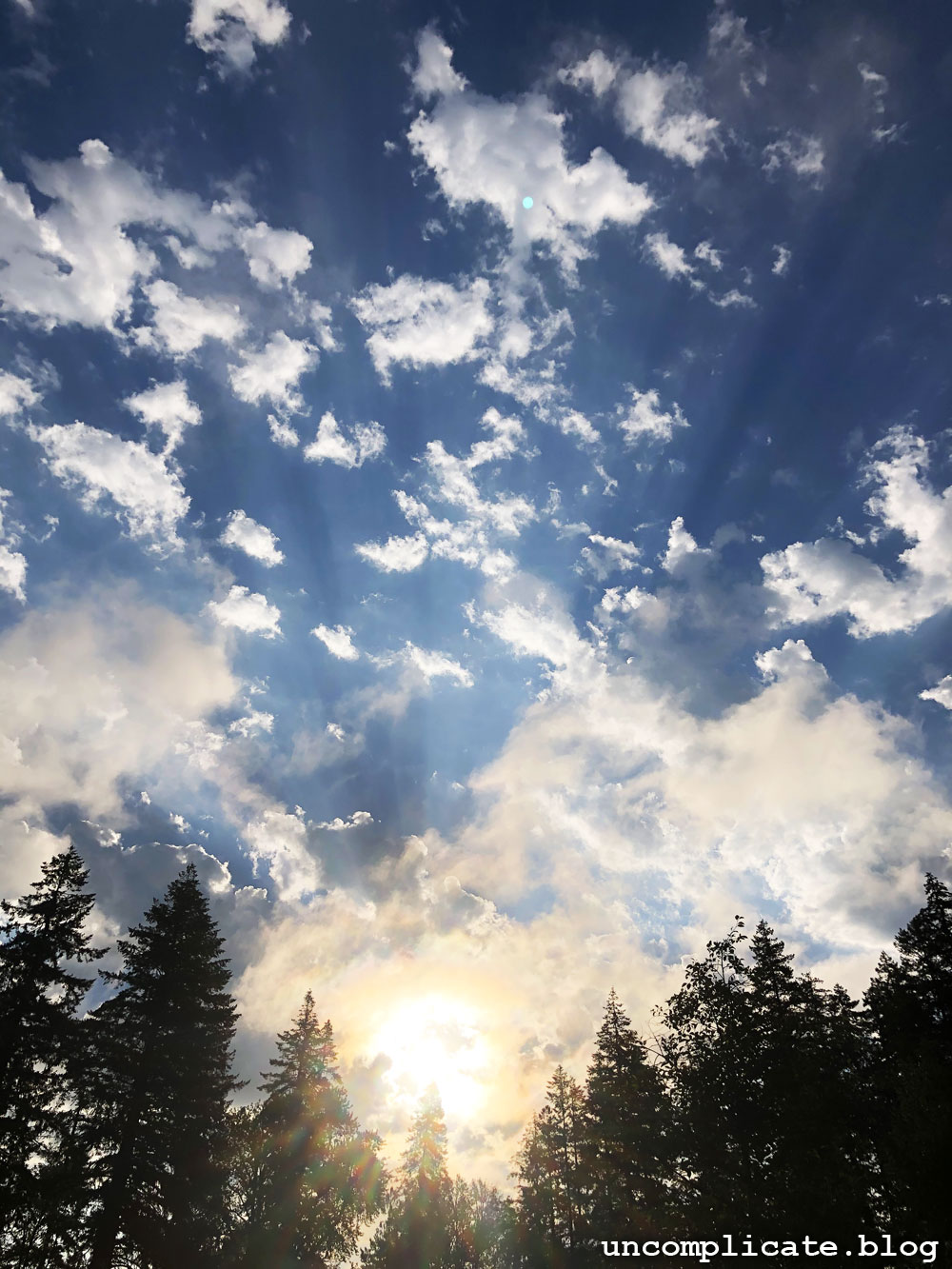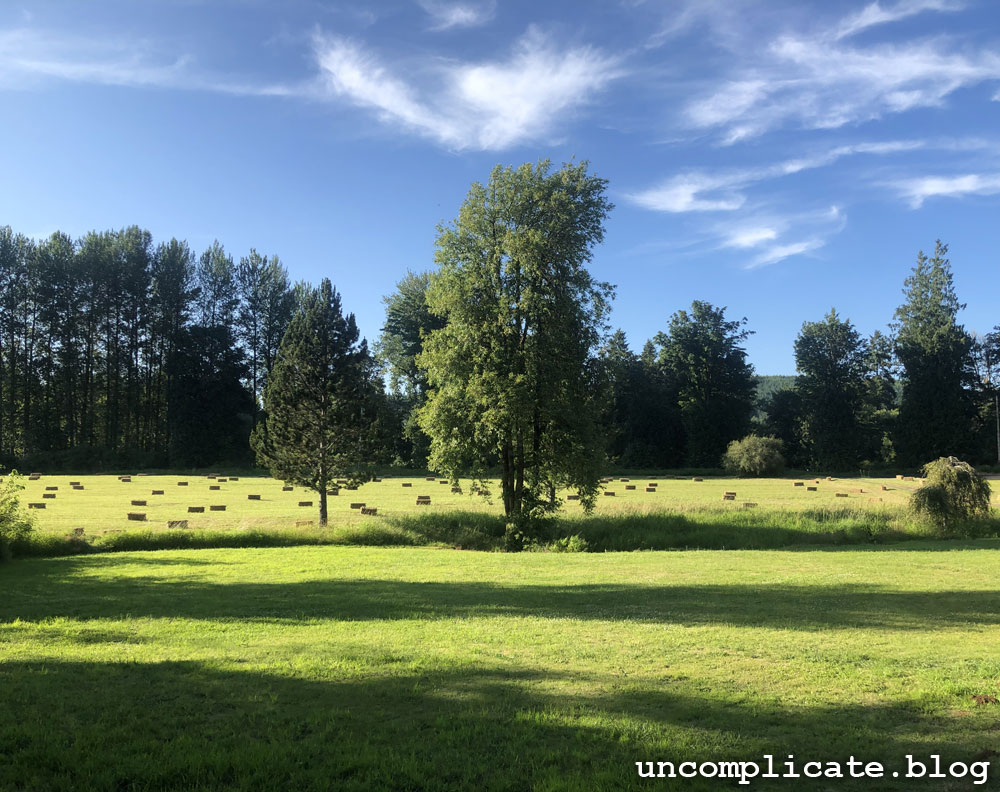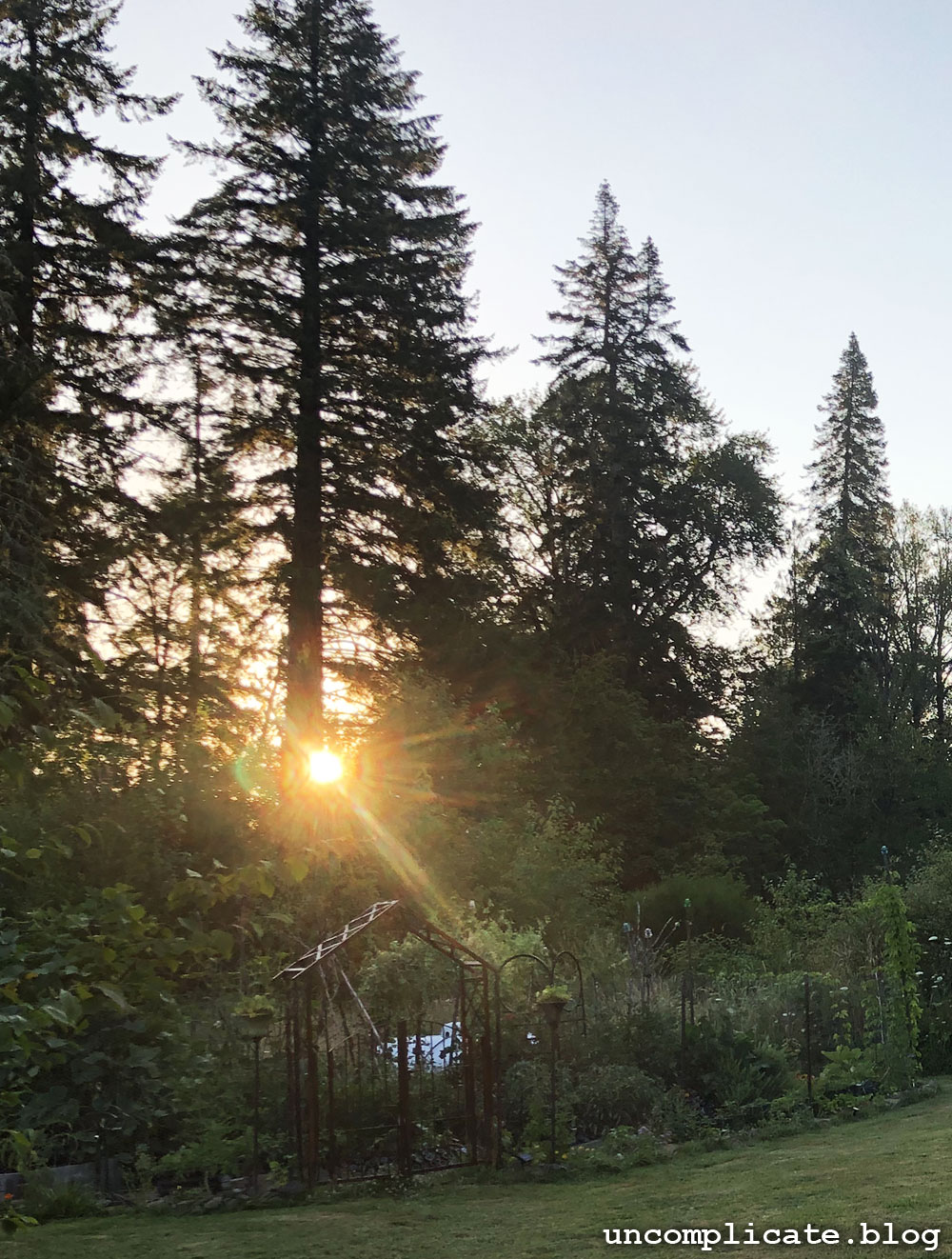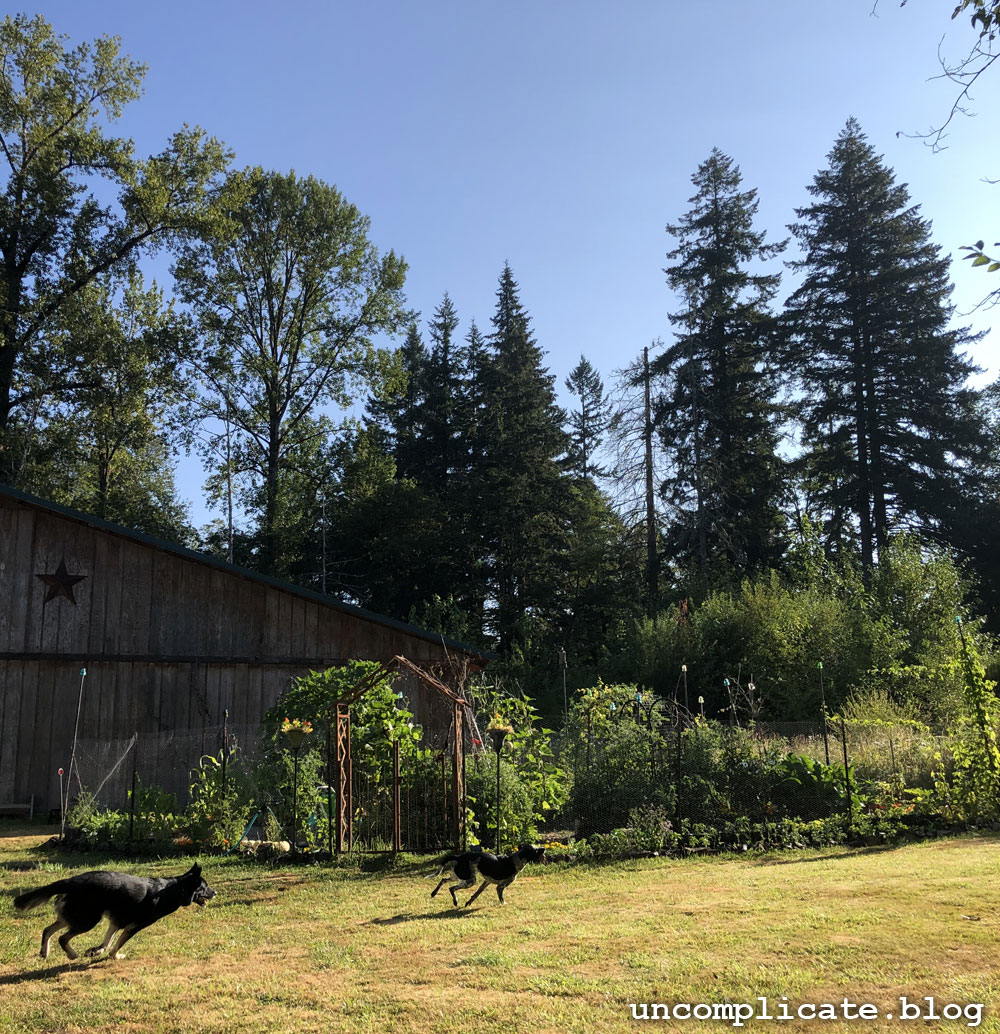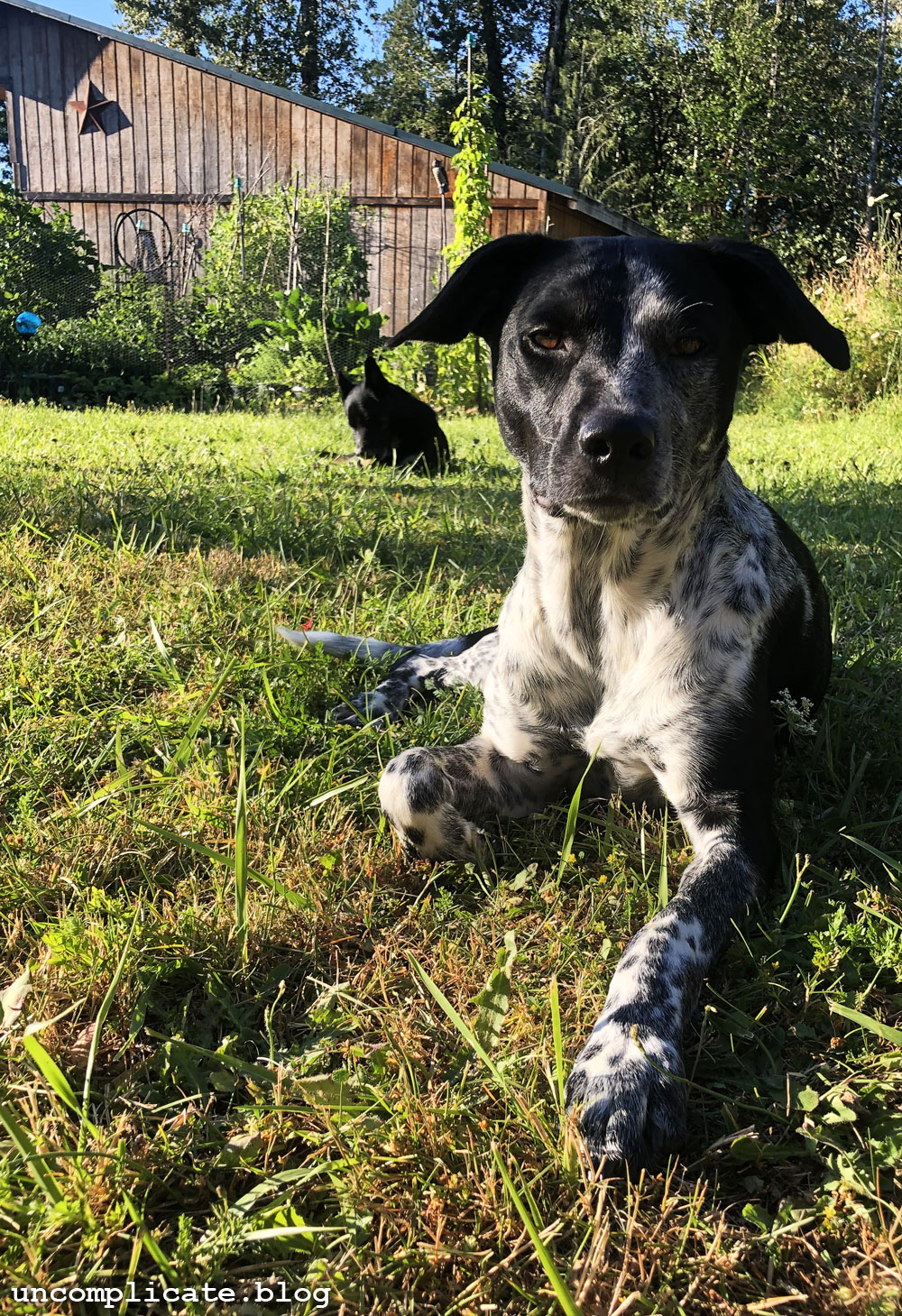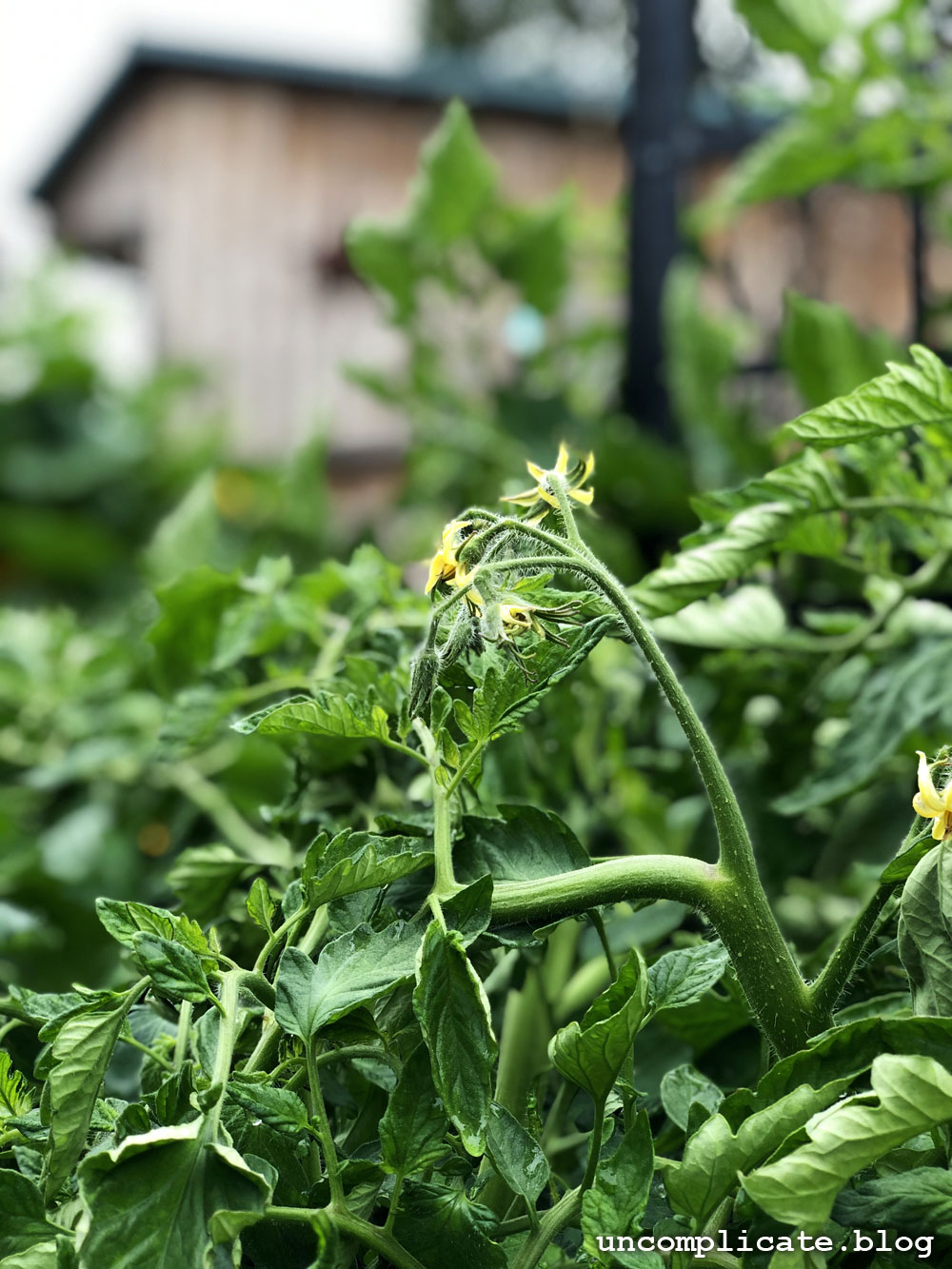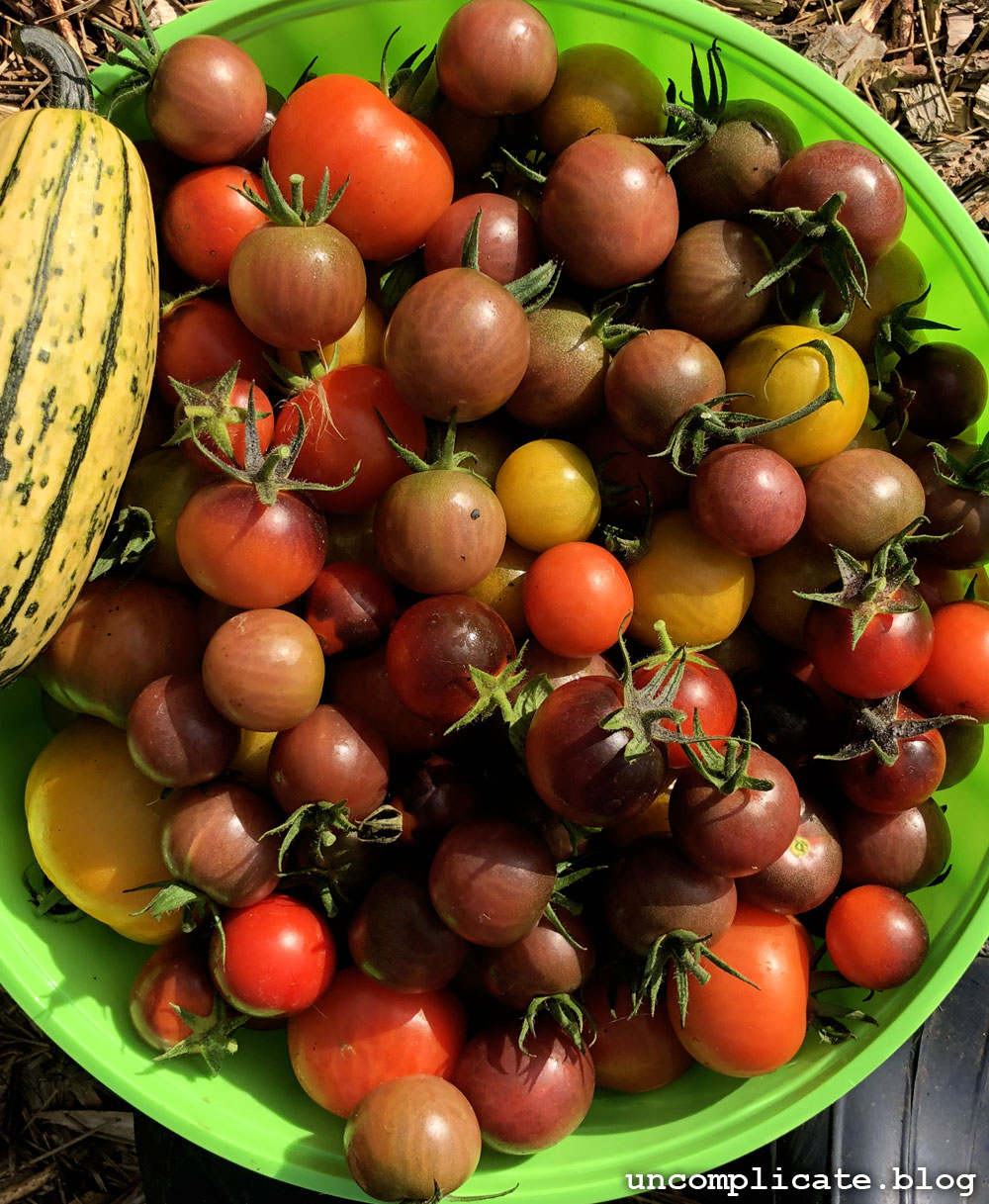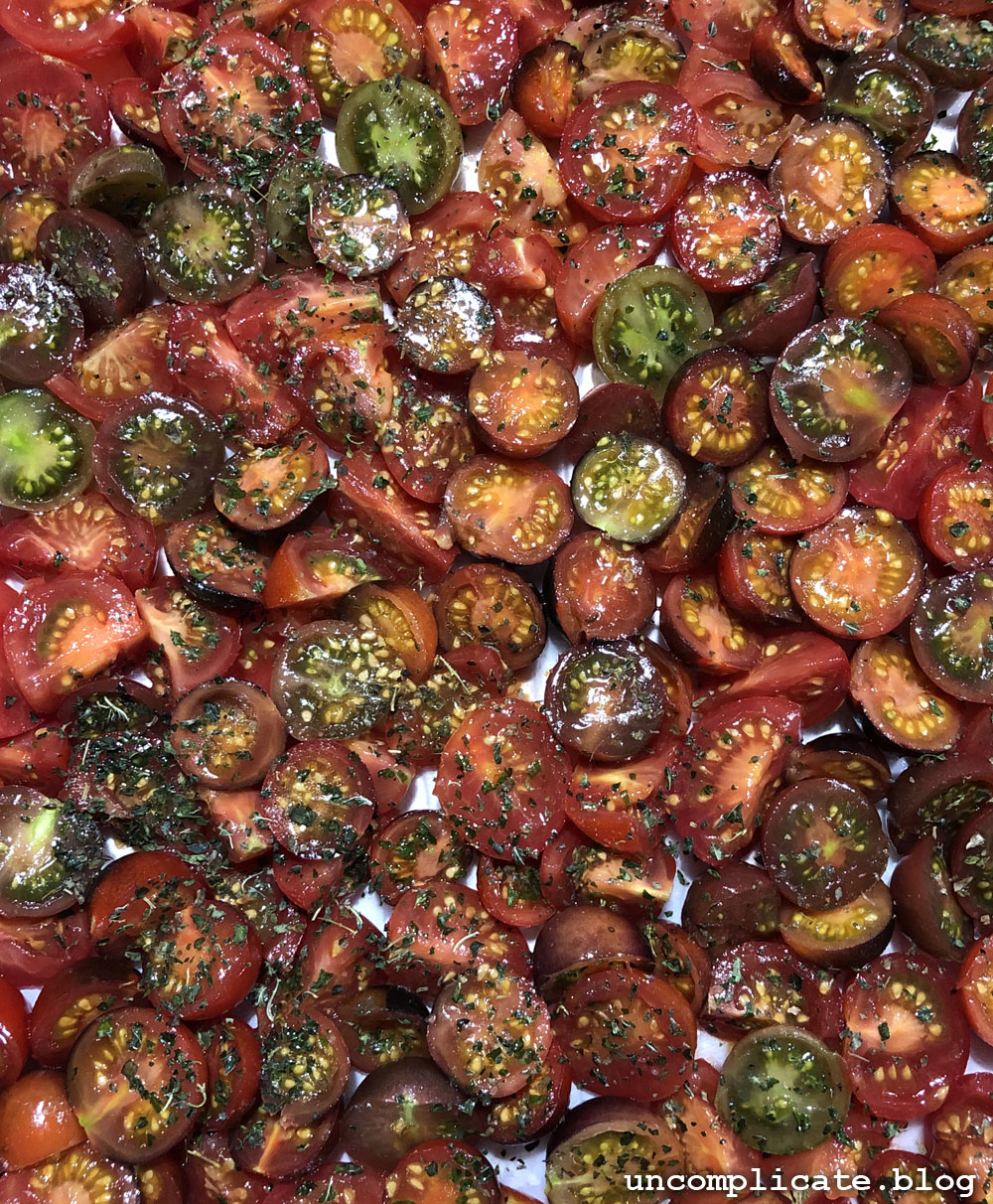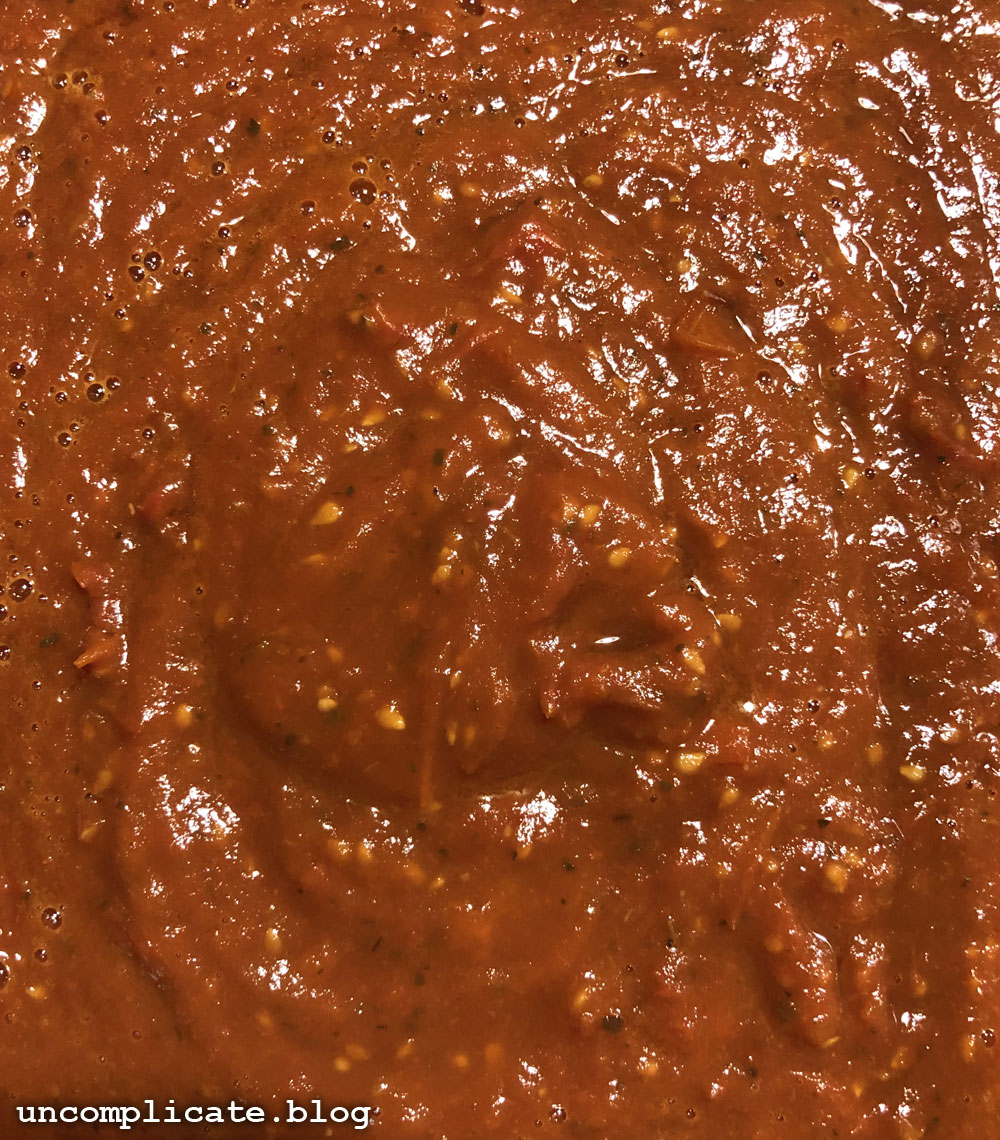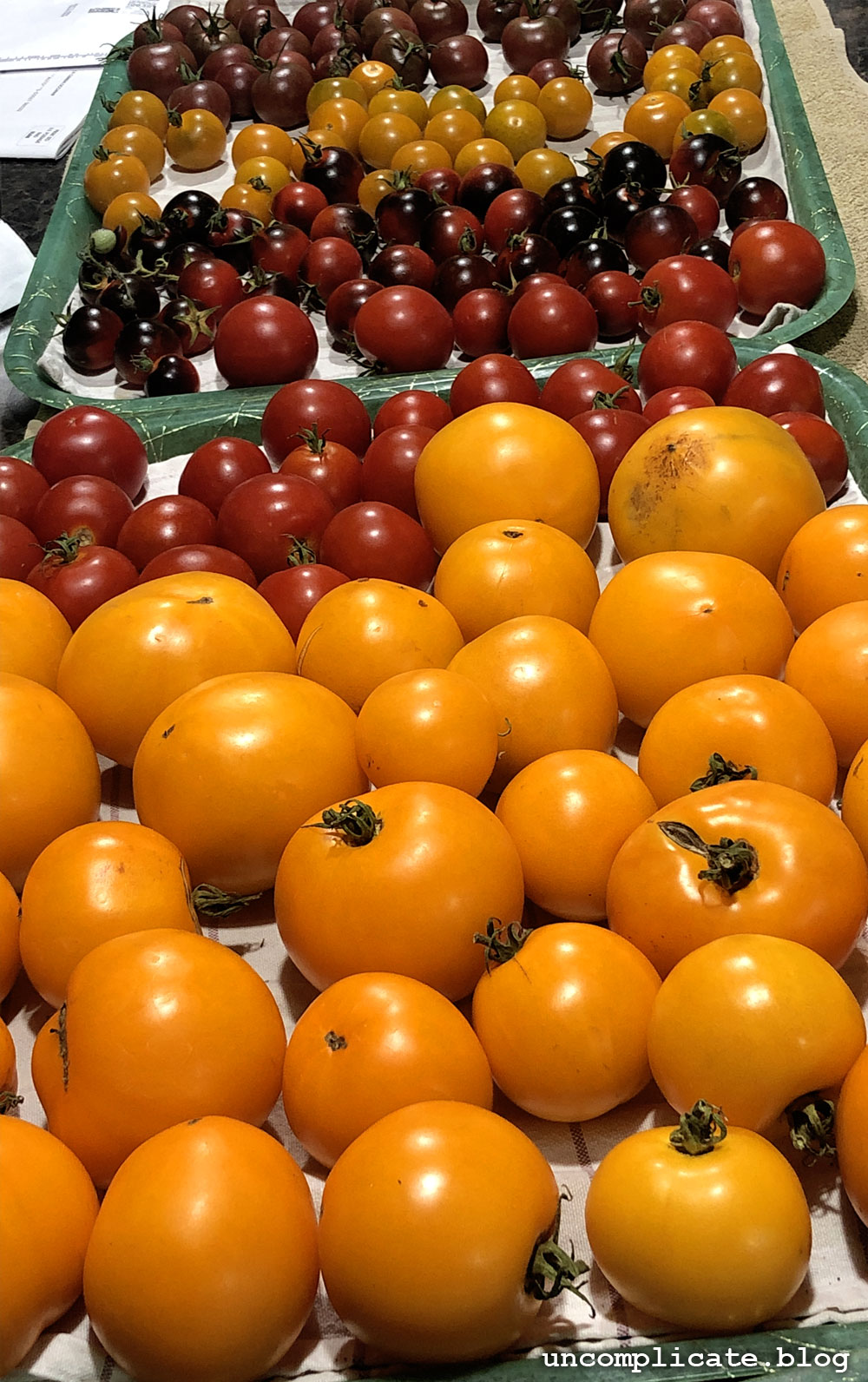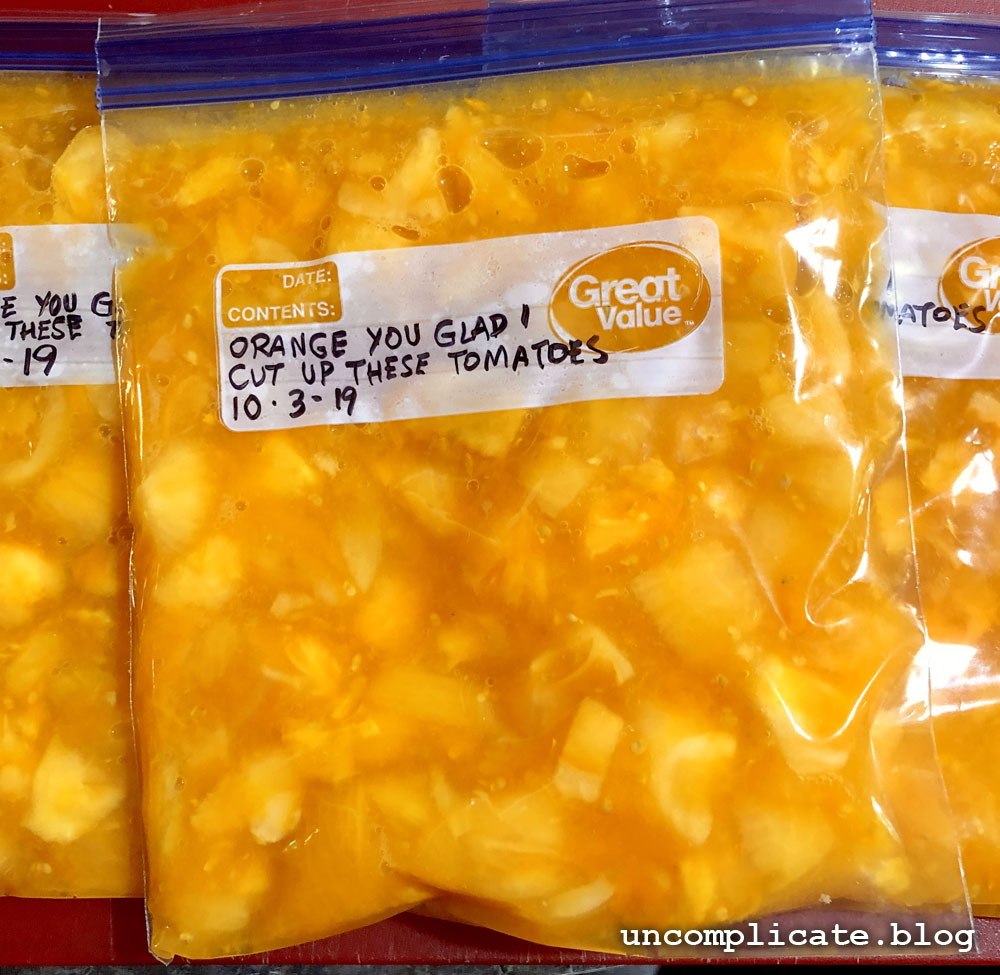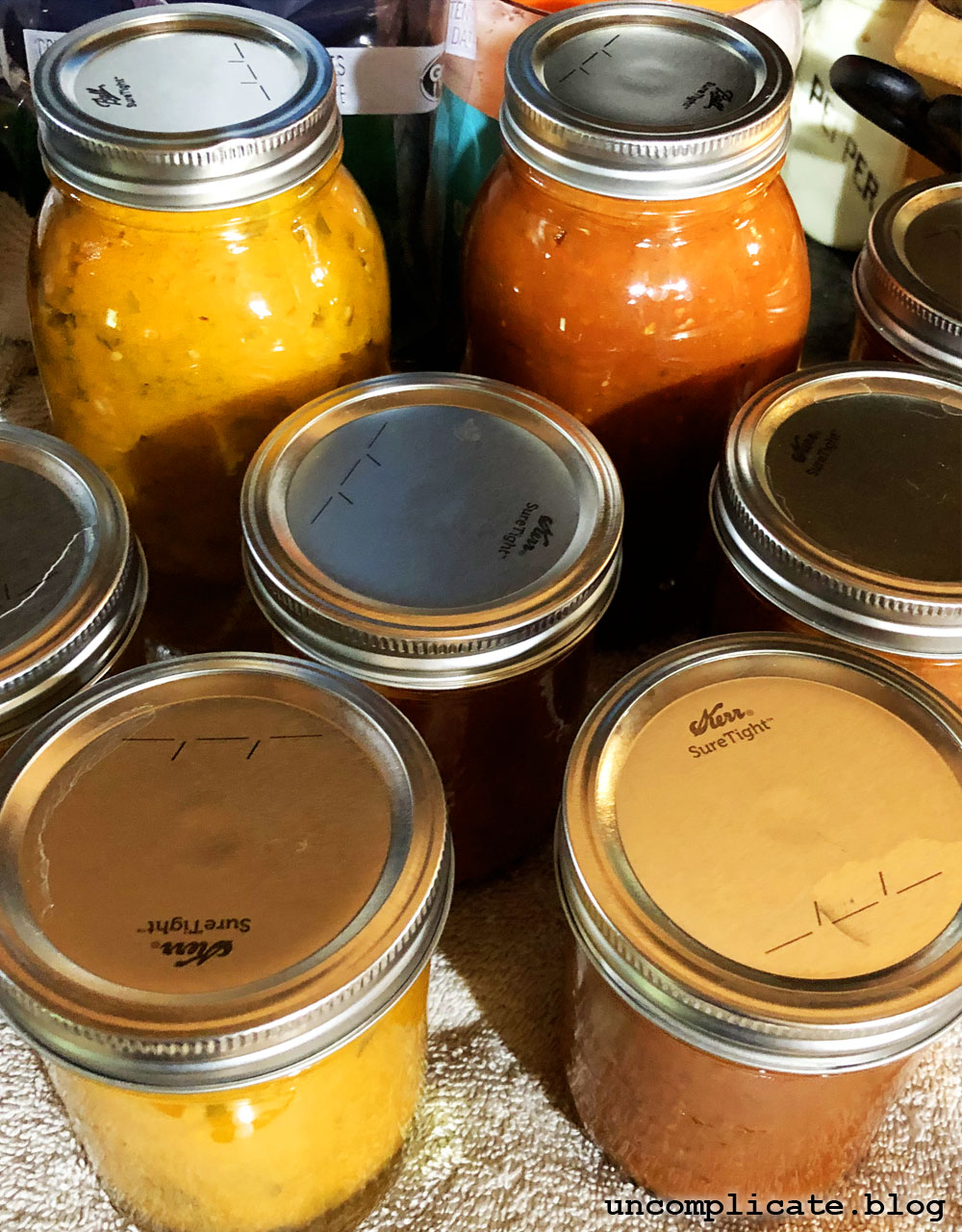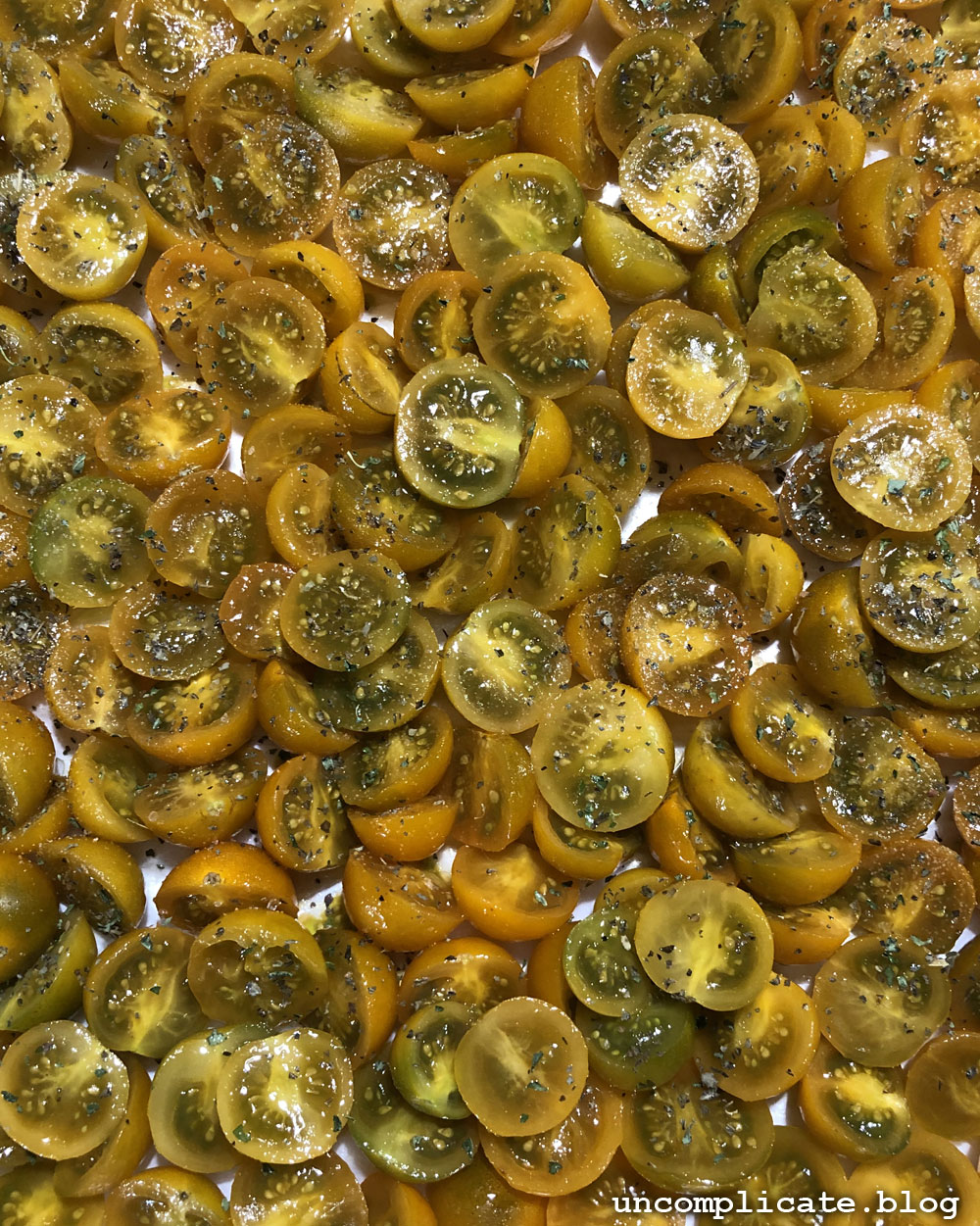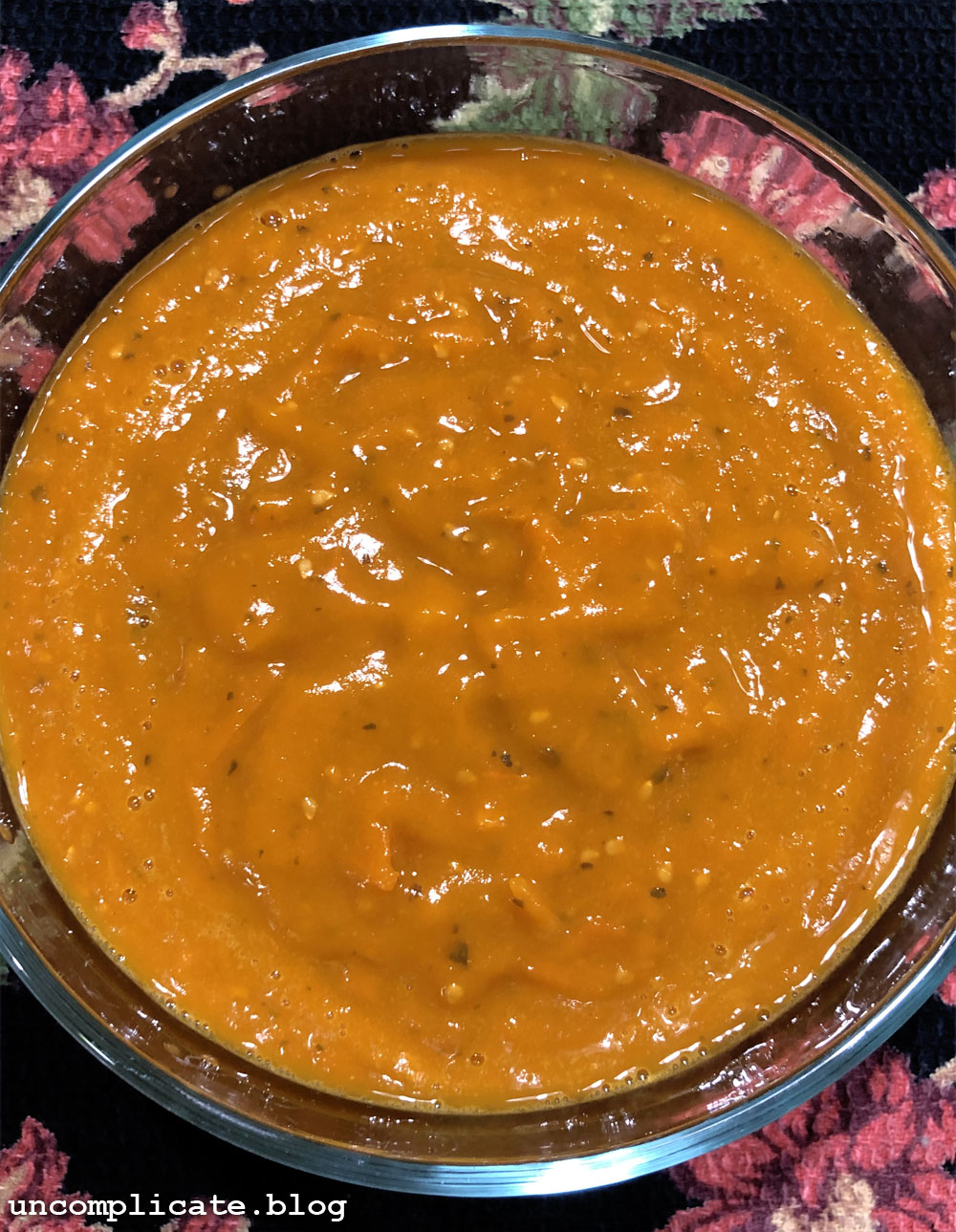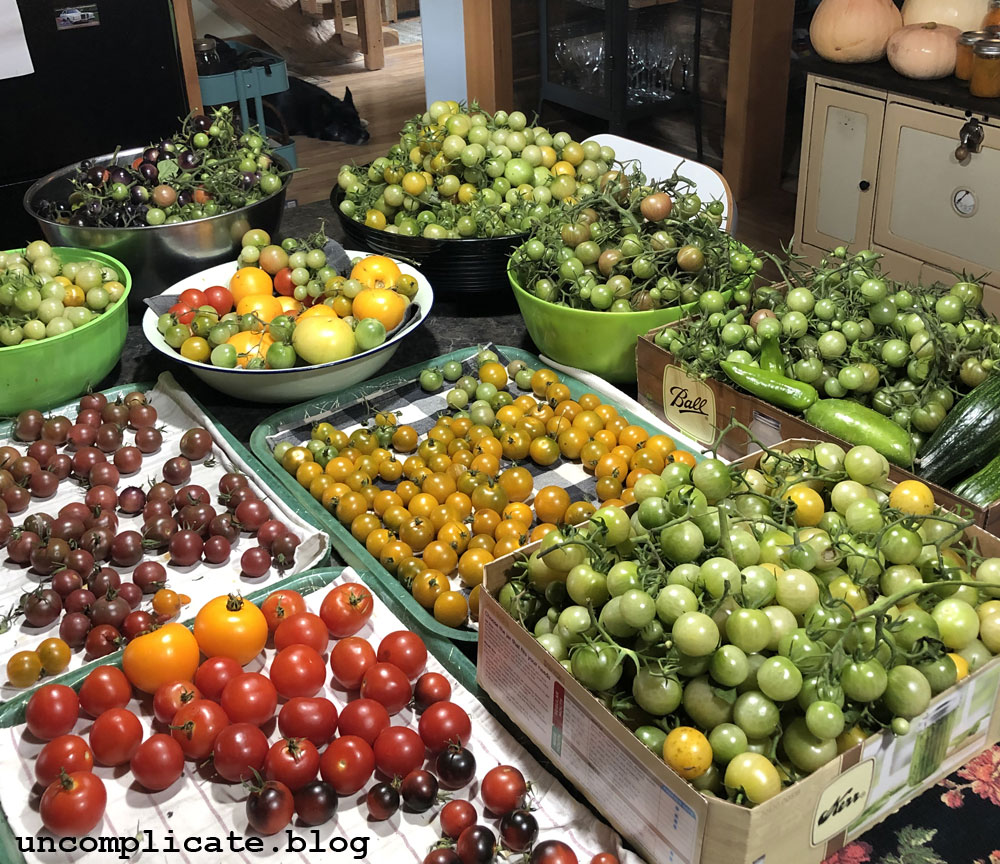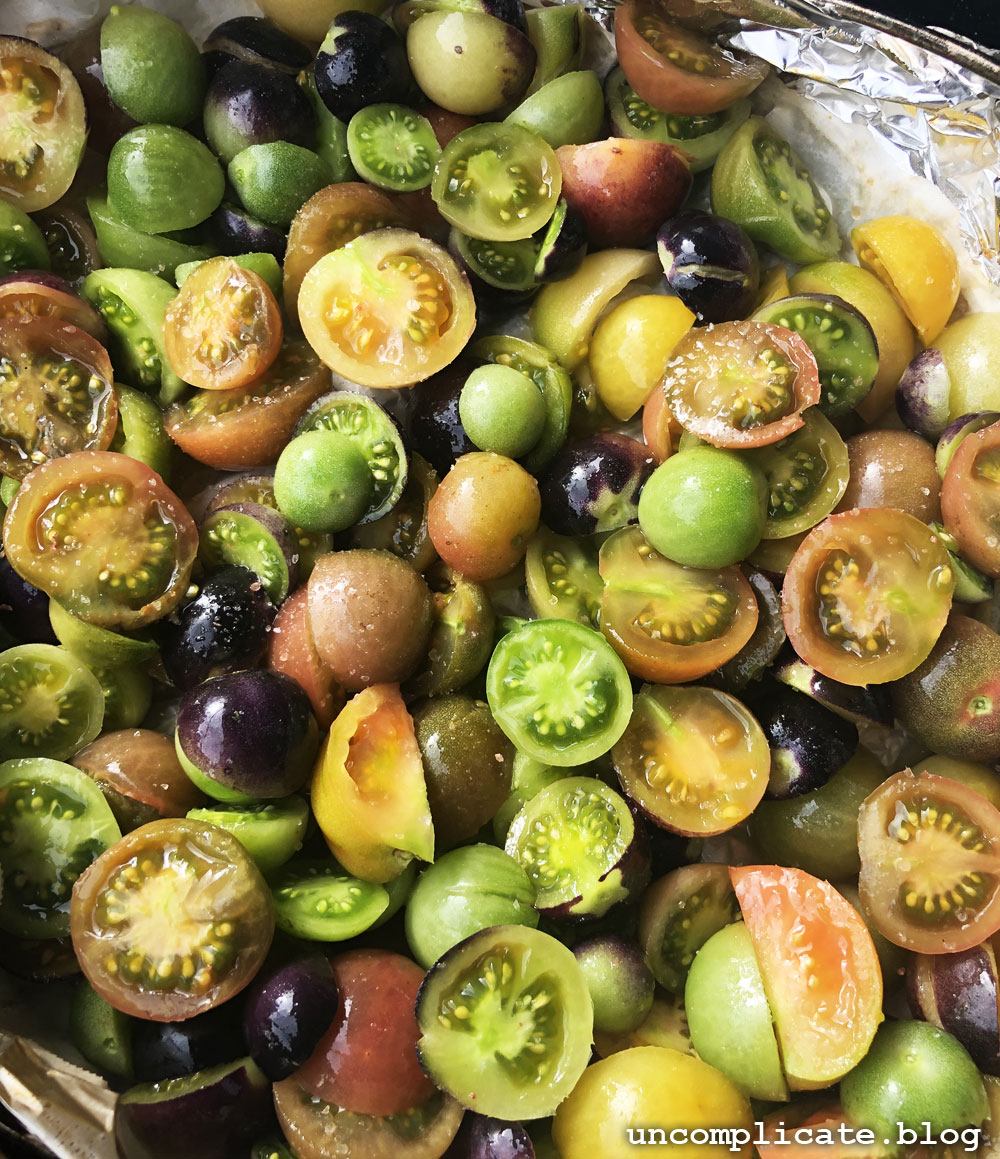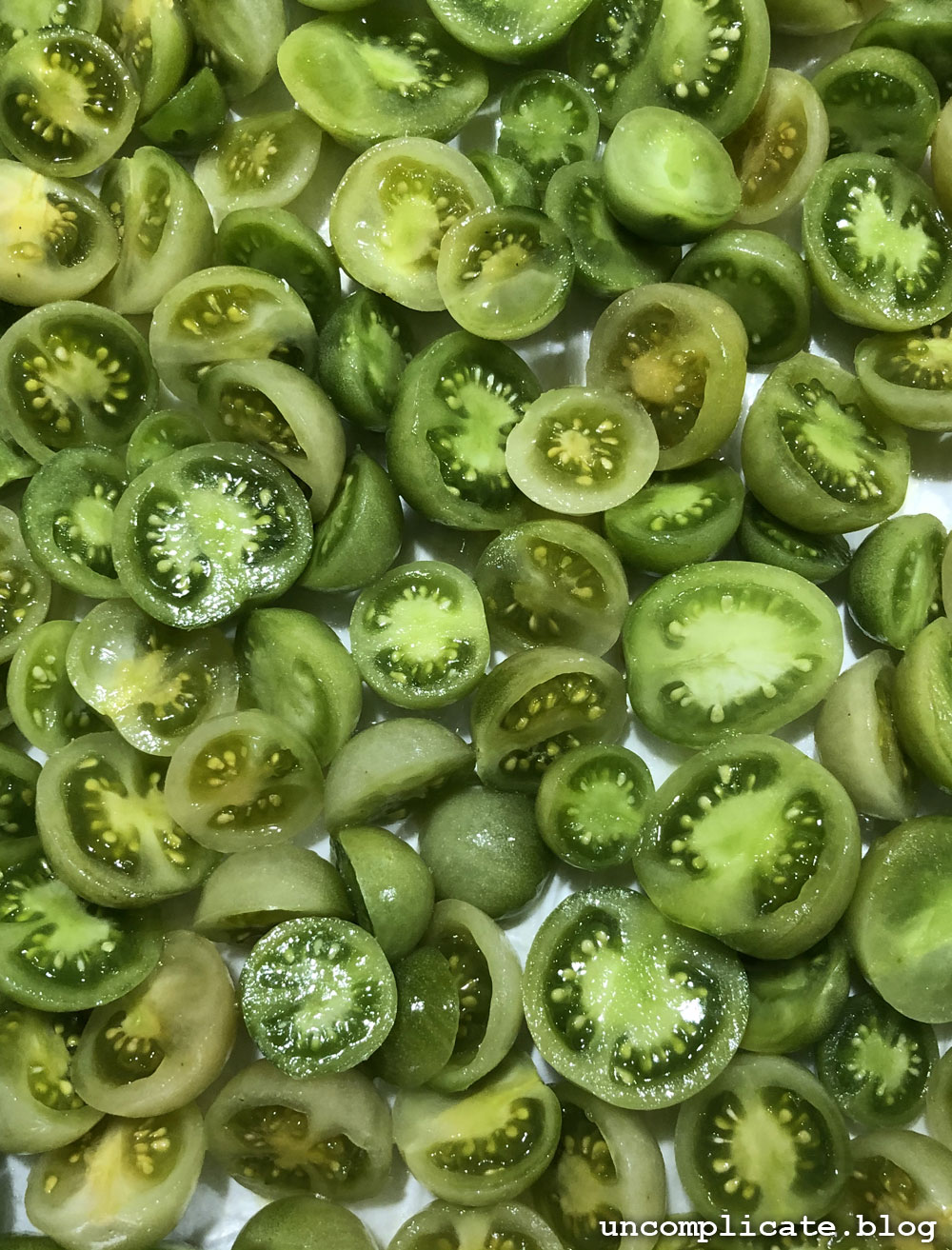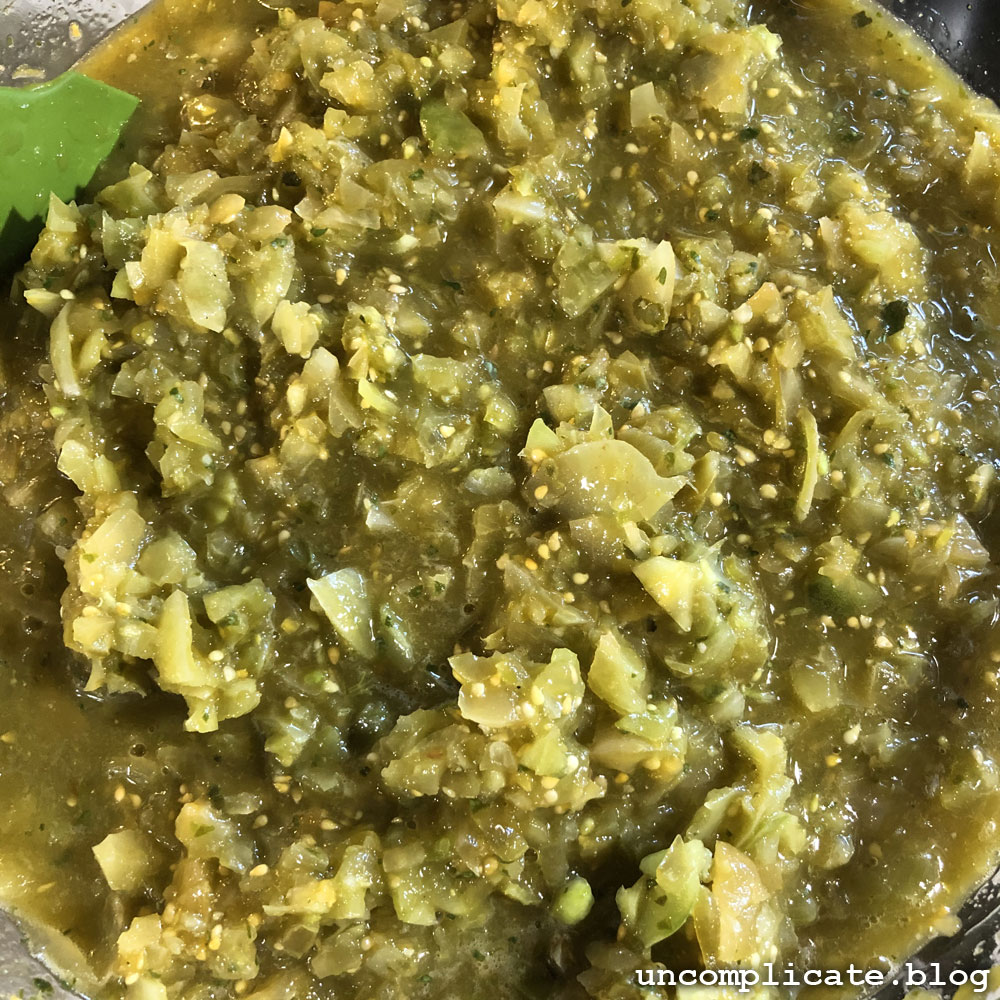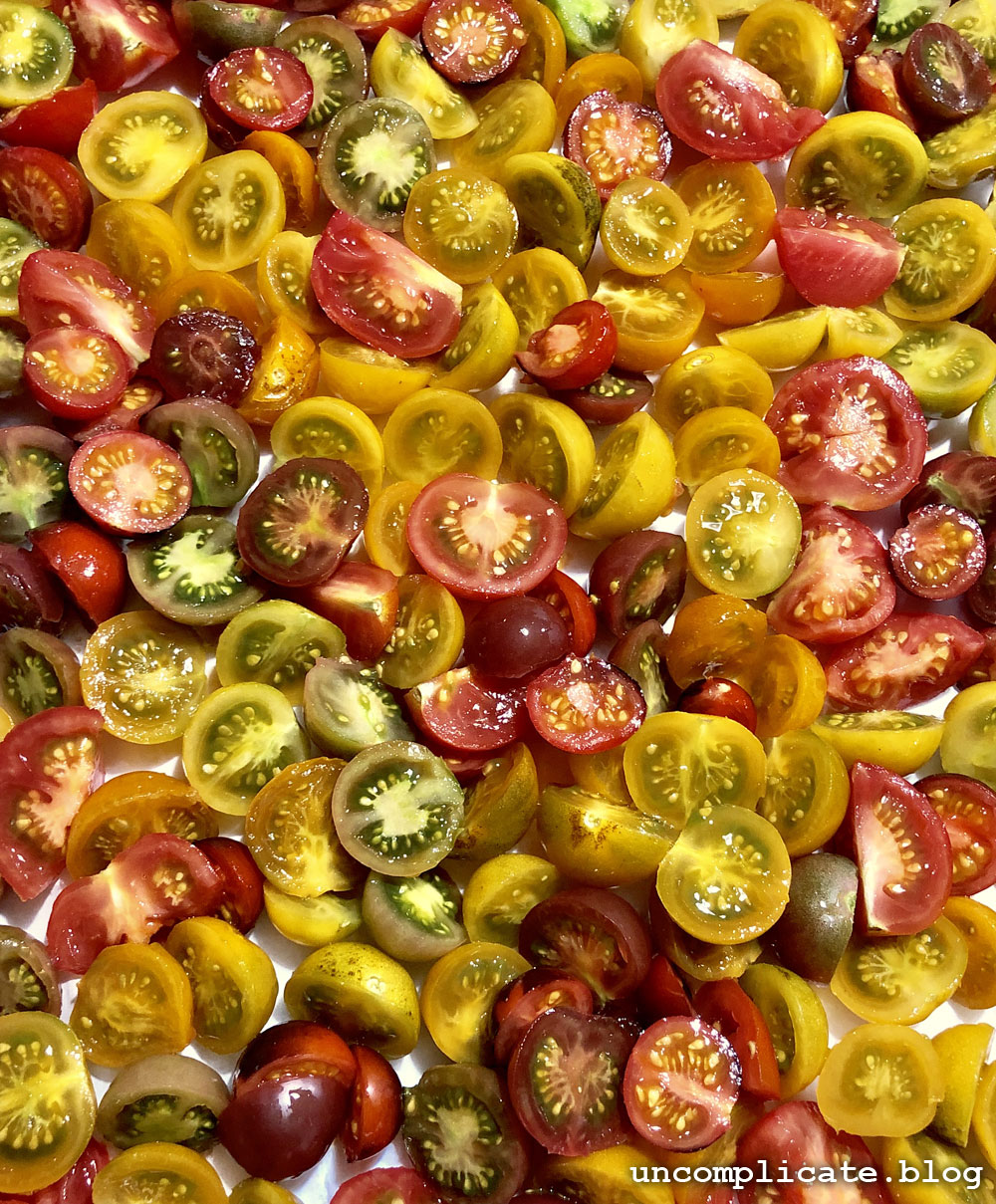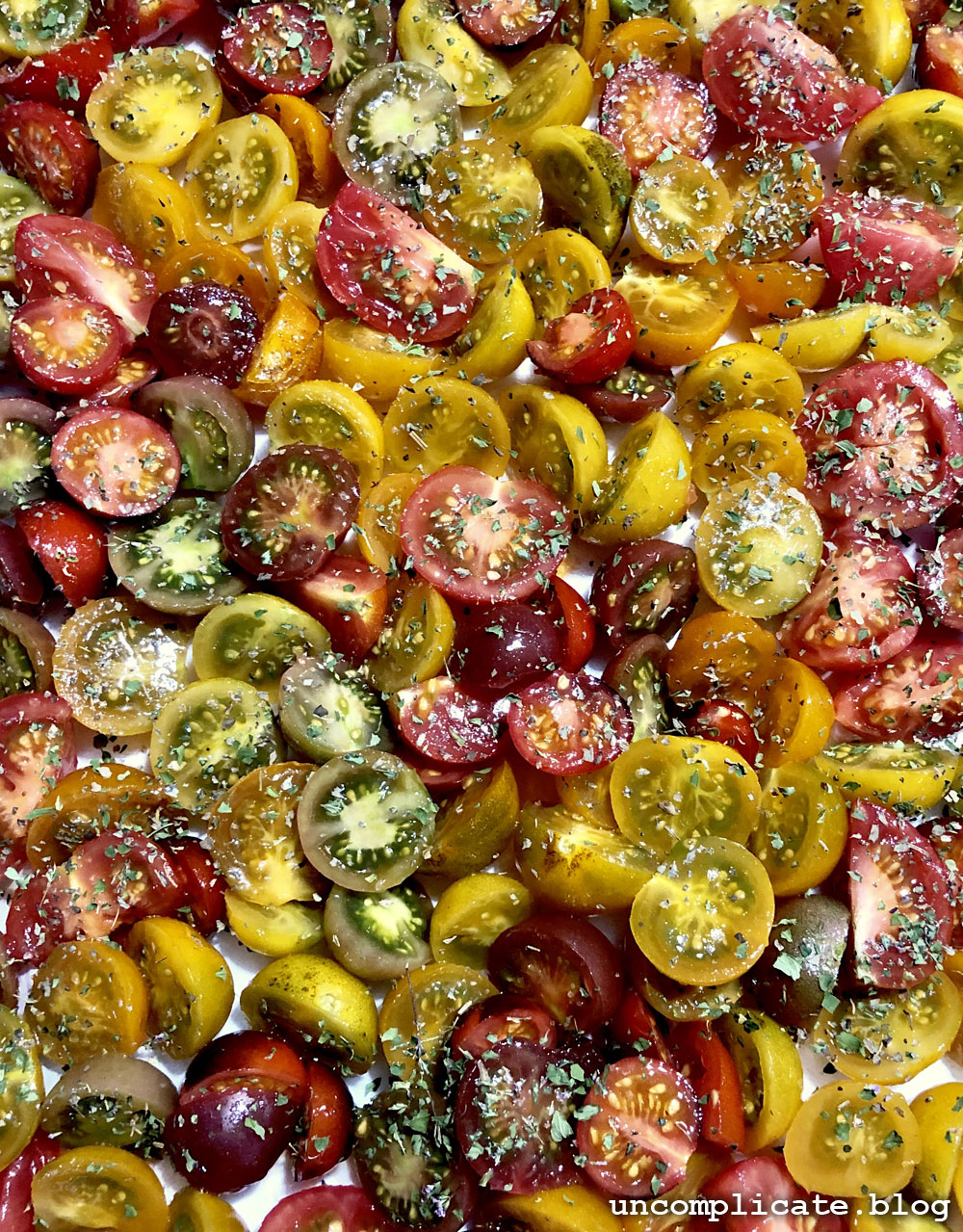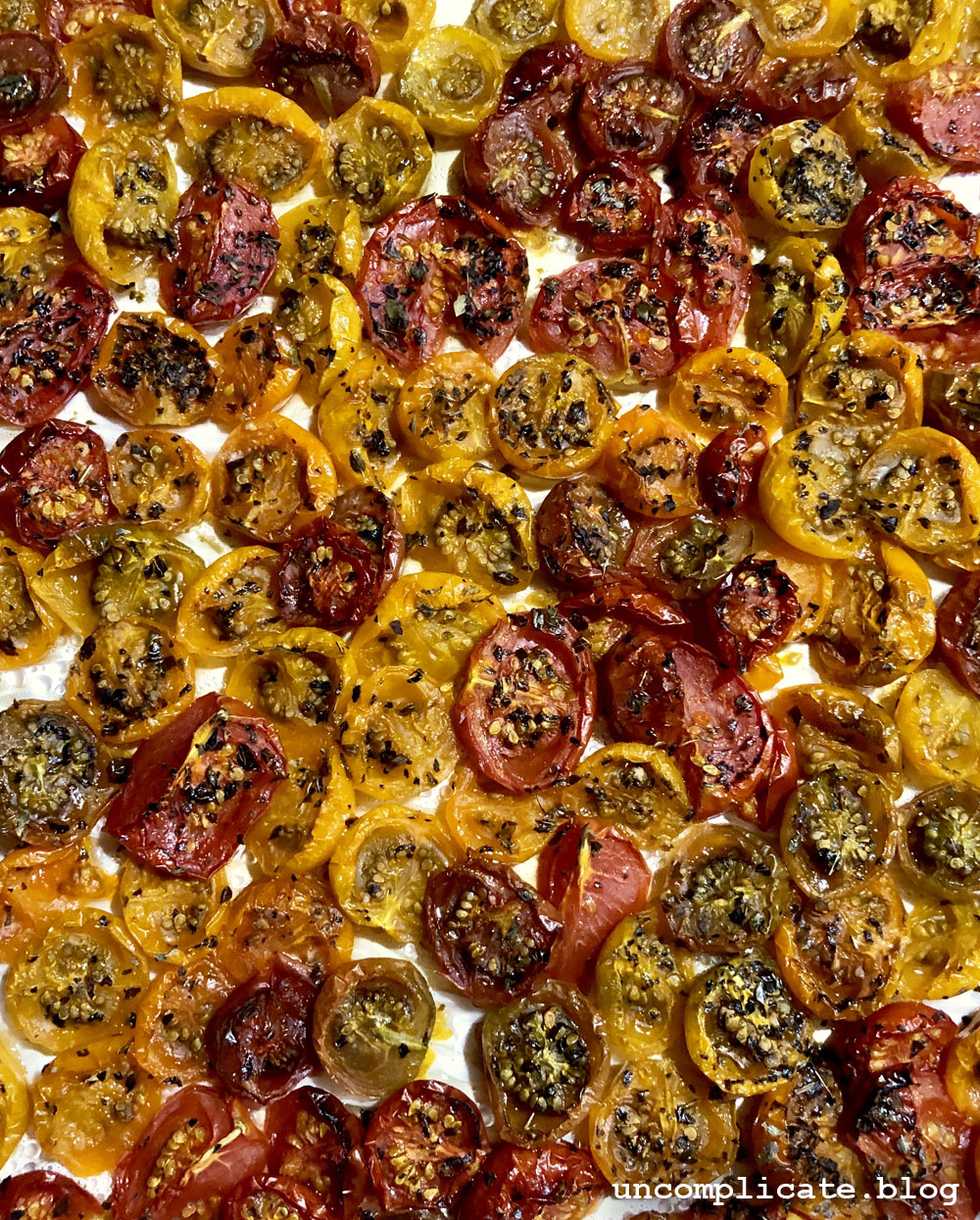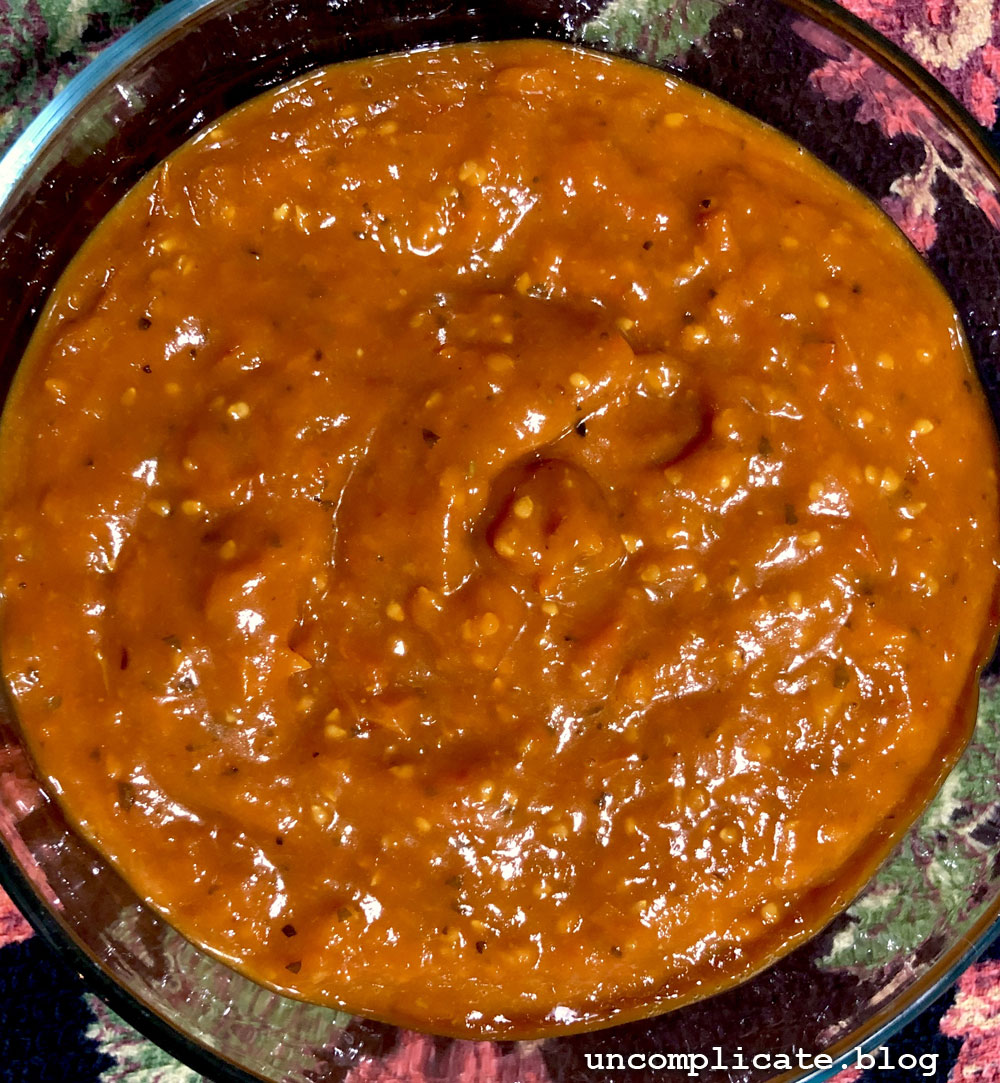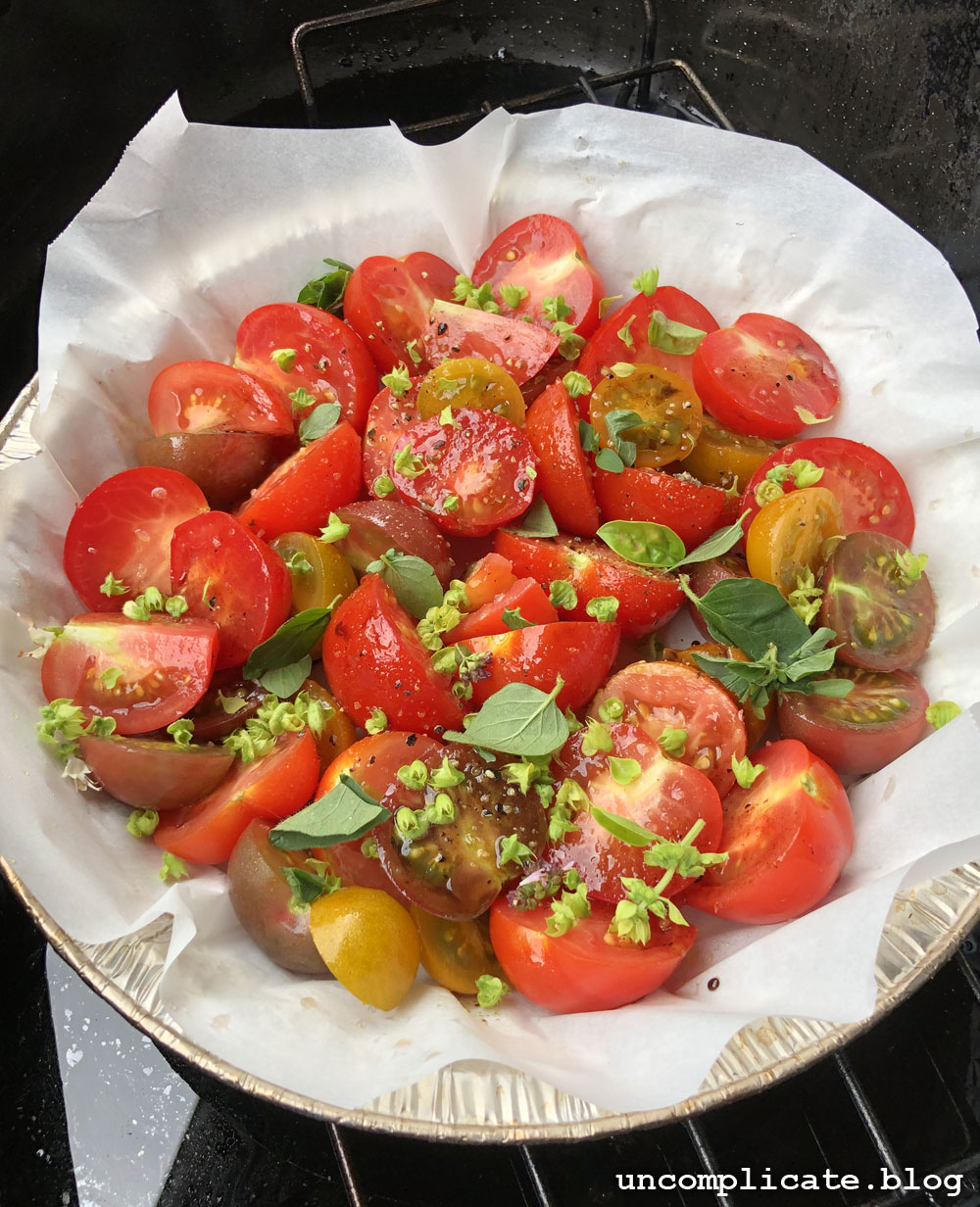Garden Hack: Plastic Tubs as Mini-Greenhouses
This gardening hack is something I started doing way back in my much more complicated life. For 14 years my business year started and ended in May: my Art Licensing contracts pretty much all came from and led to exhibiting at Surtex, an annual tradeshow for the Surface Design industry. My focus and obsession for months leading up to the show was booth displays, handouts, portfolios full of new art. Must. Have. All. The. Art. Springtime, instead of a time for planning and planting my garden like I’d done all those years before, was my annual mad-scramble to finish all the extra last-minute stuff I decided I had to have done. I rarely took days off anyway back in those years, but spring was the worst of all when it came to any kind of self-care or real-life stuff.
All the local annual plant sales as well as prime planting time in my area happened anywhere from 2 weeks before I left to the week I was in NY for the show. After I got home, I’d hit the ground running with show follow-up, sending out samples, and starting newly requested projects. By the time I was ready to come up for air long enough to think about planting my little vegetable garden, most garden centers only had a few sad, dry, leggy starts stuffed into a back corner – if that. I might get plants at a discount this way but my beloved garden had become an afterthought and I hated that.
After way too many years of this I finally decided I needed a compromise and a way to grow what I wanted around my busy work schedule. I started going to my favorite plant sale the first weekend of May with no spare moments to actually do anything but keep the little plants safe and healthy as possible until I got home later in the month. Doing this meant I’d be forced to take a day off as soon as I got back to plant them. An actual day off. This was me taking baby steps toward a healthier less-complicated life – gotta start somewhere, right?
I needed a setup that was simple for me during a stressful & busy time and something my house-sitter could deal with fairly easily the week I was gone, so I bought some clear plastic storage tubs with clear lids to keep them in for those few weeks. The tubs were large enough the seedlings could fit inside with the lid closed to stack in my tiny living room by the front door at night, then move out to the porch during the daytime for fresh air and sunlight. This became an easy way to harden them off slowly to be ready for planting a few weeks later.
Fast-forward what feels like a thousand years to my new life and my bigger garden, where I’m back to starting everything from seed: my plastic tub method has been a great way to manage seedlings until I get a proper greenhouse (someday!).
They’re like mini-greenhouses early in the season, and portable cold-frames when it gets closer to planting time.
When the seeds are first planted, the tubs can get moved around, taking turns between warm windows and the couple heat mats and grow lights I have inside. With the lids closed, it provides a nice humid little space for them to germinate.
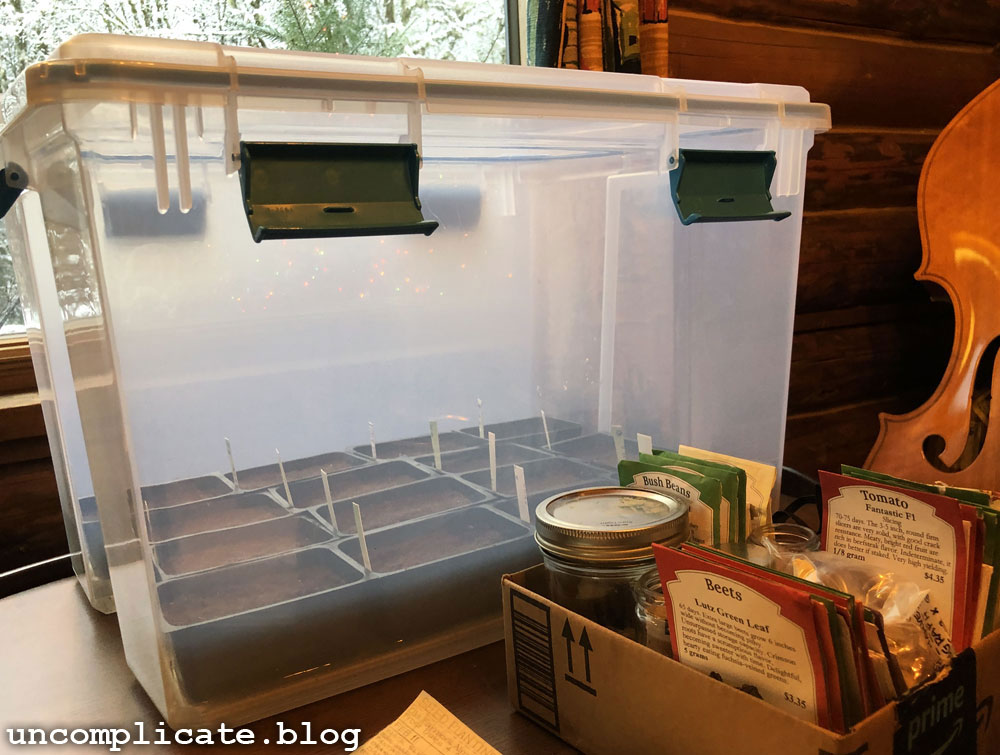
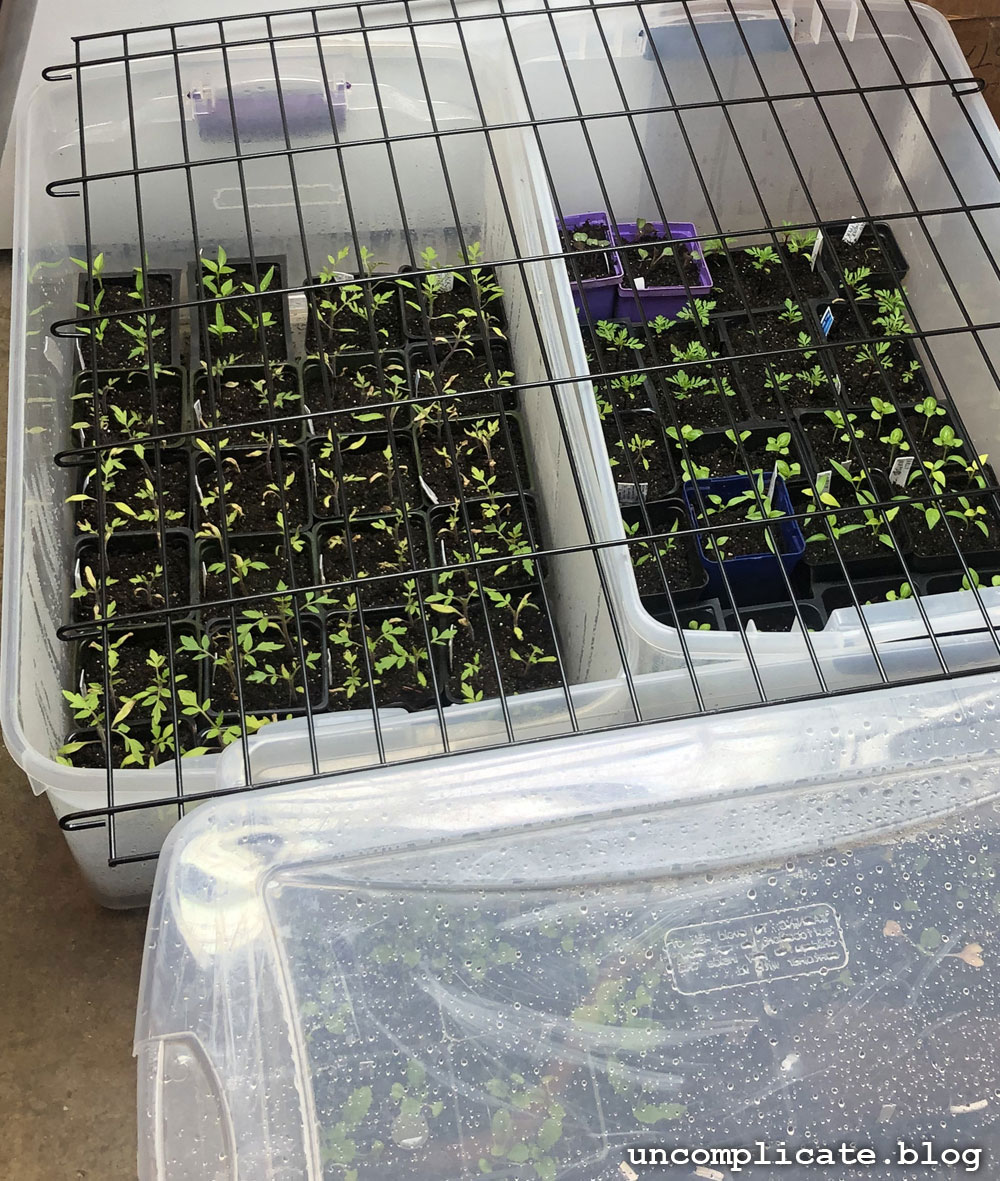
When it starts getting warm enough during the day, I can start transitioning them outside to the patio with the lids on or off depending on weather. Good air flow is important for these tender little babies, but spring weather can be a little harsh: hard rain or direct sunlight on those rare hot early spring days can sometimes be too much, and their leaves may get sunburned. Leaving the lids on, propped up with a stick (or whatever else is handy) works great for protecting them while still letting in sunlight and air.
Then, late in the day while they’re still warm from the afternoon sun, I’ll lid them up and bring them inside for the night, stacking the bins in a safe place until morning. As their final planting day gets closer, I start leaving them out during the day without a lid overhead for protection, and to harden them off to outside temperatures I’ll usually leave them outside for a few nights first with lids on and then without, before planting them in the garden.
When it’s finally time to plant, I can just carry the tubs out to the garden. Easy peasy.
I haven’t done this yet, but turning a tub upside down over tender direct-seeded starts could provide extra early-season protection from cold, or even emergency-coverage in hard rain or hail. Clear plastic tubs for the win, right?
Someday I’ll have a real greenhouse, but until then, my plastic tub method has been an excellent way to keep my babies safe and healthy from the time the seeds are planted until they’re moved into their beds.

